It's a funny sight the first time you see it—your bunny tearing into a cardboard box like it's a gourmet snack. But after a while, it stops being cute and starts being concerning. Whether it's an Amazon box or the edge of a cereal container, your rabbit has found a new chew toy, and it happens to be made of processed paper and glue. So what's the deal?
Click Here For a Guide to Understanding Your Rabbits Diet.

While rabbits are natural chewers, some things—like cardboard—shouldn't be a major part of their daily diet. If you've already stocked up on quality hay but your rabbit still prefers cardboard, it's time to take a closer look. Preventing cardboard chewing starts with understanding why they do it in the first place and what you can do to redirect that behavior.
Why Rabbits Chew in the First Place
Rabbits don't chew just for fun. They have biological needs that drive this behavior. The most important one? Their teeth never stop growing. In the wild, rabbits gnaw on rough plants and bark to keep them worn down. In your home, they'll try to satisfy that same urge with whatever they can find—cardboard included.
Chewing also helps with stress relief. A bored rabbit is much more likely to start nibbling on things it shouldn't. The act gives them something to do and offers comfort. It's not much different than a kid chewing on a pencil during a test. Comfort, anxiety, or just needing to do something with their mouths—chewing fits the bill.
That's why preventing cardboard chewing is less about saying "no" and more about offering better alternatives.

Preventing Cardboard Chewing Through Better Diet and Enrichment
One of the biggest reasons rabbits chew on cardboard is because they don't have enough hay available—or it's not fresh or appealing. If your rabbit is bypassing their food to gnaw on a box flap, something might be off with their daily diet.
First, hay should be the foundation. At least 80% of a rabbit's diet should be high-fiber grass hay such as Timothy Hay, Orchard Grass, or Mountain Grass.
Hay helps grind down teeth, keeps their gut moving properly, and satisfies their instinct to forage. They should be consuming about their body size in hay every day.
Make sure it's fresh, sweet-smelling, and always available. If your rabbit has to go looking for hay, they'll find cardboard instead.
You can even use your rabbit's natural habits to your advantage. Many bunnies enjoy munching while doing their business, so try placing hay in their litter box. This also encourages them to stay engaged with the right kind of chewing and eating activity.
If you're not sure what hay to choose, Rabbit Hole Hay has a full breakdown in our Hay is for Rabbits guide. You'll learn how to pick the right type based on your bunny's age, health, and preferences.
Is It Really Dangerous If My Rabbit Eats Cardboard?
Here's the good news: a little cardboard now and then won't hurt most rabbits. It's not ideal, but it's not an emergency either. Cardboard is made of plant fibers, so it usually passes through their digestive tract without much trouble—as long as it's clean, ink-free, and free of adhesives or tape.
Problems show up when they eat too much. If they fill up on cardboard, they're not eating enough fiber-rich hay. And without enough fiber, your rabbit is at risk of digestive issues like GI stasis—a condition that can quickly become life-threatening.
If your rabbit is munching on cardboard instead of hay, that's a red flag. They're not just playing. They're eating the wrong thing. That's why taking steps toward preventing cardboard chewing matters for more than just your furniture or packaging materials—it protects your rabbit's health.
Alternatives That Actually Work for Preventing Cardboard Chewing
If your rabbit loves cardboard, the best way to shift their attention is to give them something better—and more satisfying—to chew. Here are a few things that actually work:
Apple sticks or willow twigs: These satisfy the need to chew and help with dental health.
Timothy hay cubes: These are denser than loose hay and offer a tougher chew.
Seagrass mats or loofah toys: Natural chew-safe materials rabbits love to shred.
Hay-stuffed toys or cardboard rolls (safely cleaned): If you're going to use cardboard, make it a controlled activity. Remove any tape, glue, or ink. Then stuff it with hay to redirect the behavior.
Even puzzle toys filled with hay or treats can make a huge difference. These stimulate their brain and give them a healthy outlet for their energy. A mentally engaged bunny is less likely to destroy your boxes or furniture.
Check out this list of toys rabbits actually enjoy, recommended by rabbit veterinarians and enrichment experts.
How Environment Plays a Role in Cardboard Chewing
Your rabbit's space can either help or hurt your efforts. A dull, unstimulating environment almost guarantees they'll turn to chewing as a way to cope. Look at their daily surroundings:
Is there enough room to hop, stretch, and explore?
Do they have access to tunnels, boxes (for playing—not eating), and hideaways?
Are there places for them to chew where it's safe?
Making your rabbit's area interesting is key. Rotate toys weekly to keep their curiosity going. Add new textures and shapes. Even switching up where the hay is placed can make things feel new and worth checking out.
Need more ideas on how to set up your rabbit's environment? Our post on the best rabbit habitat setup is filled with practical suggestions and creative ideas for both new and experienced rabbit parents.
When to Be Concerned About Chewing Behavior
Occasional cardboard chewing isn't alarming. But here are some signs that mean you need to intervene more aggressively:
Your rabbit is eating more cardboard than hay
You notice weight loss, smaller or fewer droppings, or a decrease in activity
They seem agitated or frustrated when you try to redirect their chewing
These behaviors can point to a larger issue—either with diet, boredom, or even pain. In some cases, excessive chewing is your rabbit's way of telling you they're uncomfortable or something's not right. Never hesitate to call your vet if something feels off.
You can also reference this article from House Rabbit Society about rabbit dietary needs and behaviors for more detailed insights.
Training Techniques That Support Preventing Cardboard Chewing
Rabbits may not respond to training in the same way dogs do, but they can absolutely learn boundaries. Positive reinforcement is the best way to shape their behavior. If you catch your bunny chewing cardboard, don't shout or scare them. That can backfire and increase stress-driven chewing.
Instead, gently remove them from the cardboard and offer a chew-safe toy or hay treat. The key is consistency. Every time you redirect them, you're reinforcing the idea that chewing hay-based items = good, and cardboard = not worth the trouble.
Try to reward your rabbit when they choose the hay cube, apple stick, or loofah instead of the box. A tiny piece of banana or apple (used sparingly!) can help reinforce the right choice. Over time, your rabbit will start to associate the preferred behavior with positive outcomes.
Understanding Rabbit Body Language and Boredom Cues
One of the most overlooked causes of cardboard destruction is boredom. Rabbits are smart. If they aren't challenged, entertained, or given variety, they'll make their own fun—and your cardboard stash becomes the first casualty.
Watch for these signs of rabbit boredom:
Digging excessively in one area
Chewing furniture, cage bars, or baseboards
Repeatedly flipping over dishes or tossing toys out of reach
These are signs that your bunny needs more mental engagement. Add new textures like untreated pine blocks or hay balls. Let them explore outside their enclosure daily. If safe, a supervised free-roam session gives them a chance to stretch, sniff, and discover something new.
Enrichment isn't a luxury—it's necessary to prevent destructive habits from forming in the first place. You can learn more about reading rabbit body language from this comprehensive guide.
Chewing is Normal—But Focus It in the Right Direction
It's easy to forget that chewing is essential for your rabbit. The goal isn't to stop the behavior altogether but to steer it in the right direction. Rabbits aren't trying to be naughty—they're trying to survive in the only way they know how.
So the trick to preventing cardboard chewing is to give them better, more interesting options to chew. This satisfies their instinct and keeps their body healthy without risking impaction or poor digestion.
When You Can Use Cardboard Safely
If you've tried everything and your rabbit still seems obsessed with cardboard, you can work with it—safely. Clean cardboard that's free from dyes, glue, tape, or staples can be used as a play object. Stuff it with hay or treats, and turn it into a puzzle toy.
DIY digging boxes with shredded paper or hay can also work wonders. The goal is to control the environment and how much cardboard is actually being consumed. This way, your bunny gets the joy of shredding without the danger of eating too much of it.
If you want to get creative, check out these fun DIY rabbit enrichment ideas from Burgess Pet Care.
Top Tips for Preventing Cardboard Chewing
Let's tie it all together with a quick list of actionable ways to help your rabbit move past cardboard obsession:
Offer a diet rich in fresh, high-fiber grass hay.
Place hay in multiple locations—especially their litter box.
Provide chew-safe toys made of natural materials.
Use positive reinforcement to redirect chewing habits.
Keep their environment stimulating with new textures and layouts.
Limit access to cardboard or use it only as a supervised enrichment tool.
Each of these steps builds a more enriching and health-focused lifestyle for your rabbit. And when your bunny's needs are met, chewing becomes a form of play—not a warning sign.
Recap: Preventing Cardboard Chewing Can Be Simple and Safe
Cardboard chewing isn't about being mischievous—it's your rabbit trying to satisfy a natural instinct. While some cardboard is okay in small amounts, it should never replace fresh hay, enriching toys, or proper nutrition. By staying one step ahead and tuning into their needs, you can keep your rabbit happily chewing where it counts.
Want to learn more about how to redirect chewing behaviors (especially if they've moved on from cardboard to your baseboards)? We've got a blog on that too.
And remember—every bunny is different. Try a variety of hays, toys, and schedules to see what your rabbit responds to best. The more you tune in, the easier it gets.
Key Takeaways
Preventing cardboard chewing starts with providing the proper diet—80% of it should be quality grass hay.
Offer chew-safe toys and rotate enrichment items regularly to avoid boredom.
Use positive reinforcement when redirecting chewing behaviors toward safer alternatives.

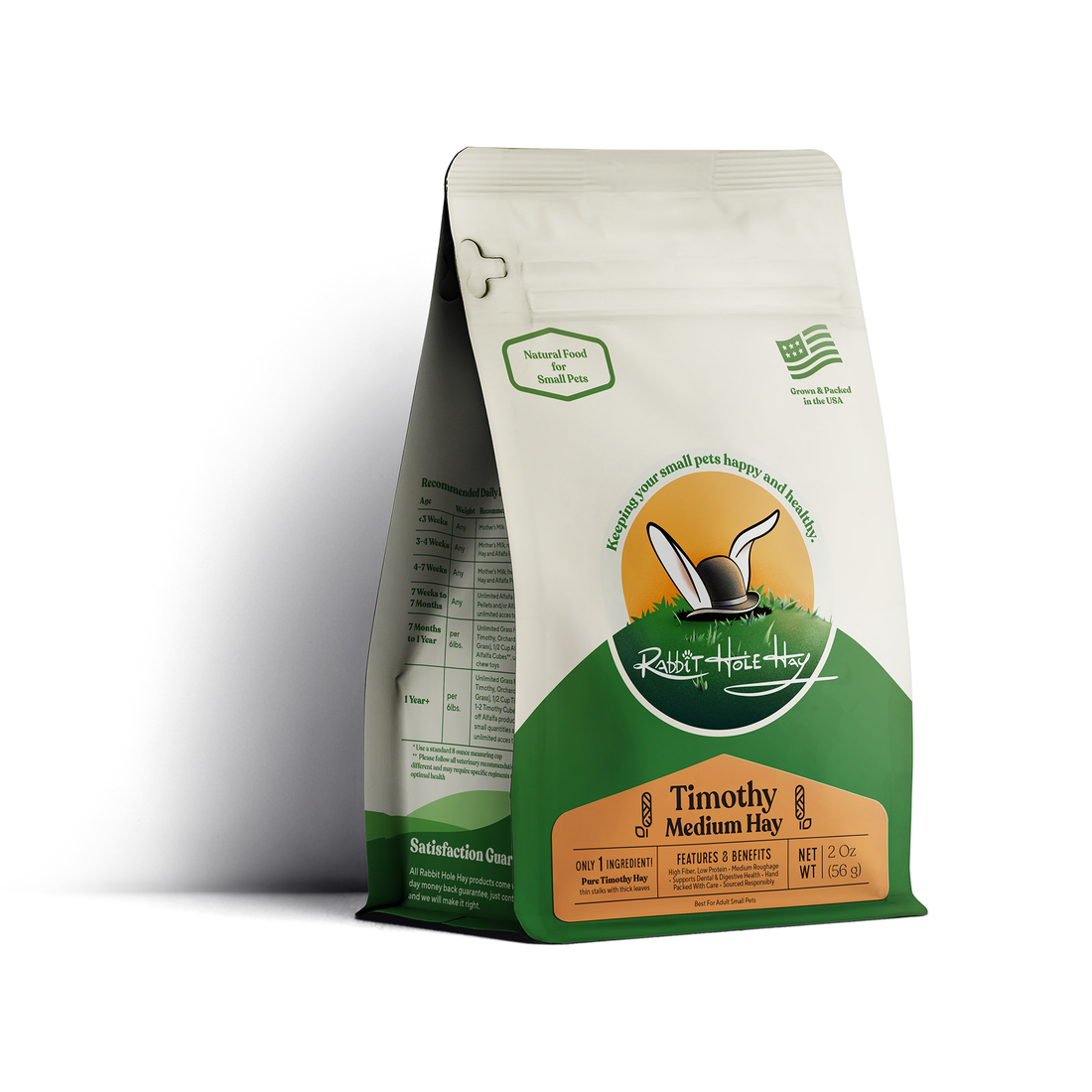
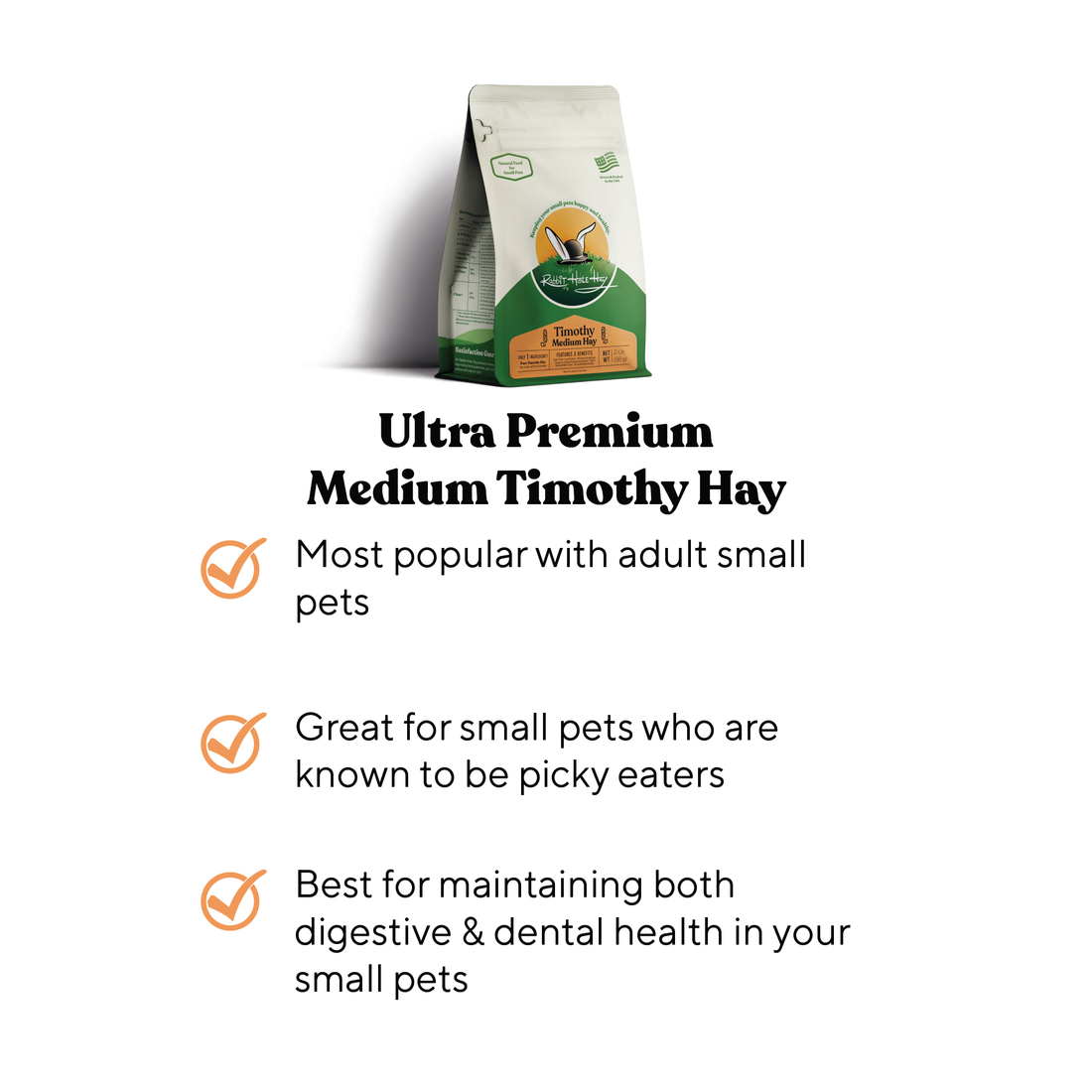
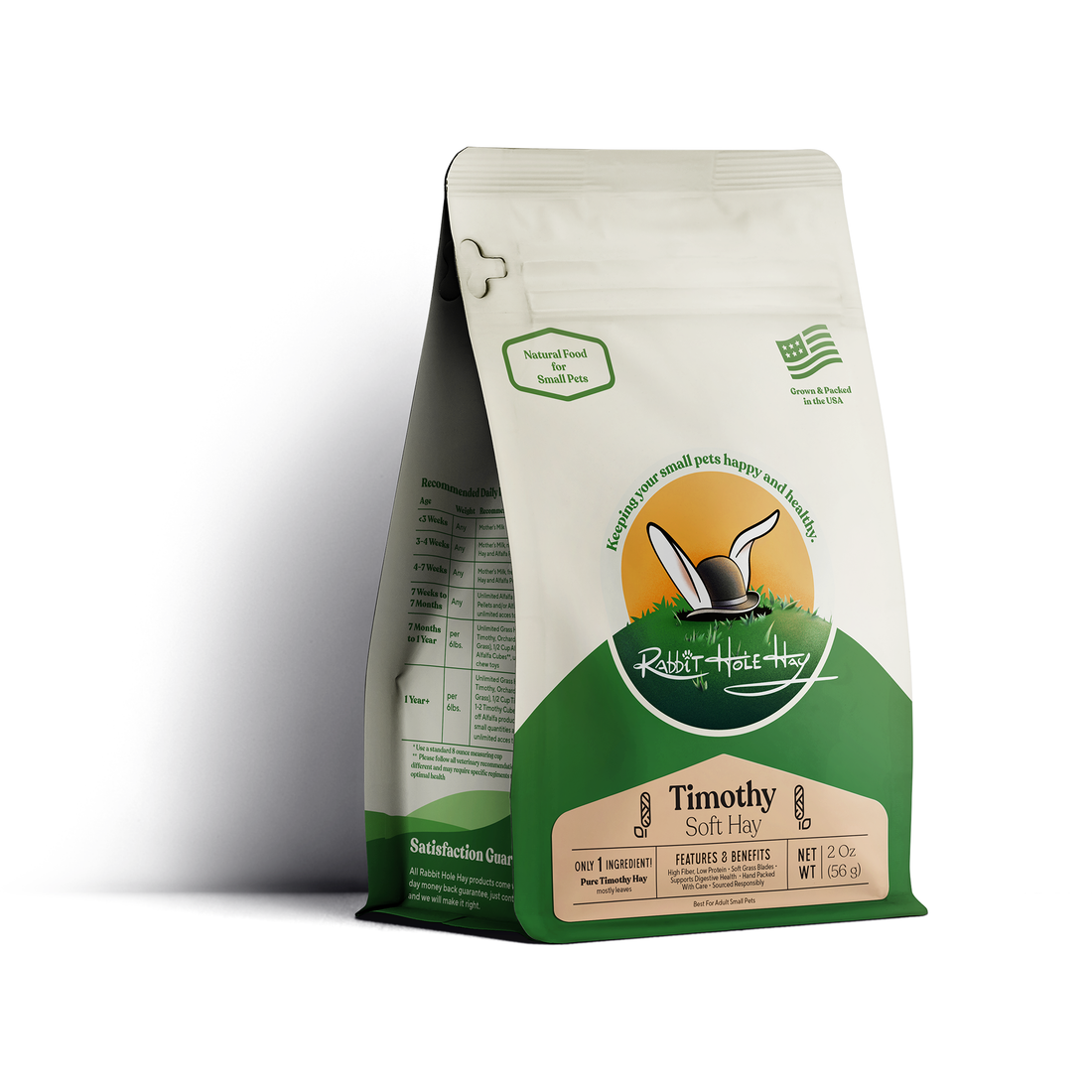
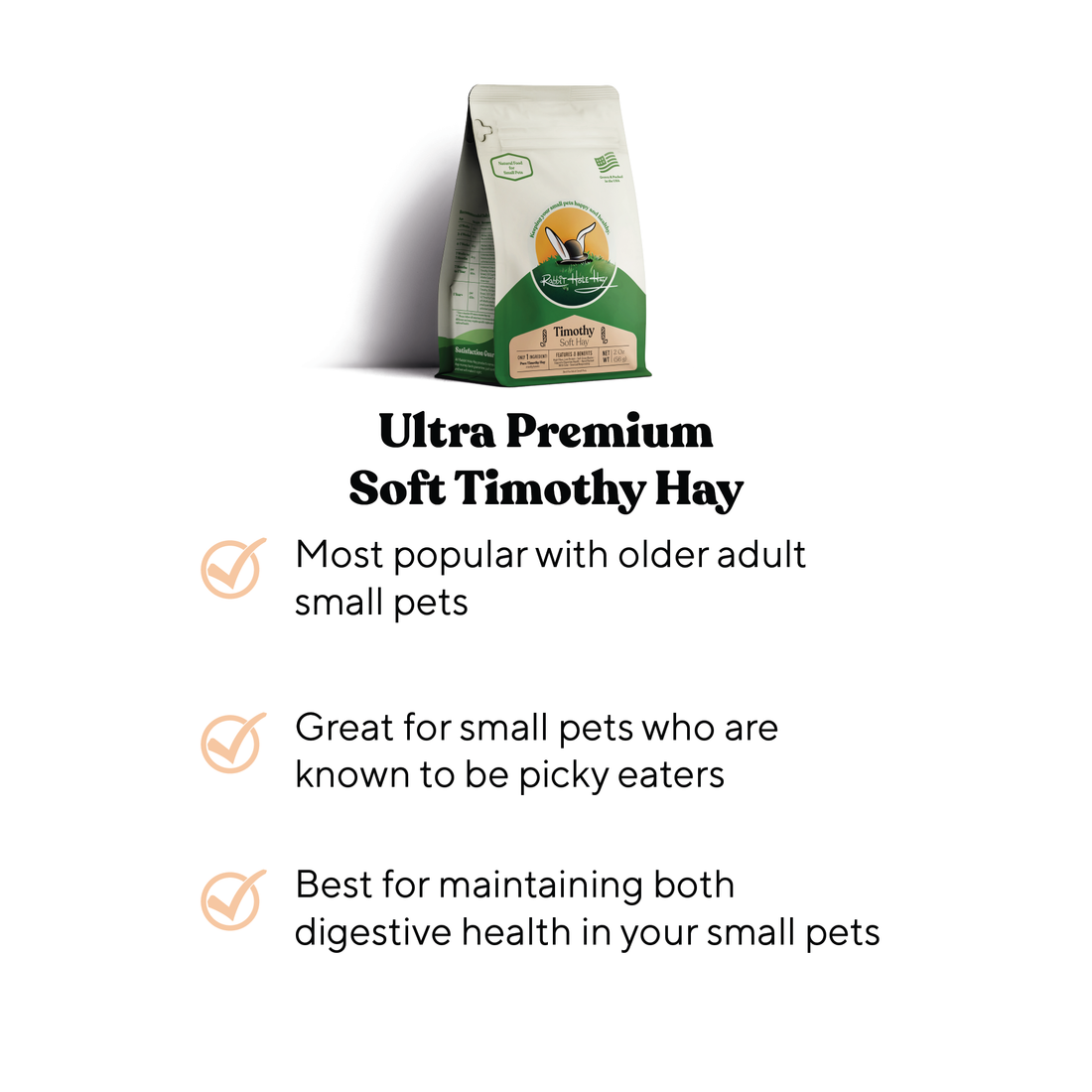
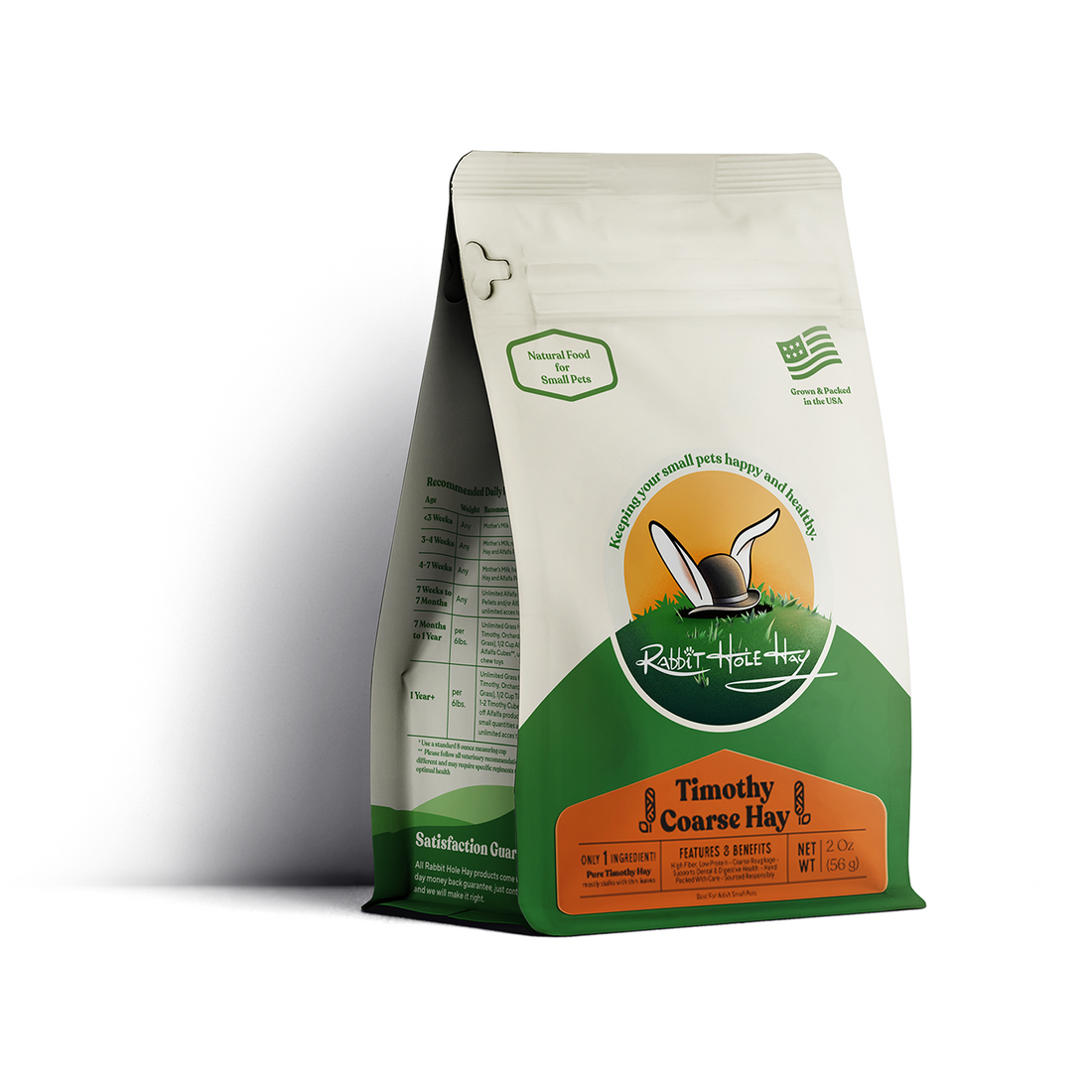
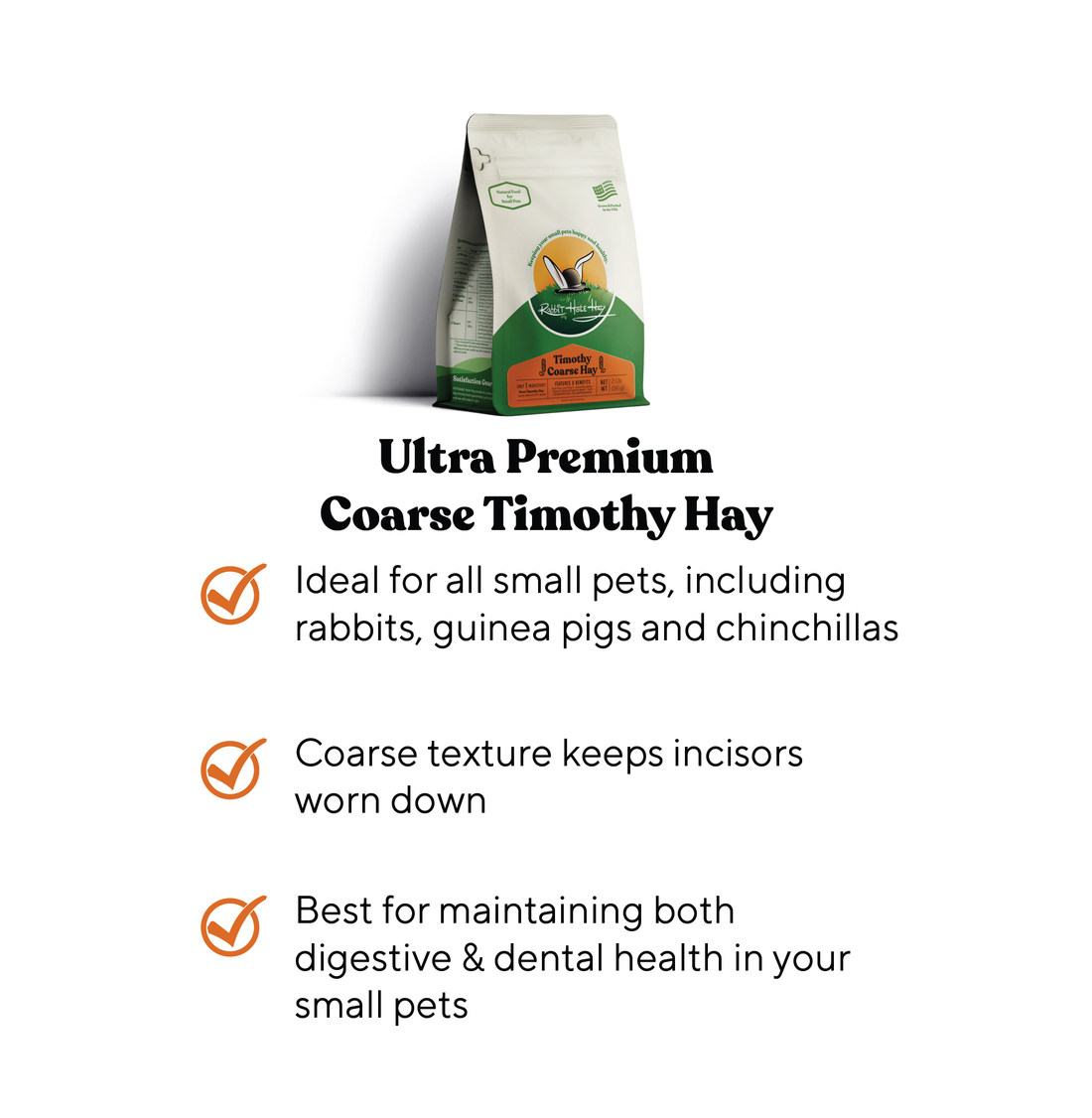
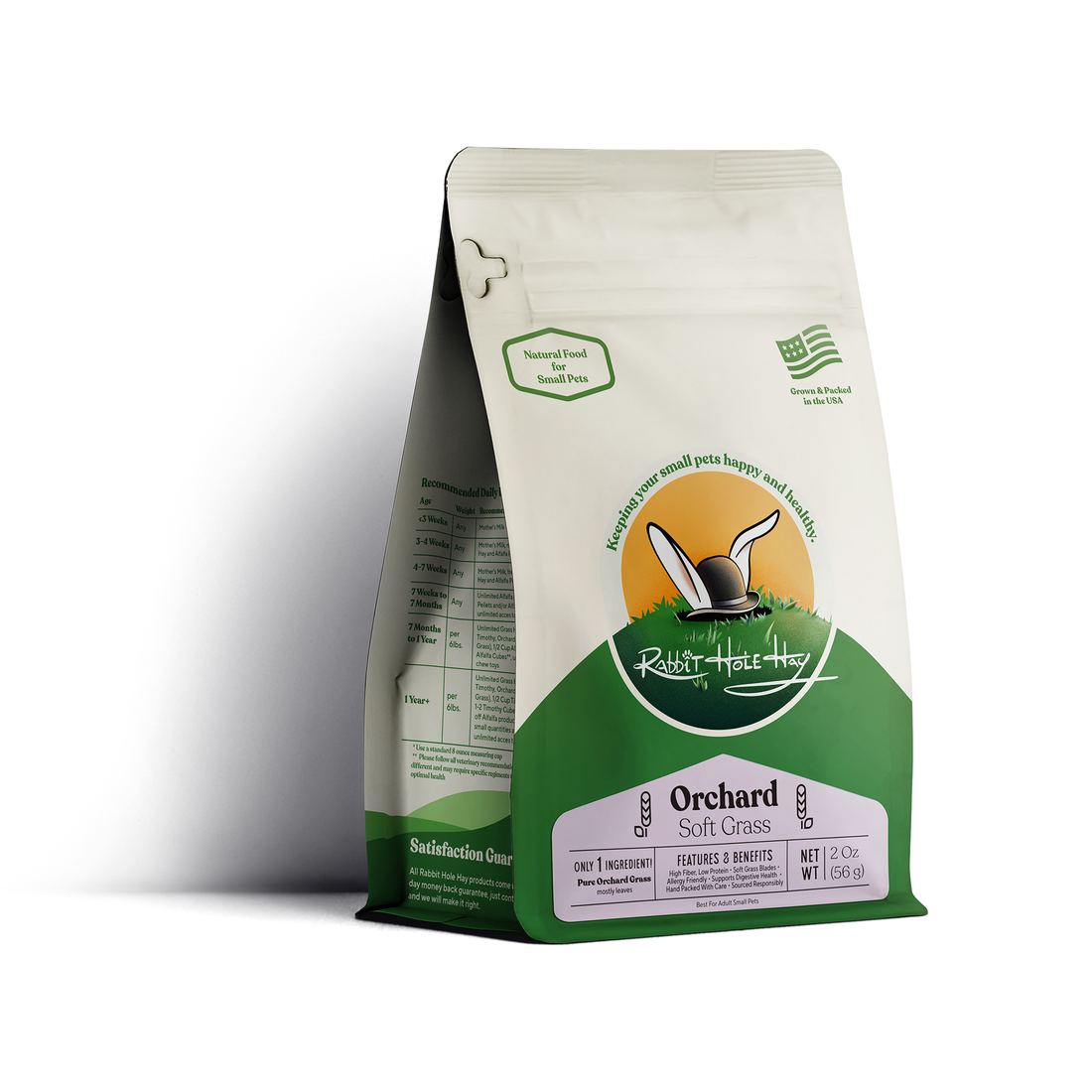
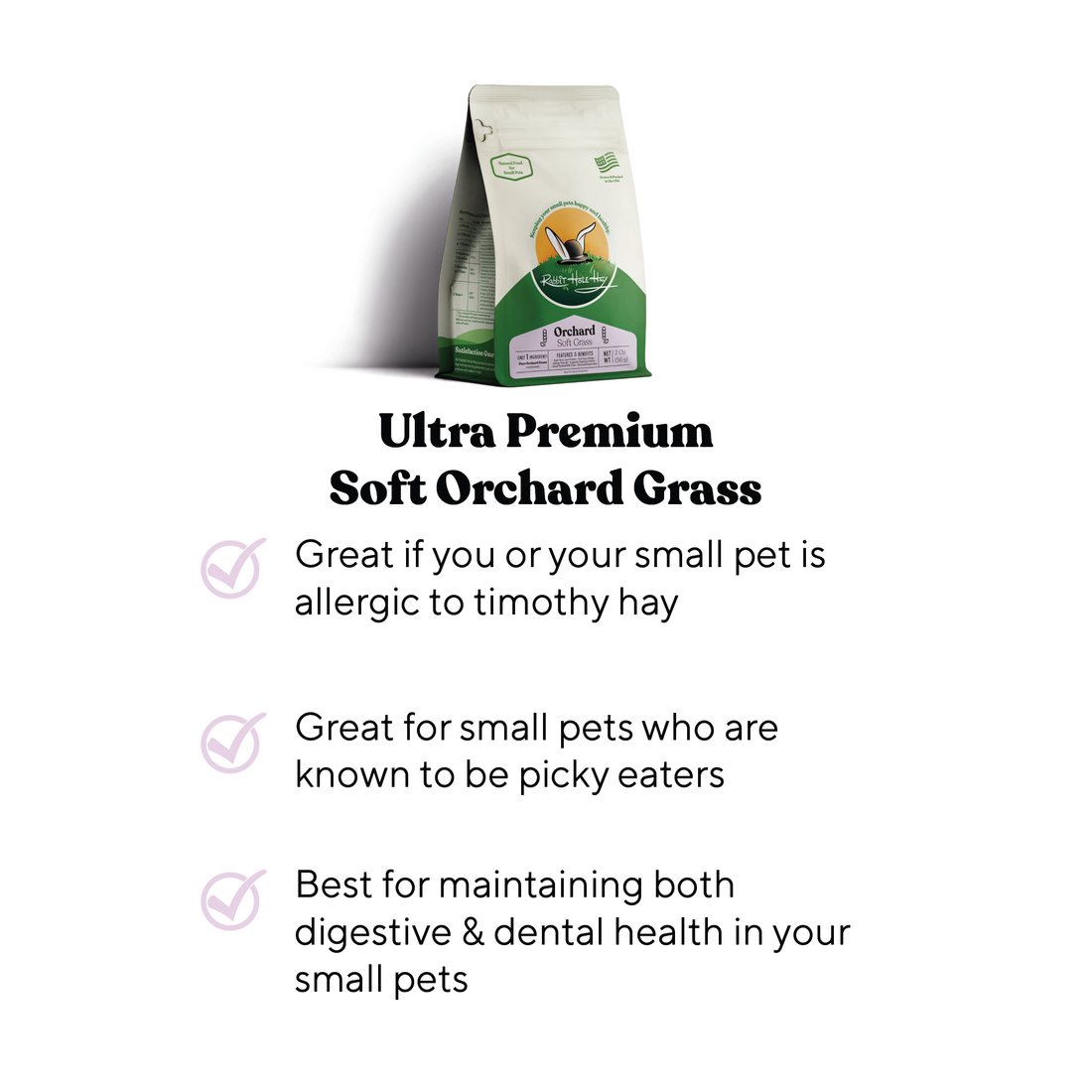
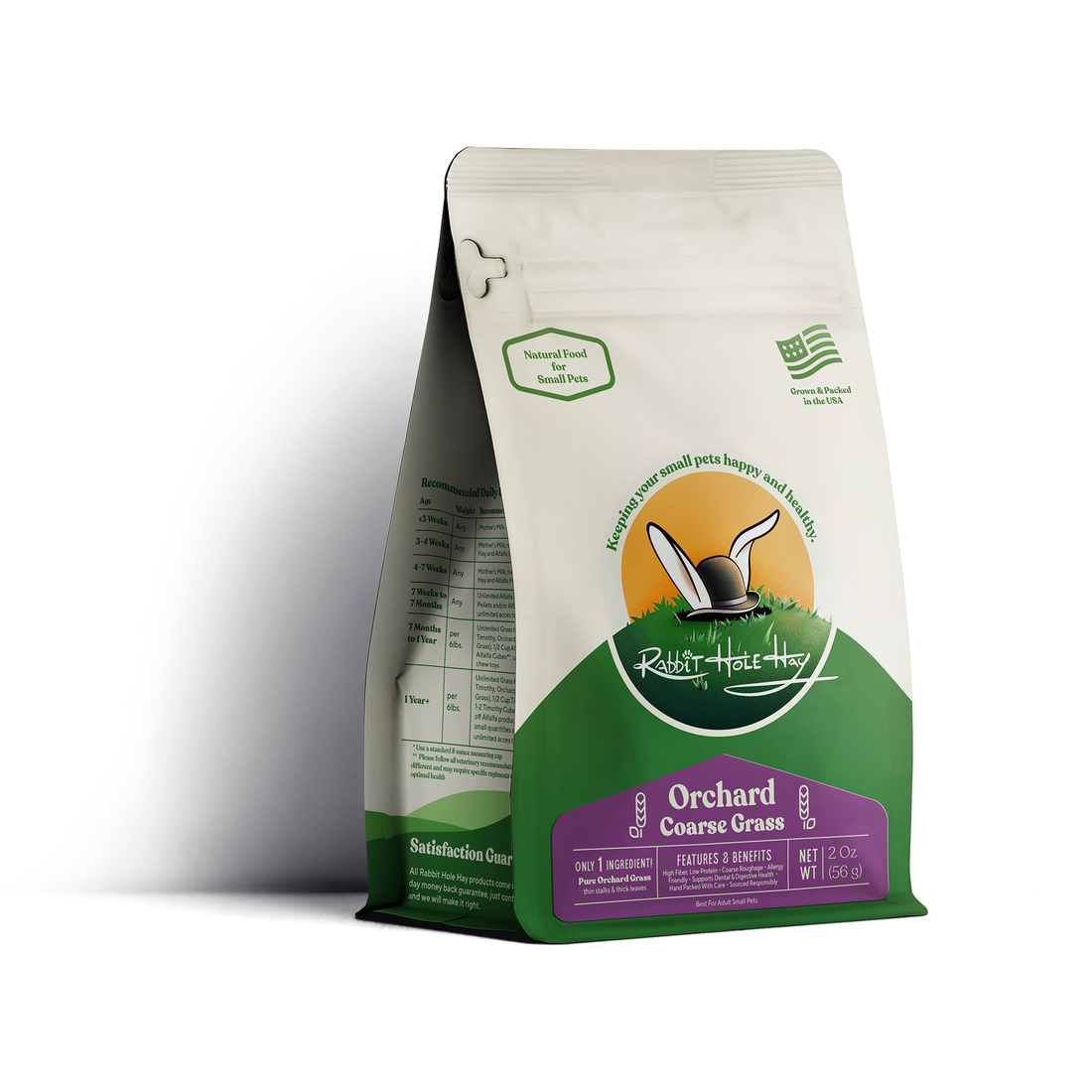
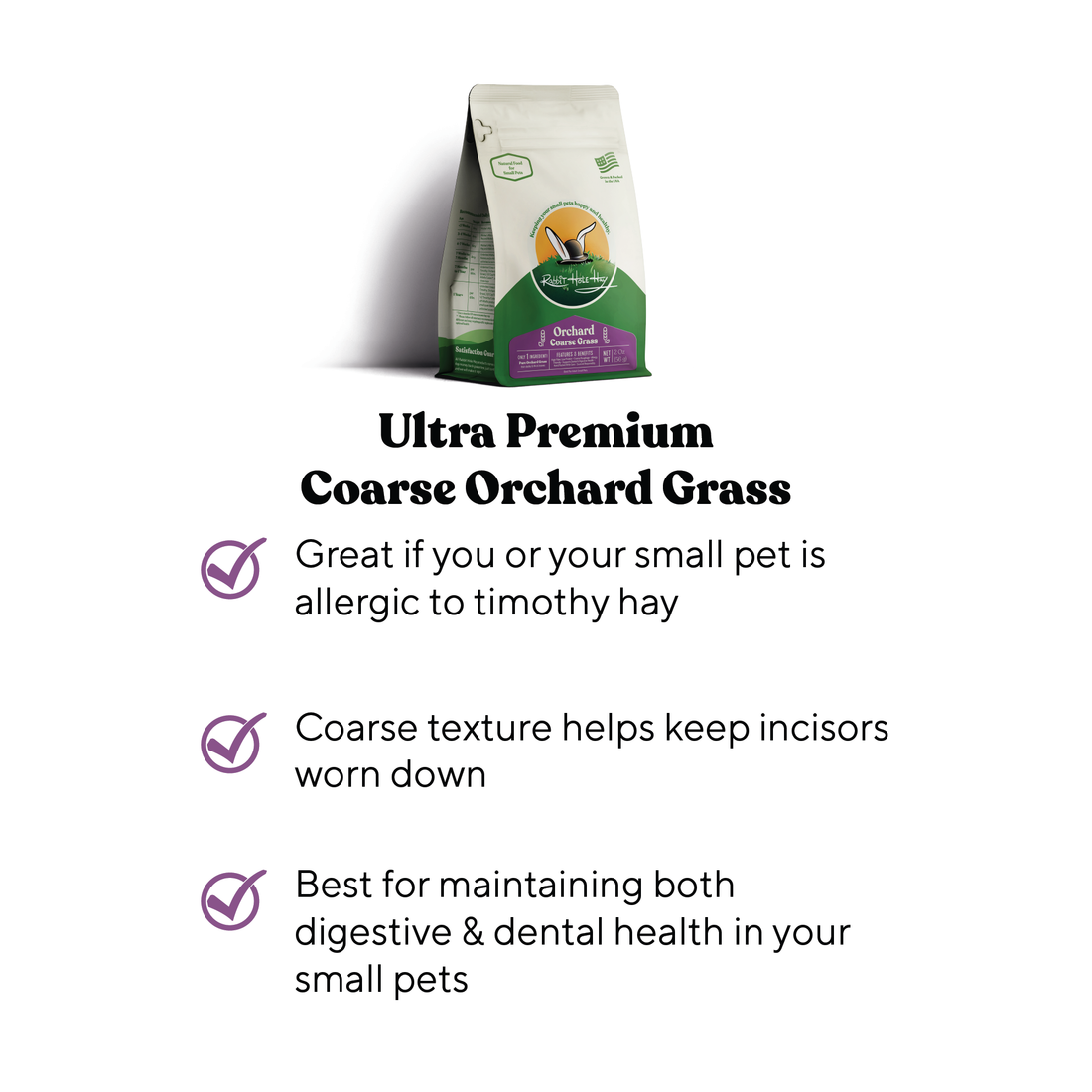
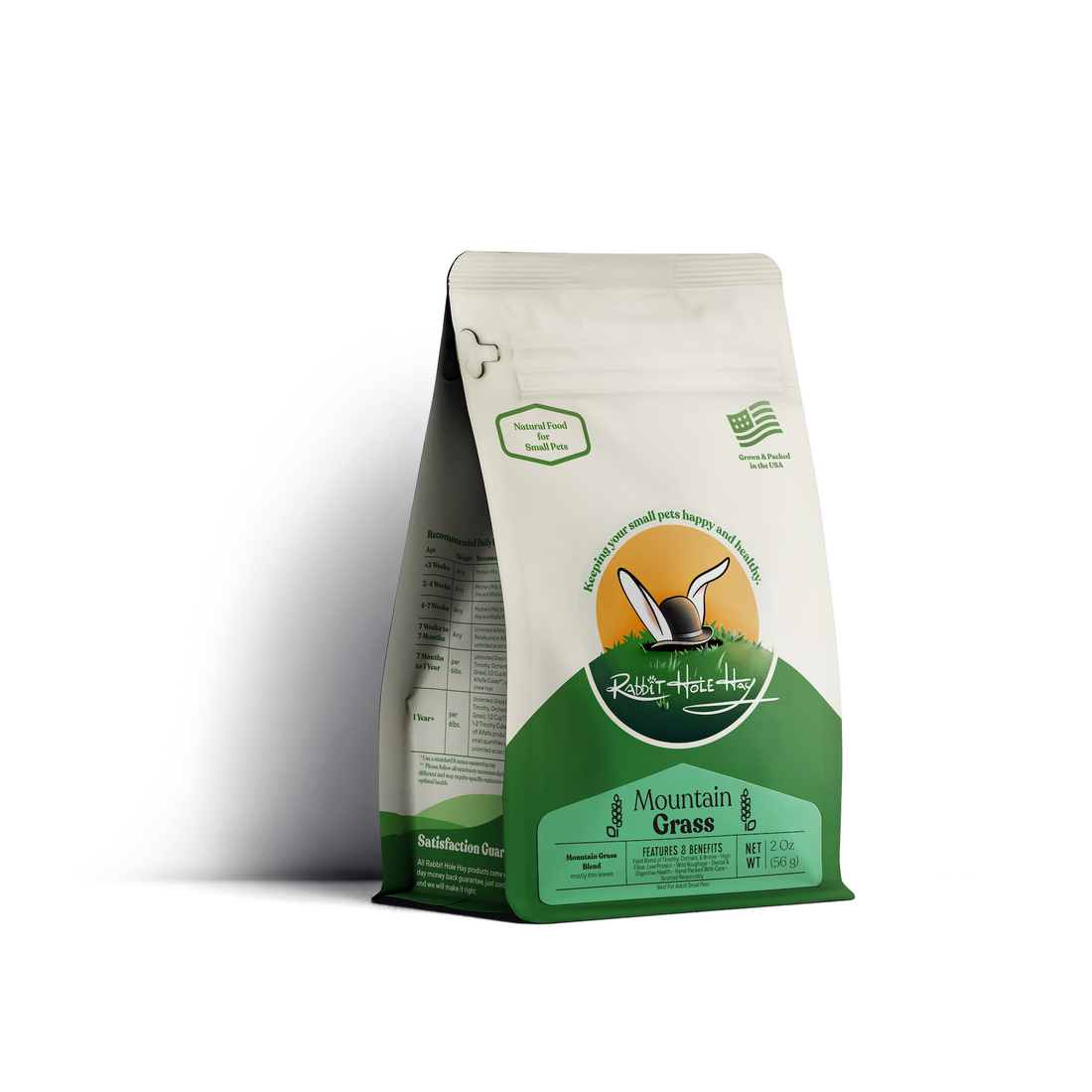
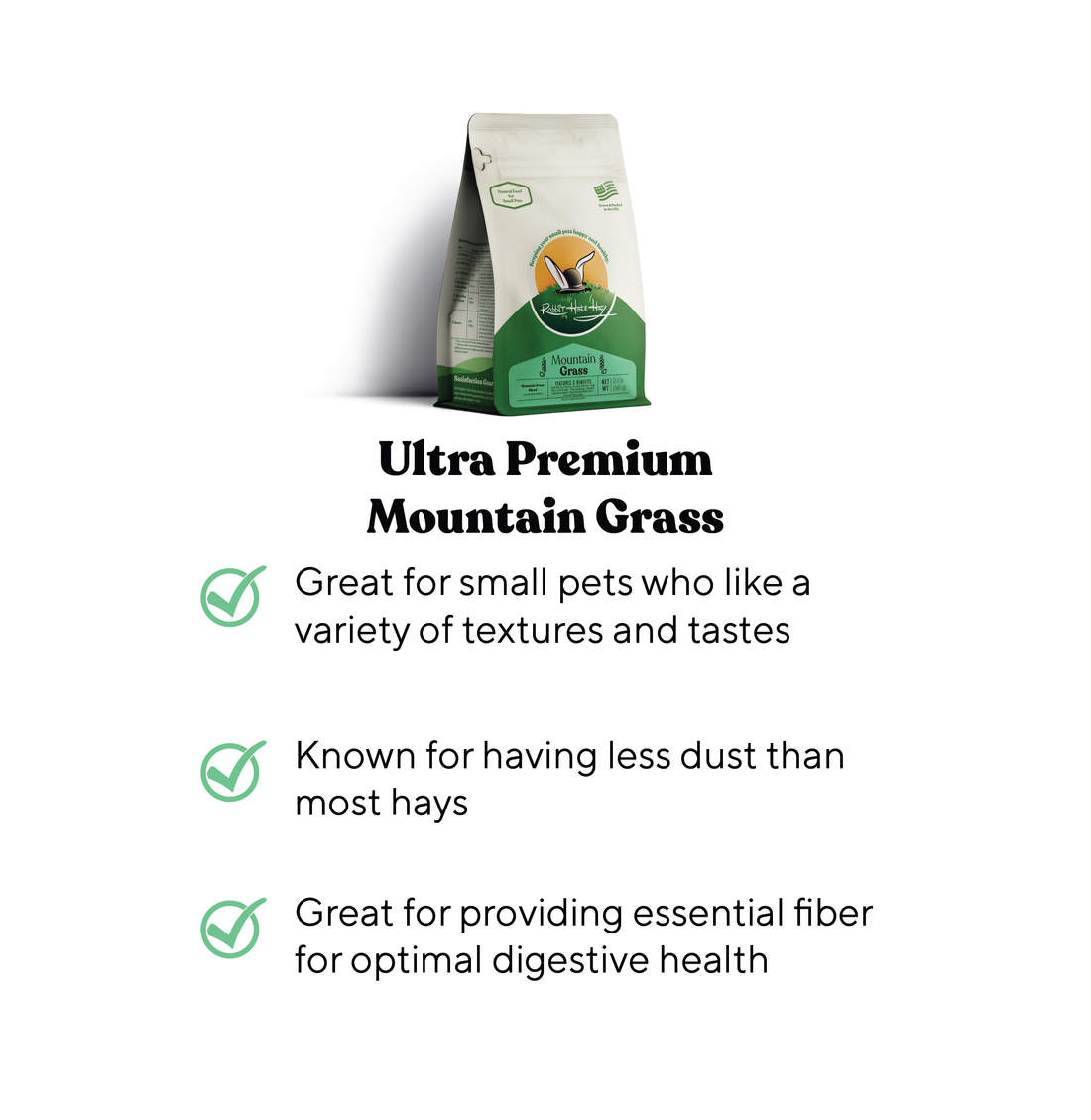
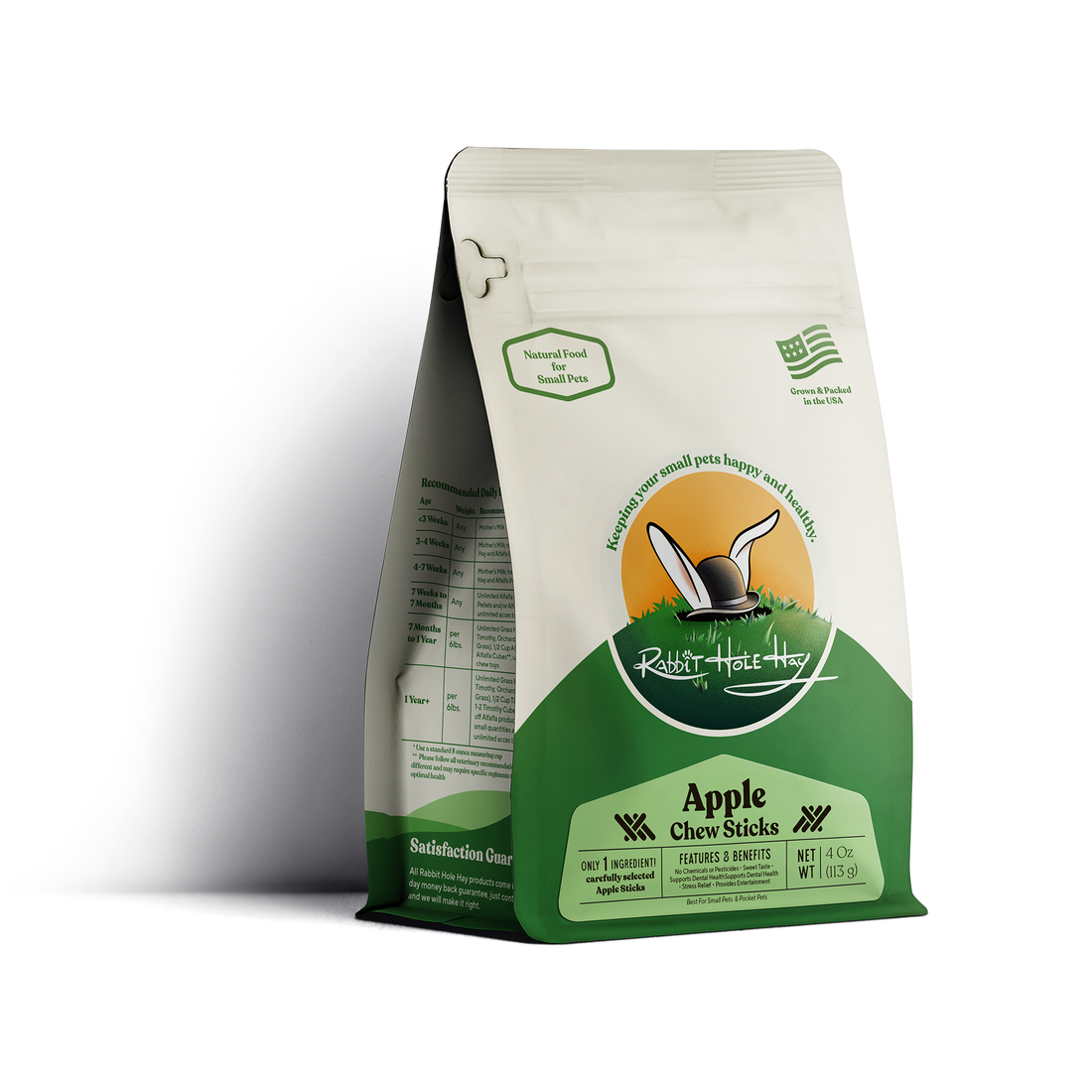
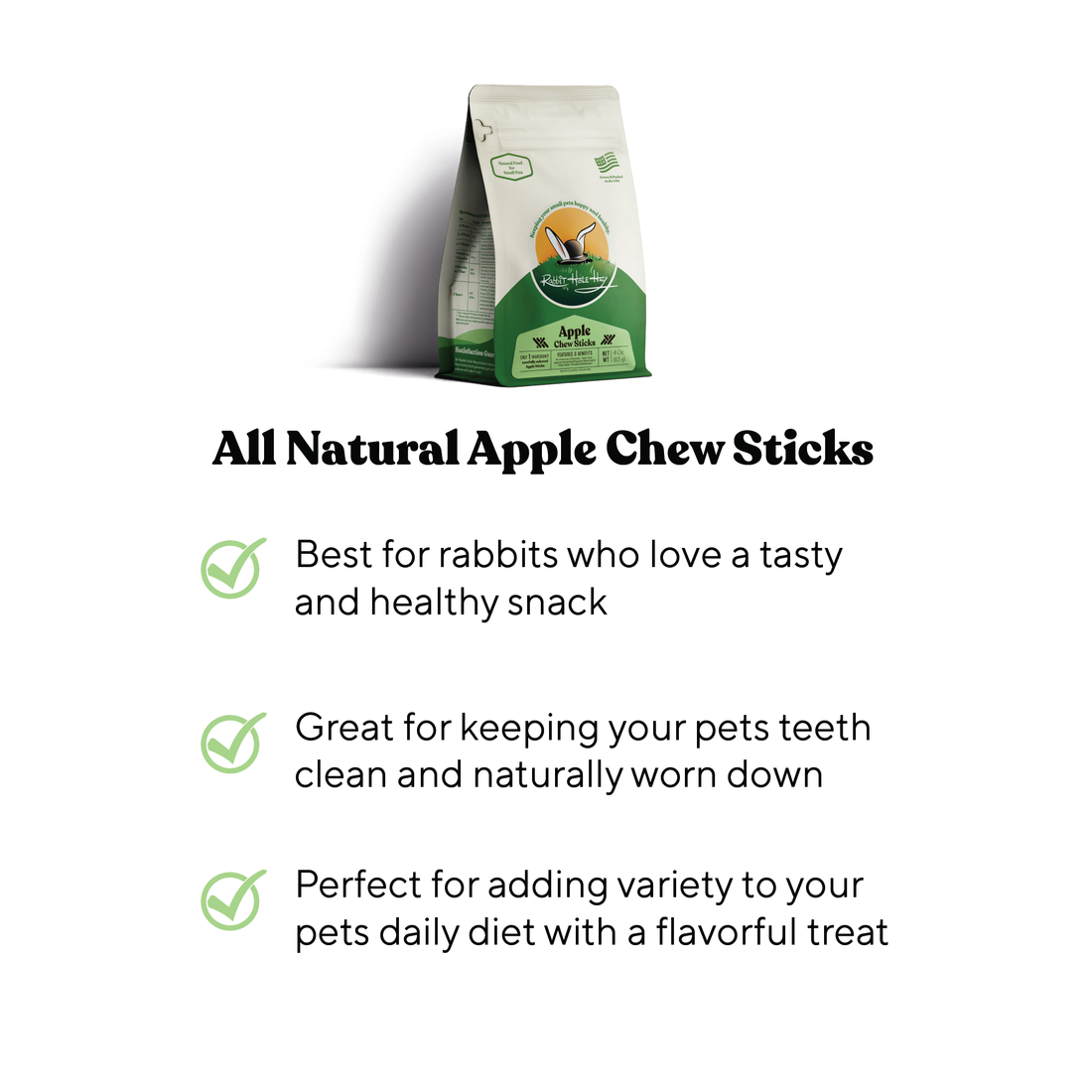
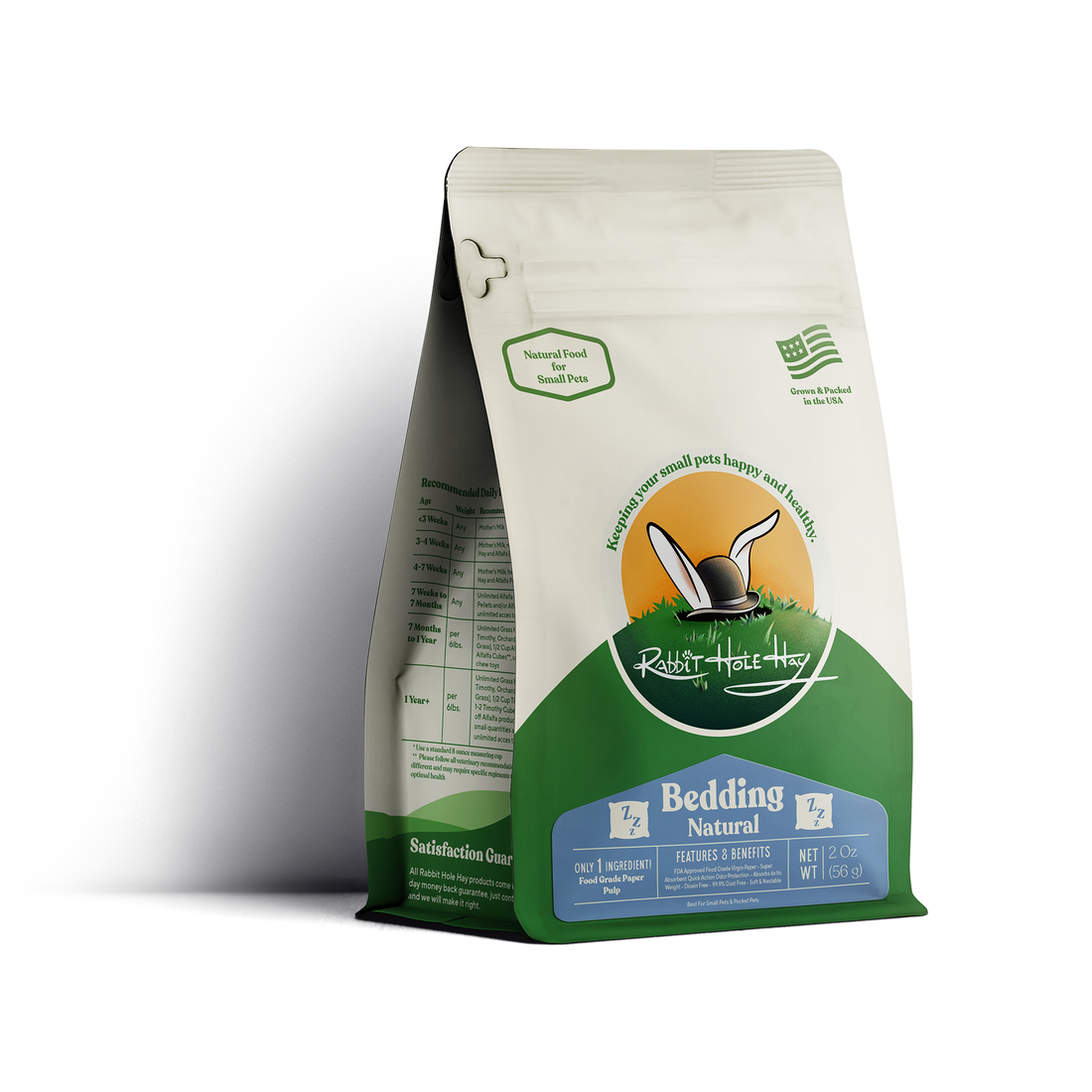
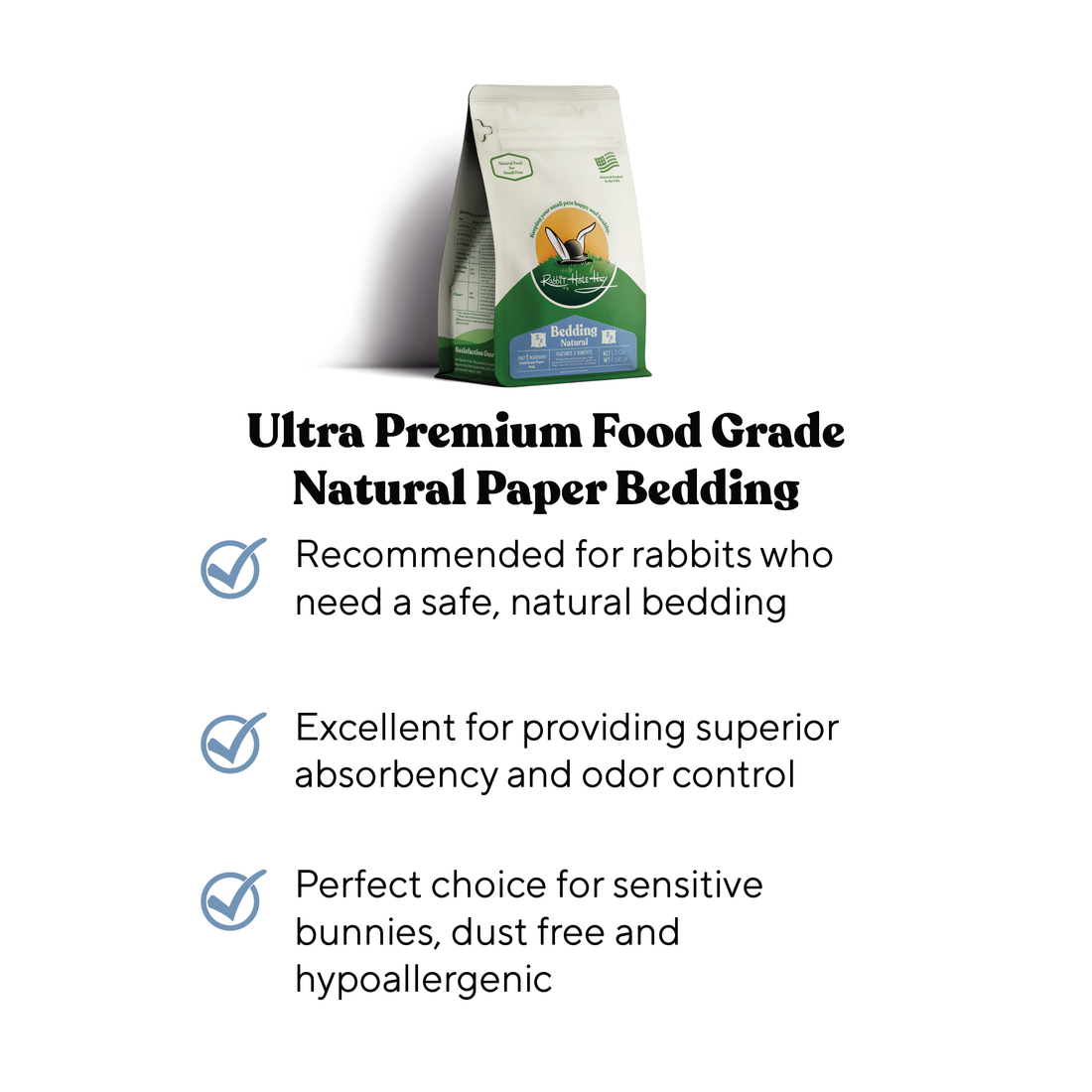
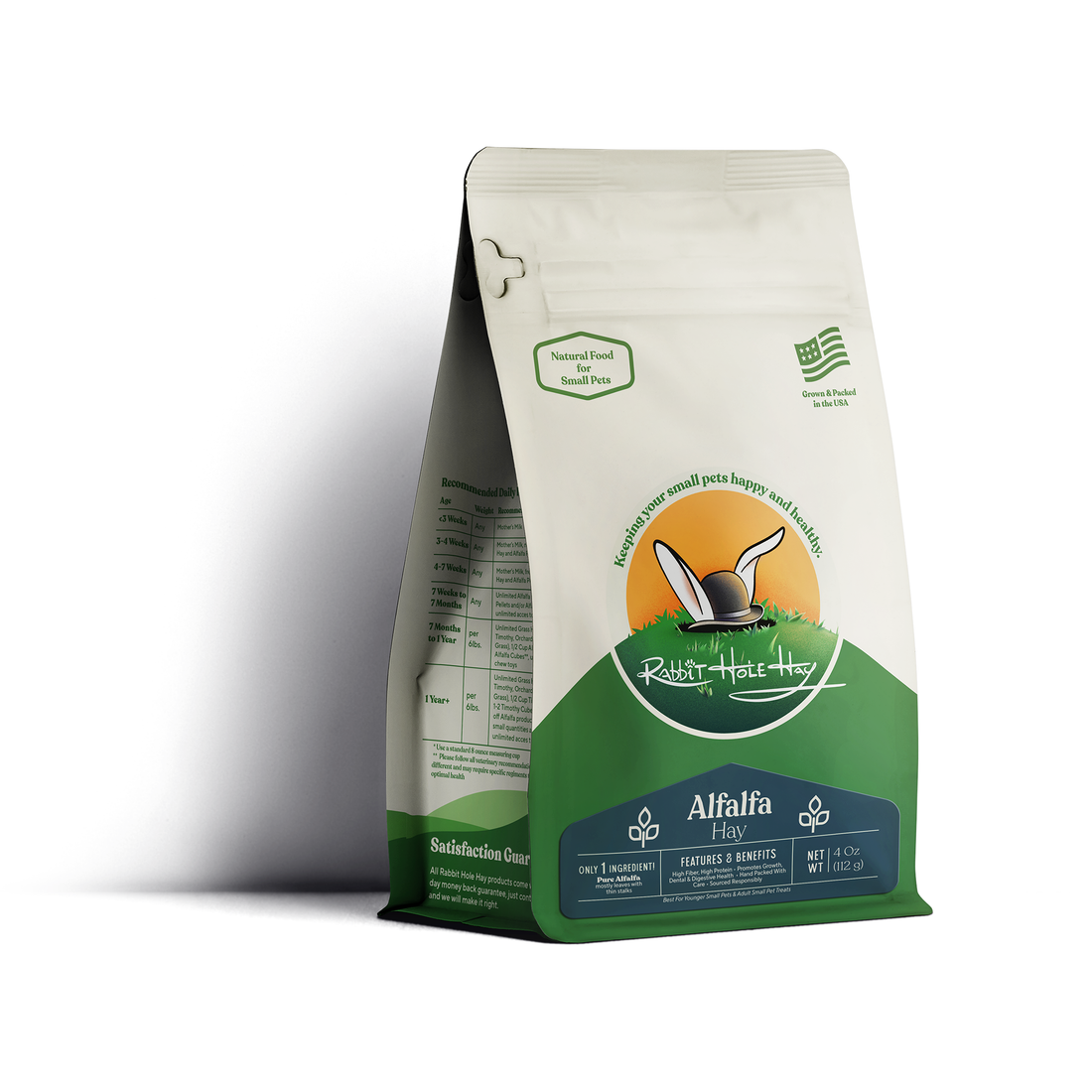
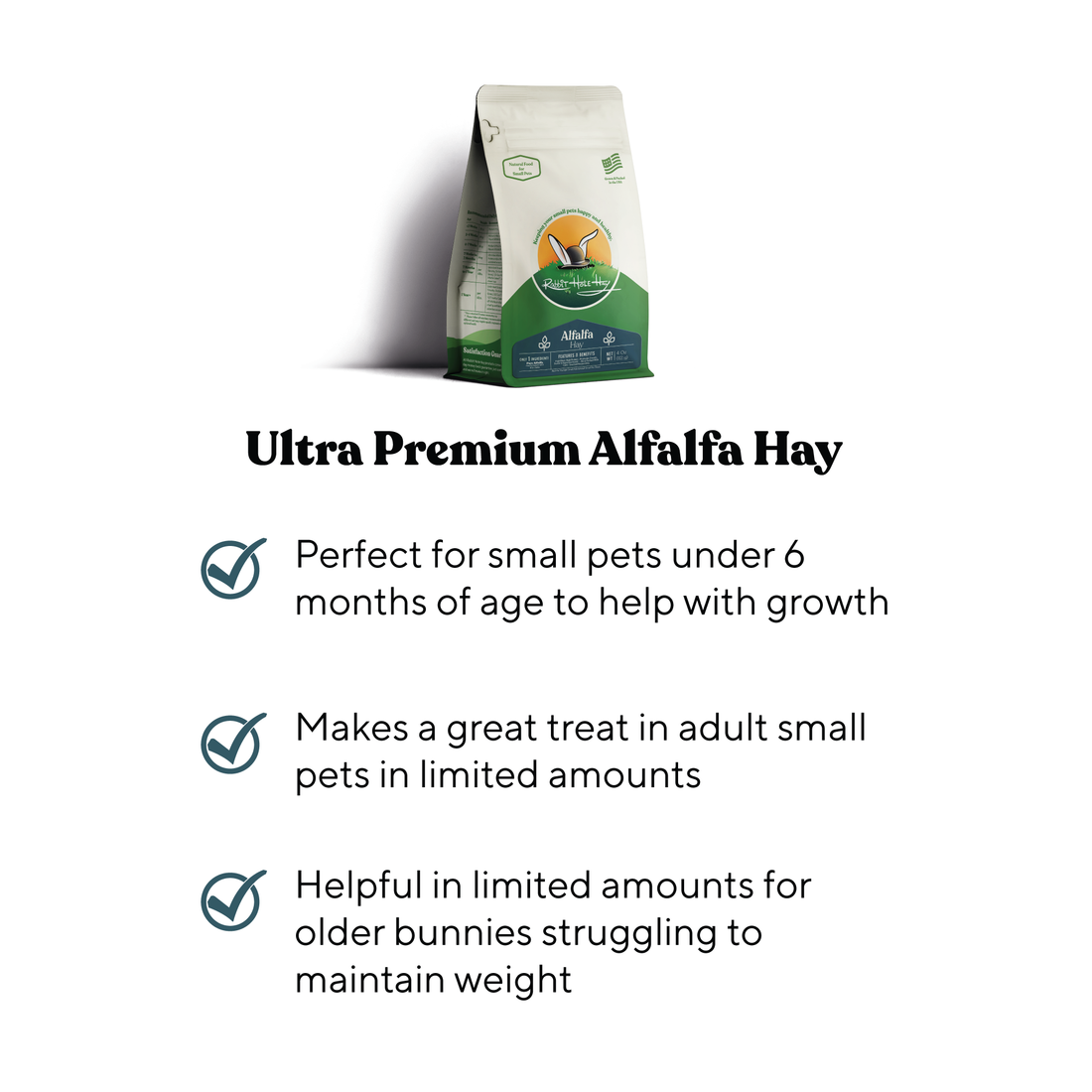
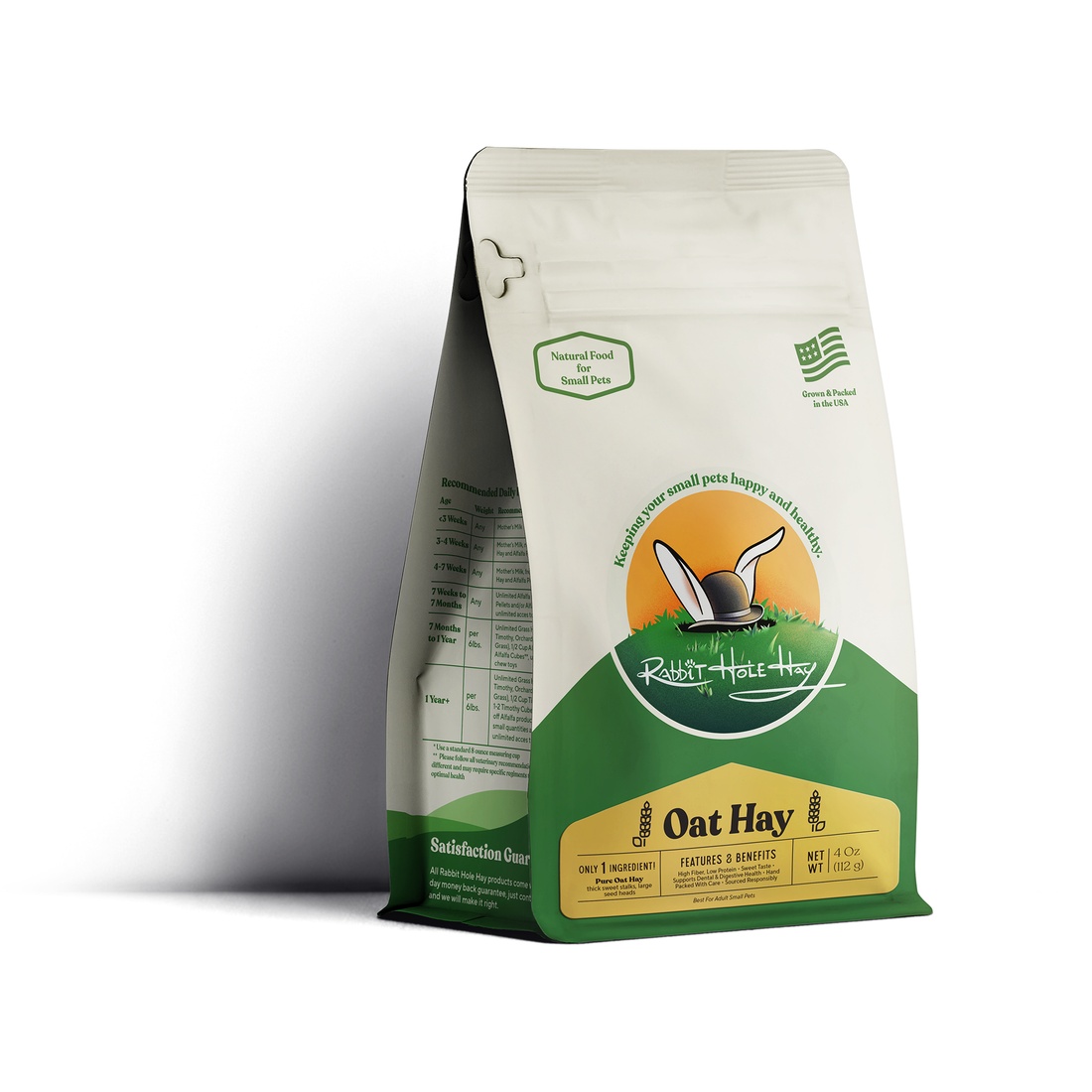
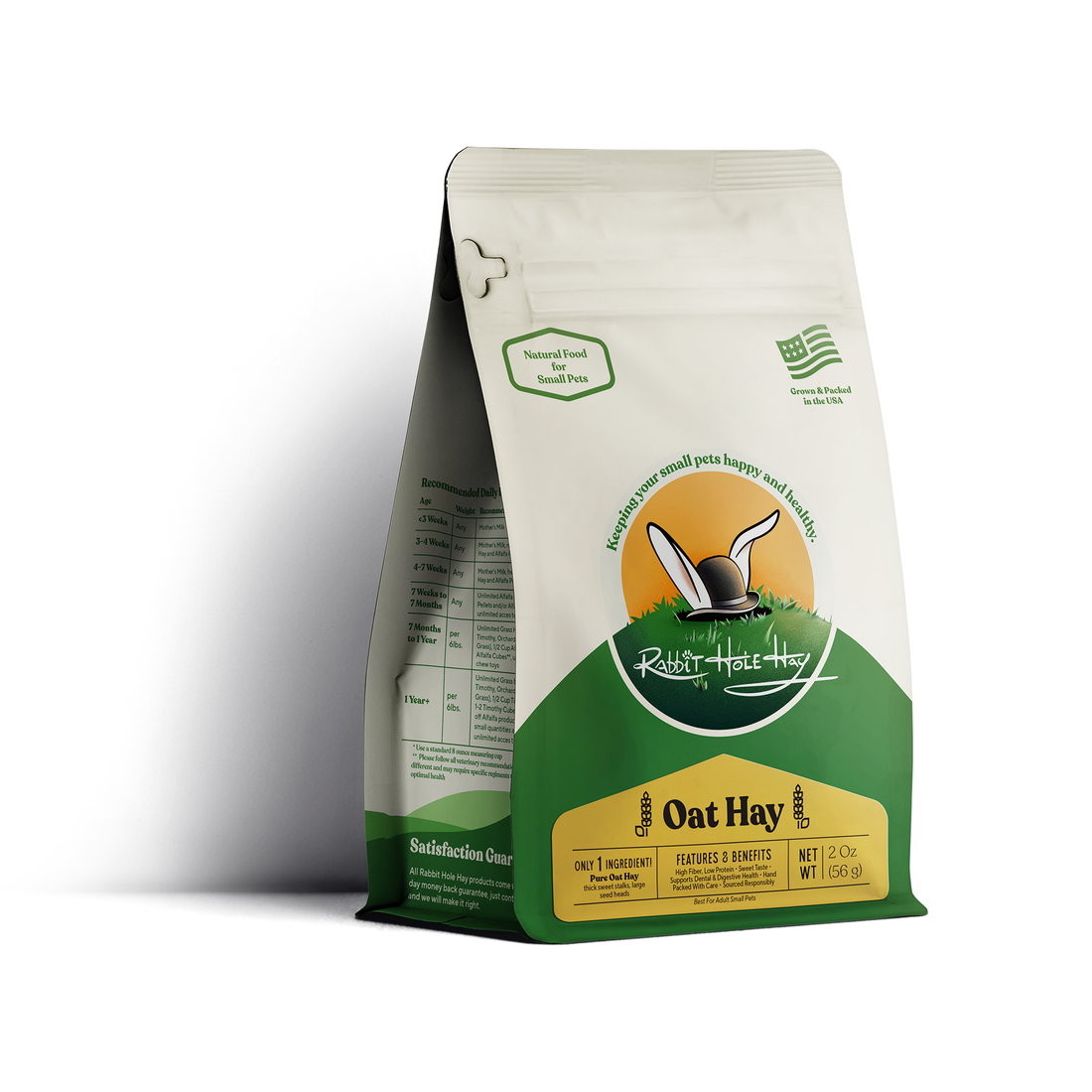
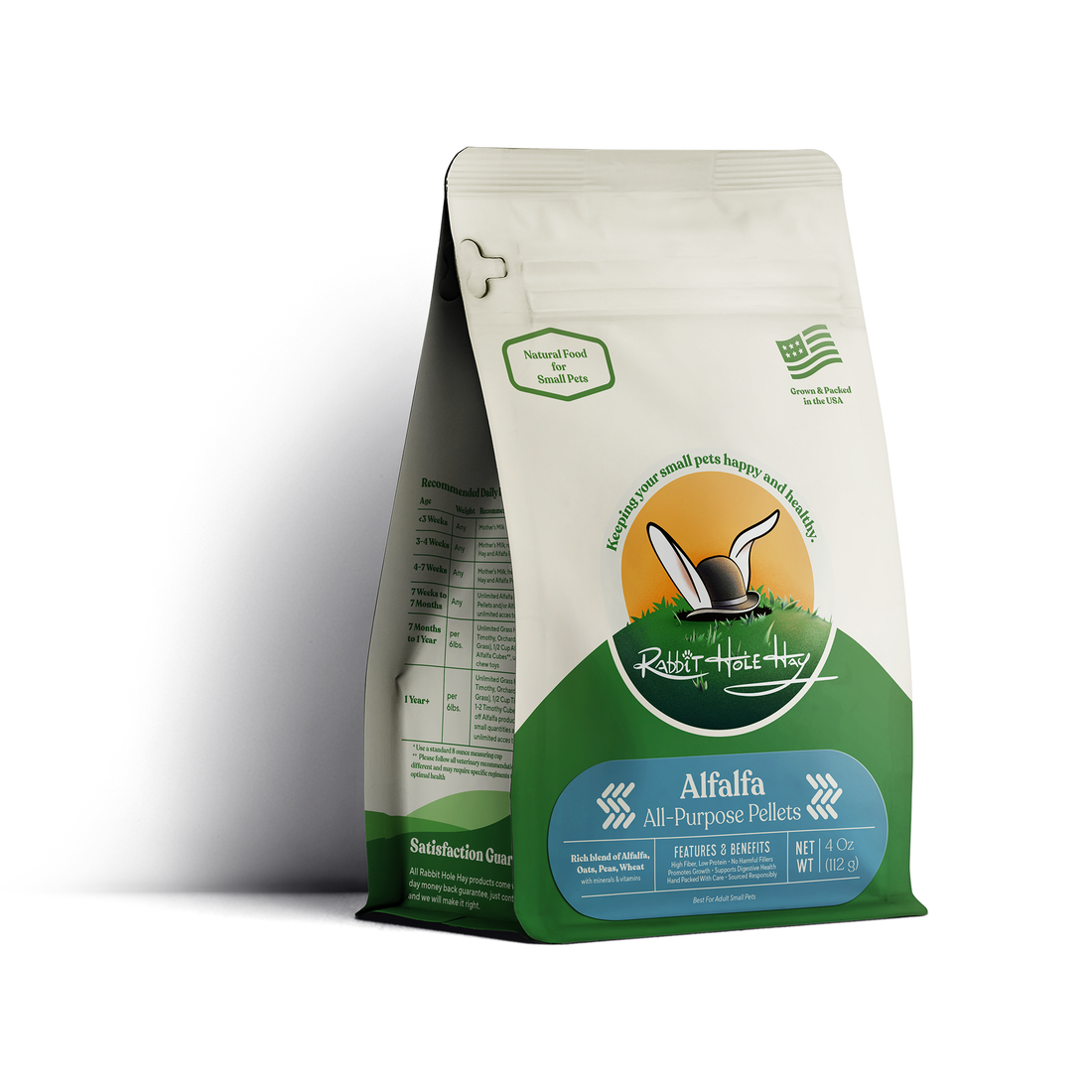
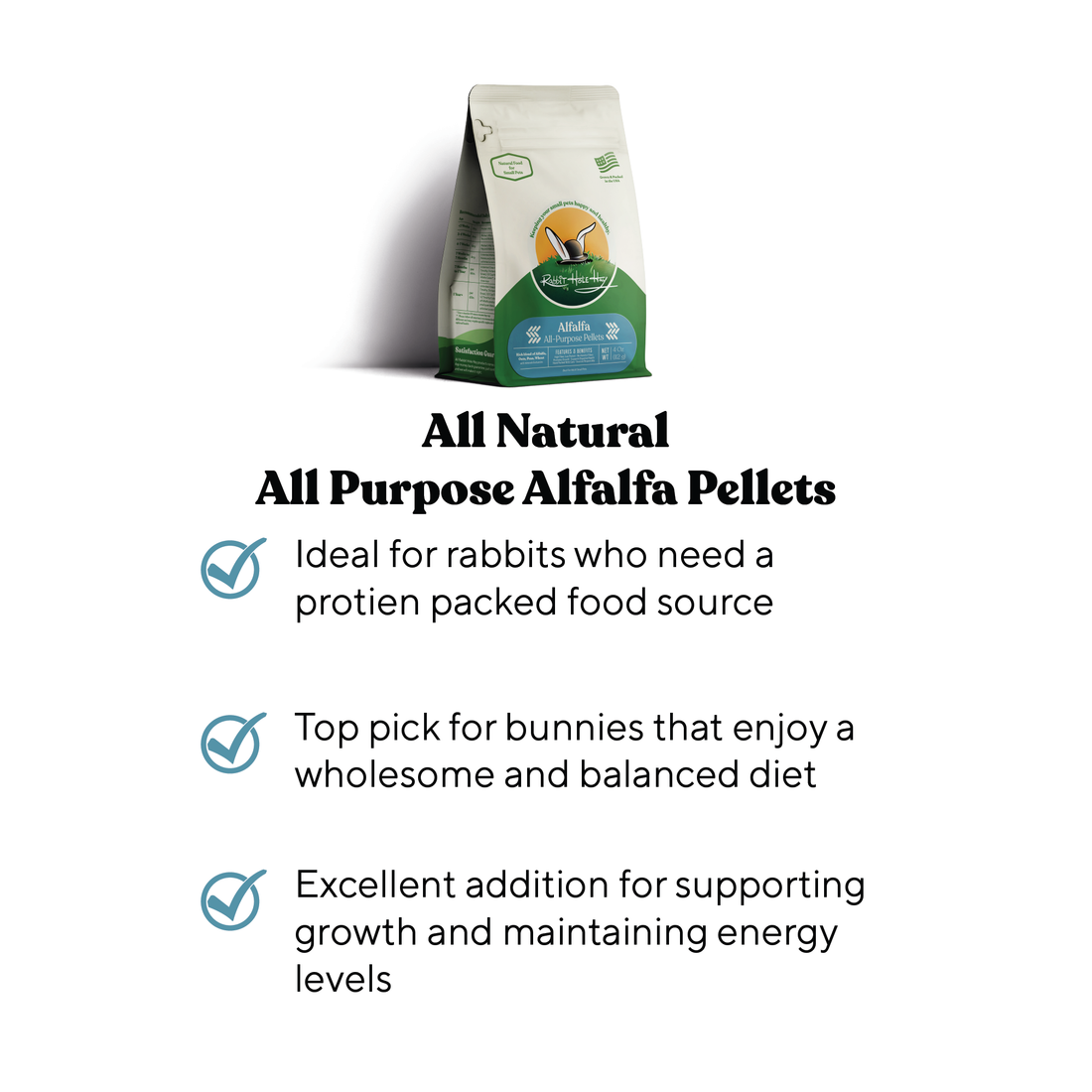
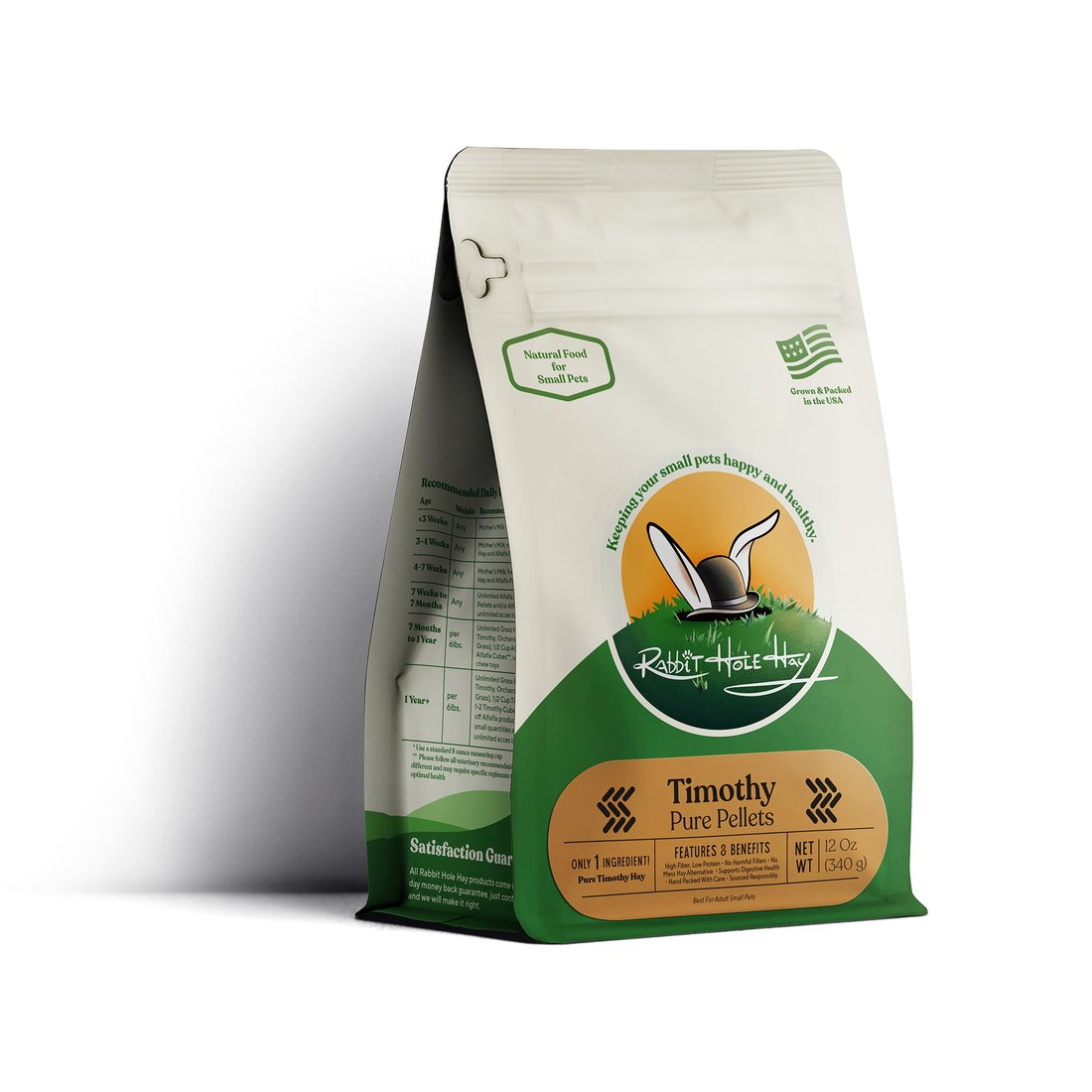
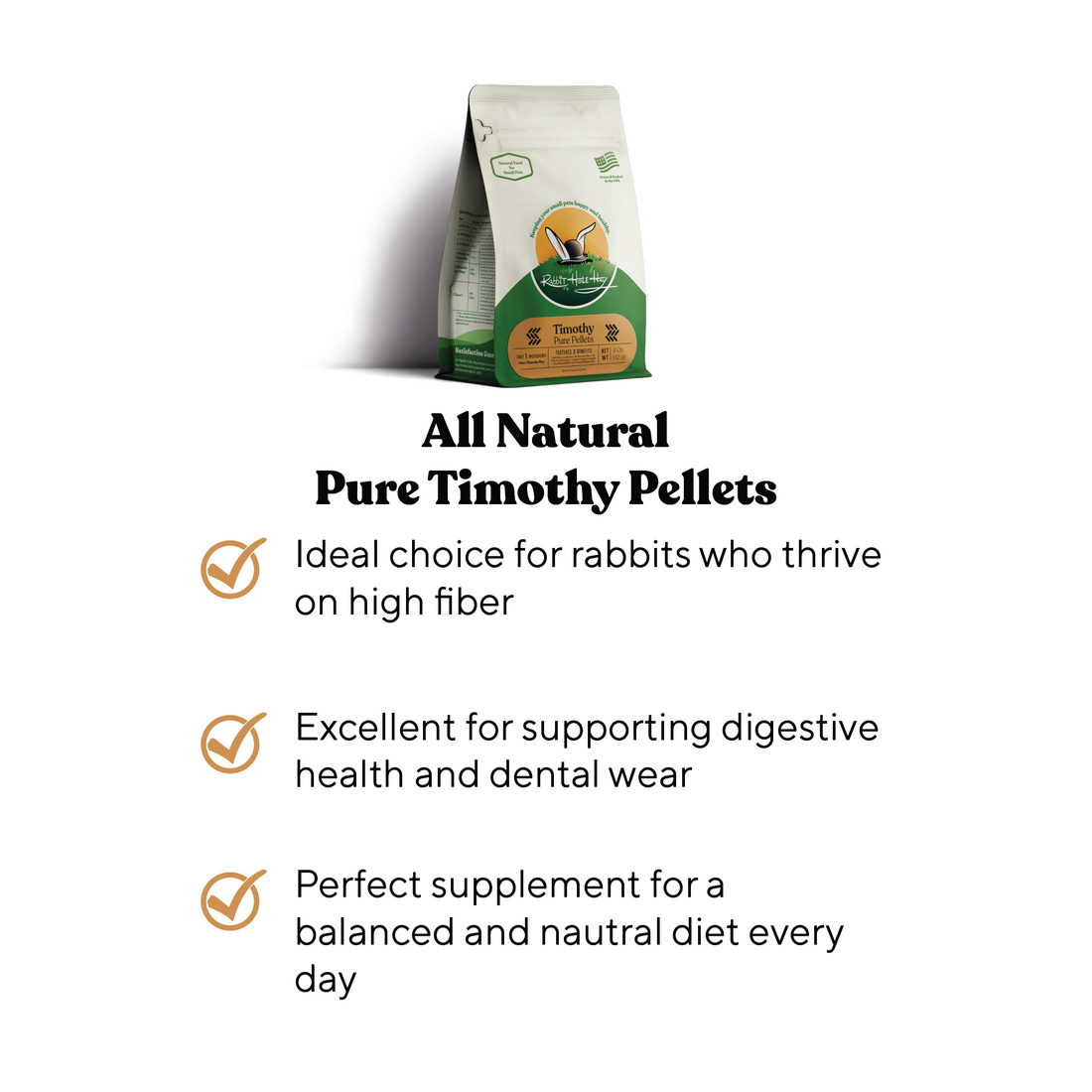
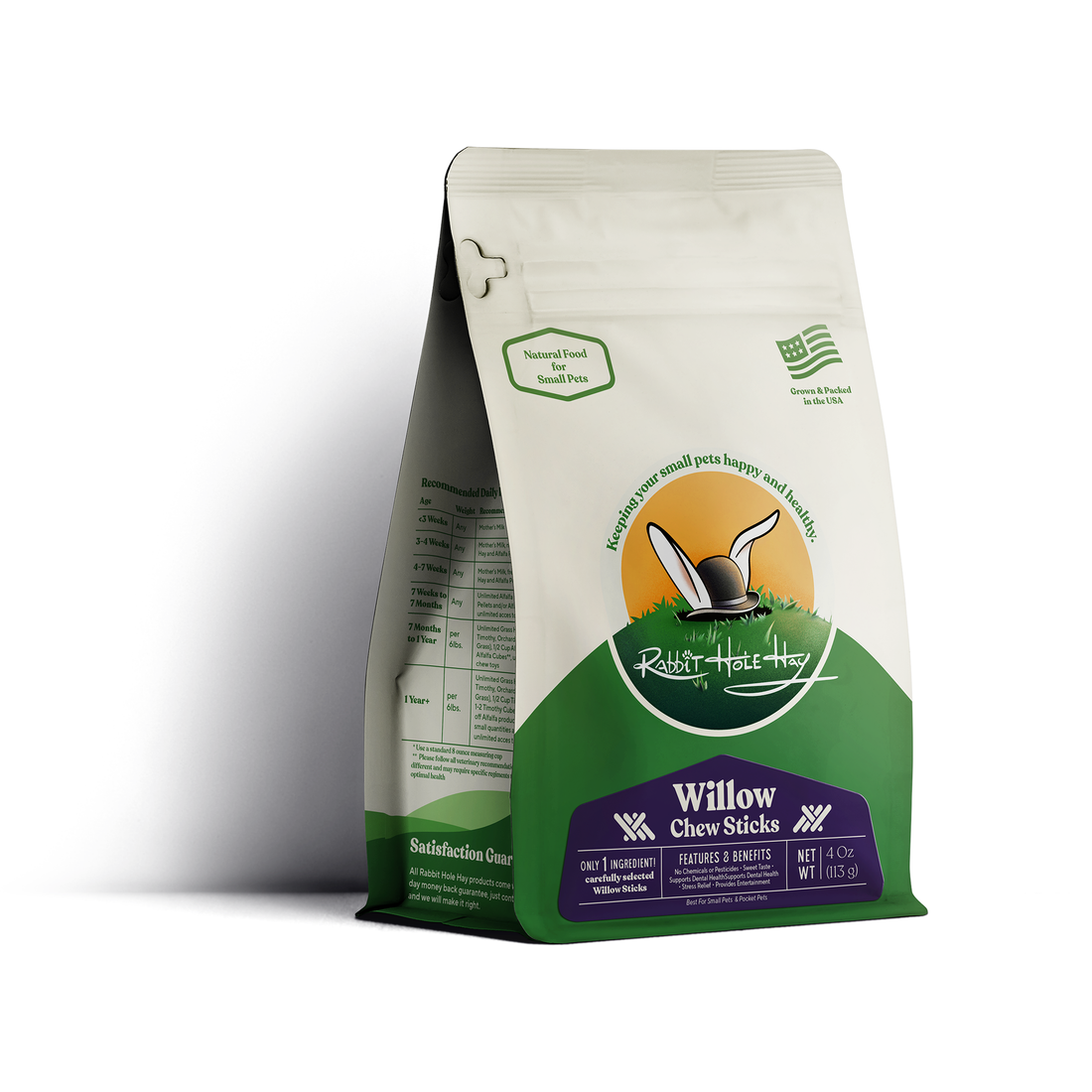
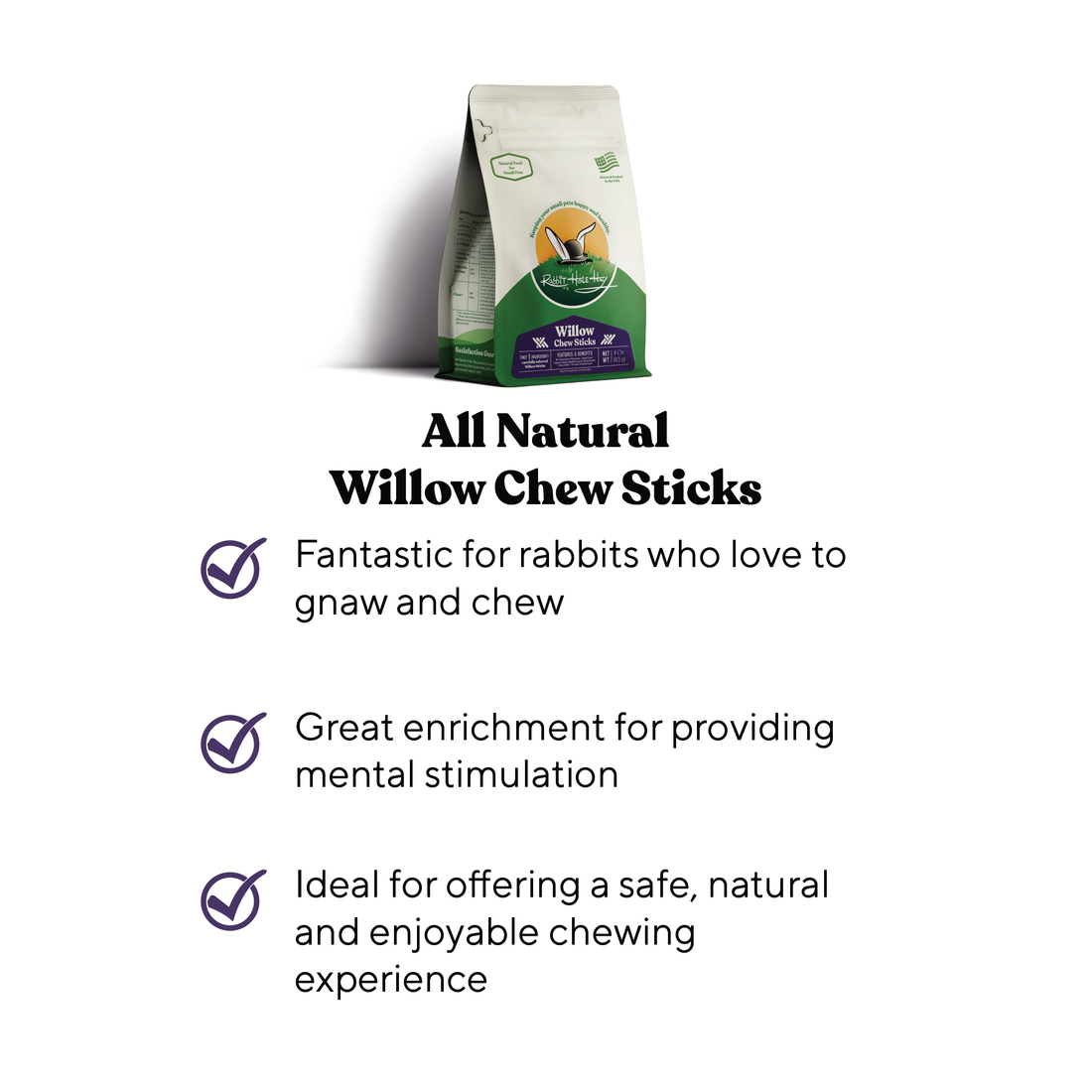
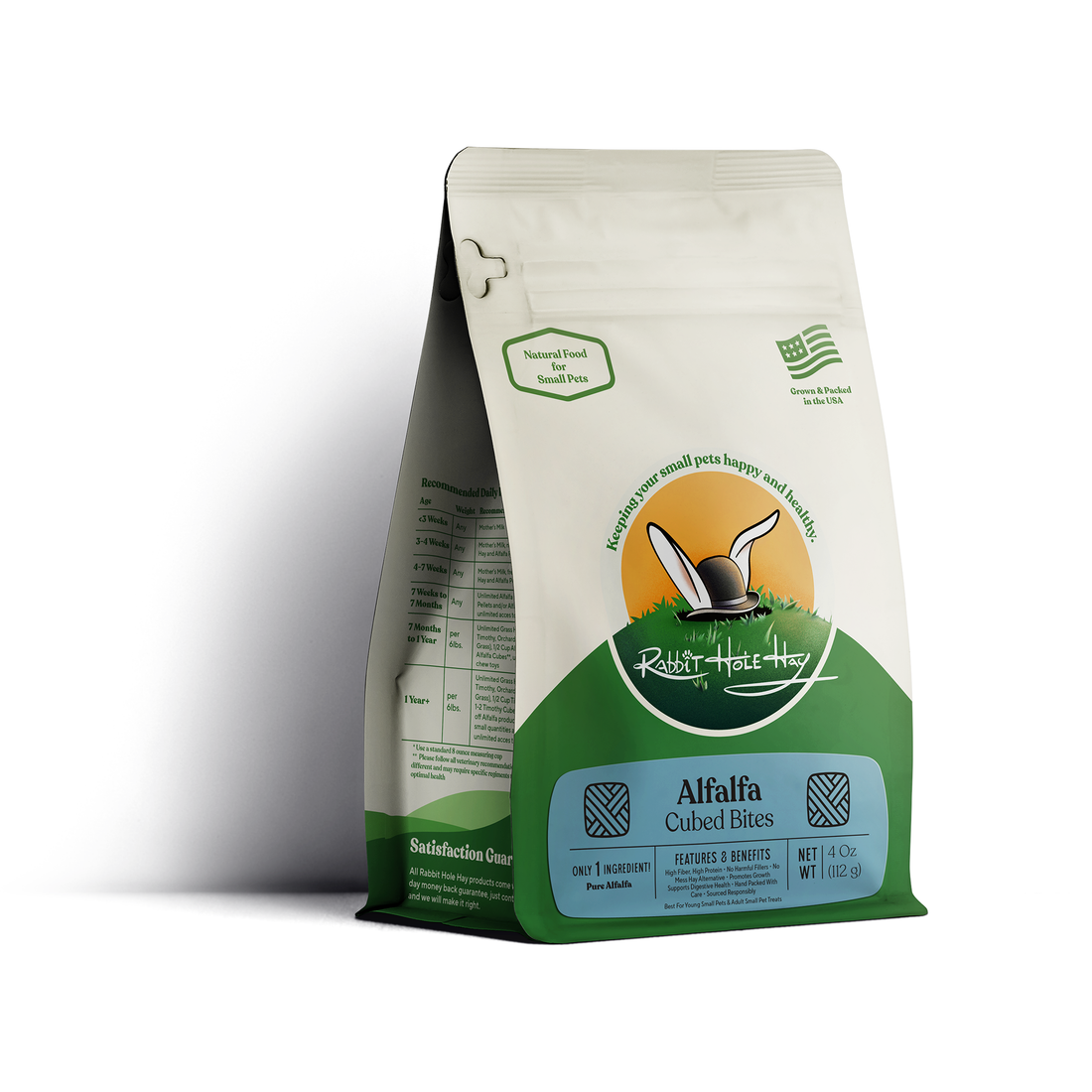
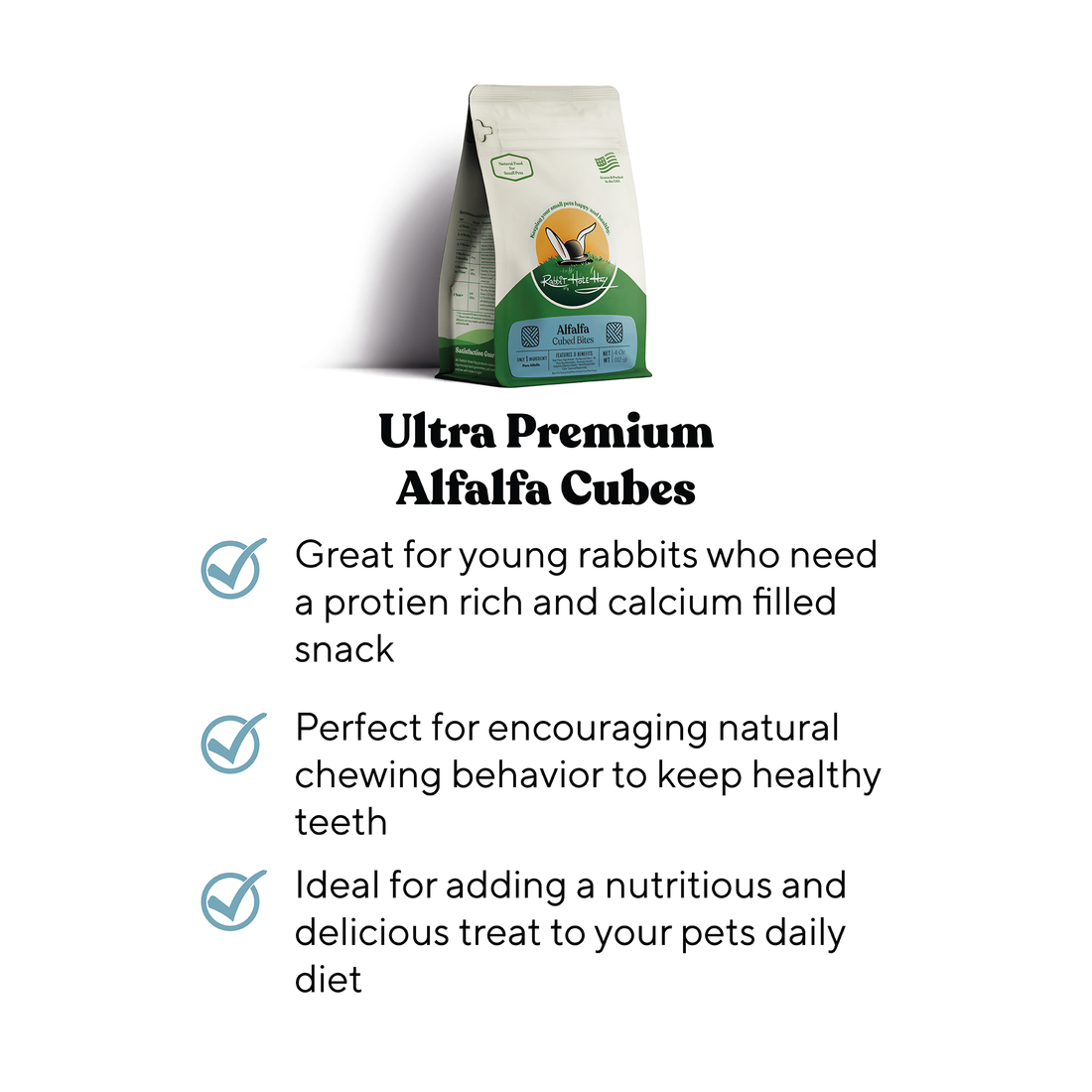
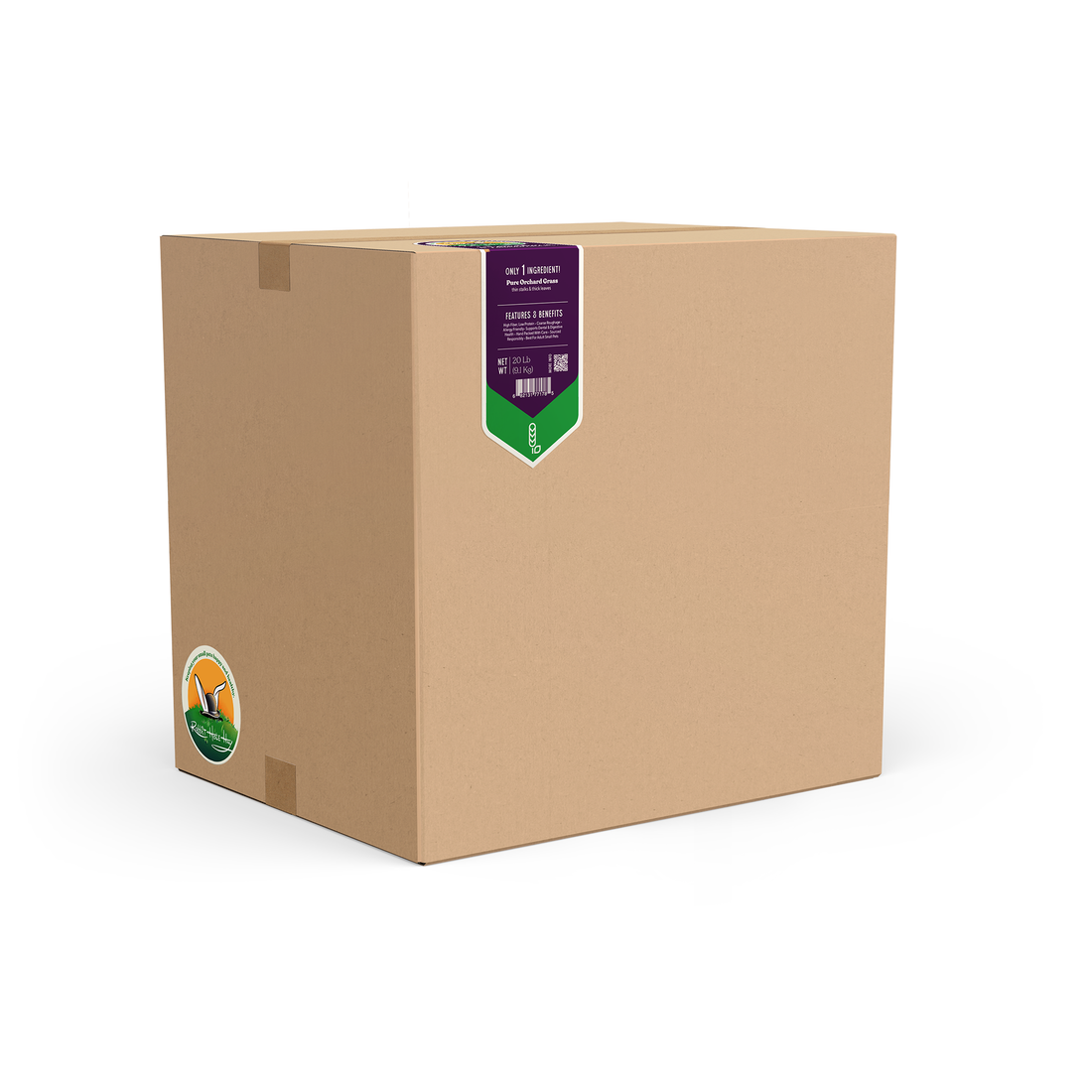
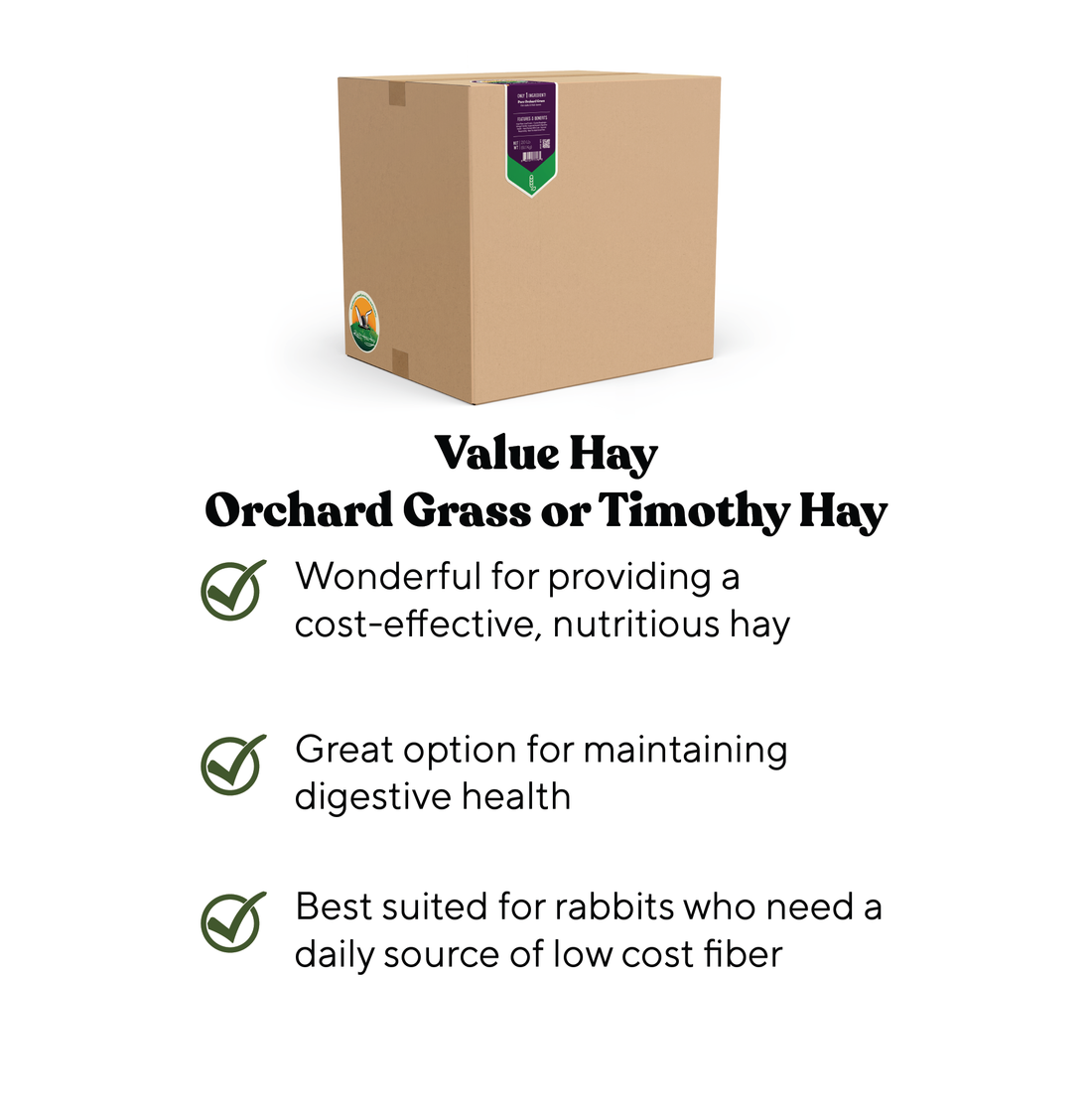
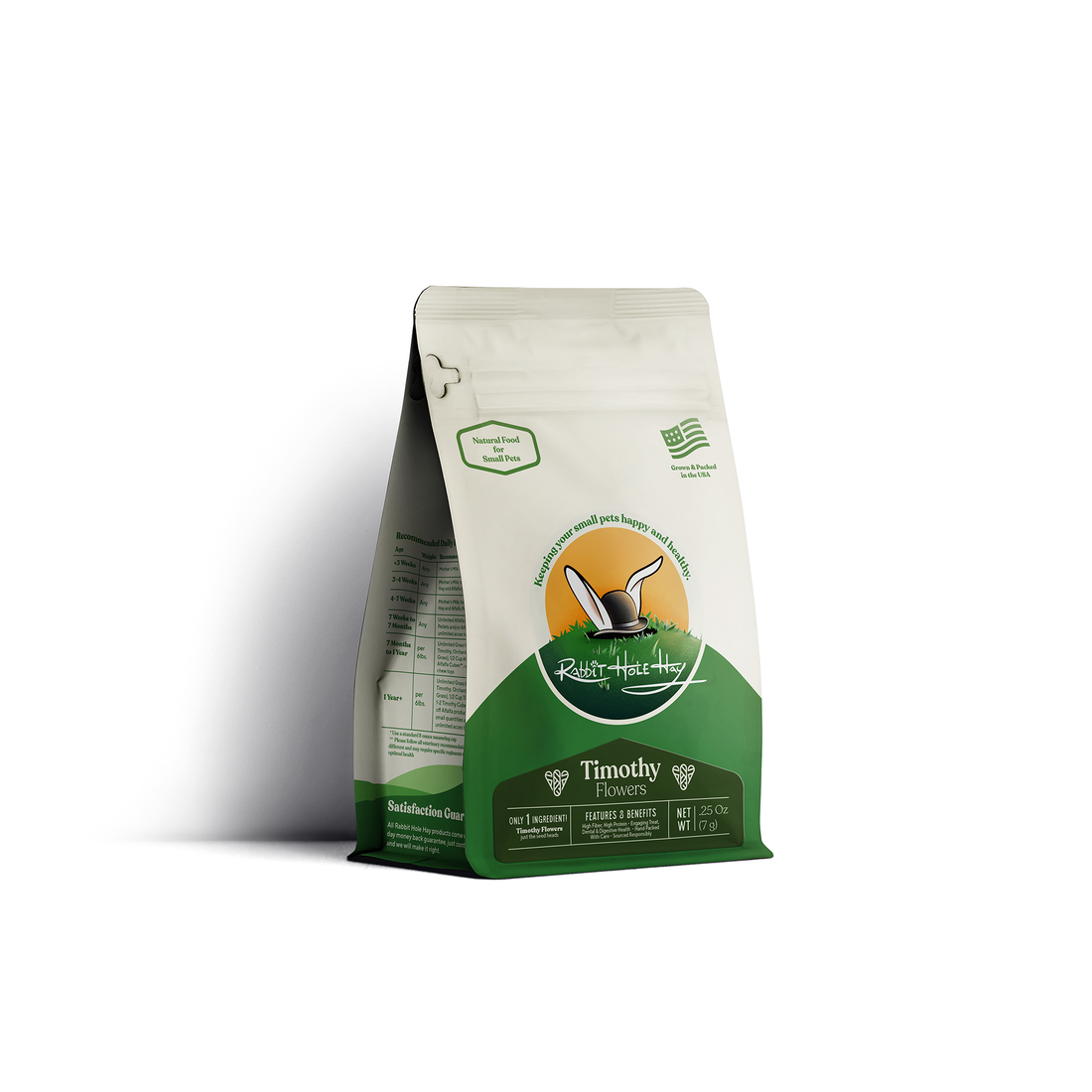
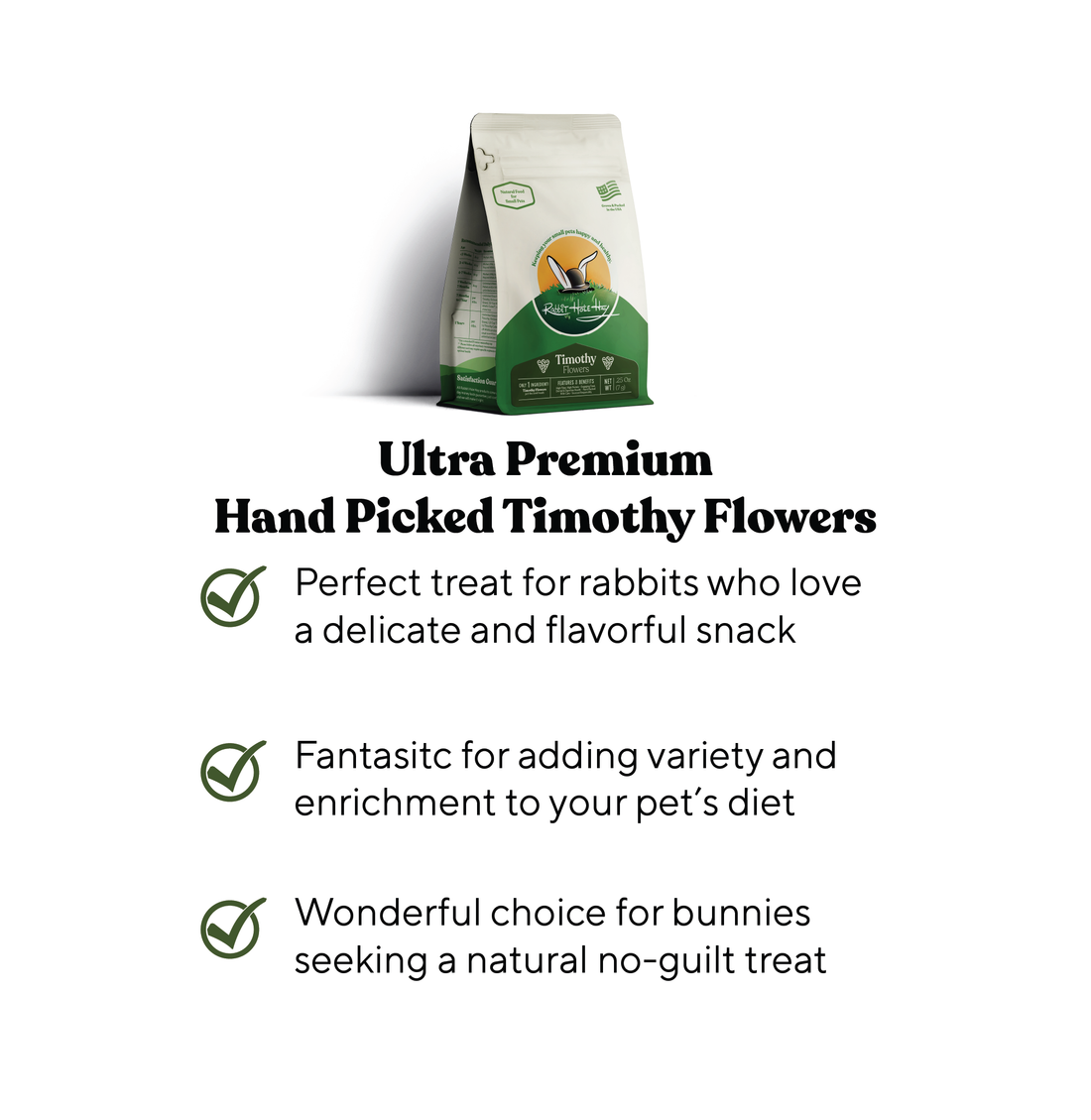
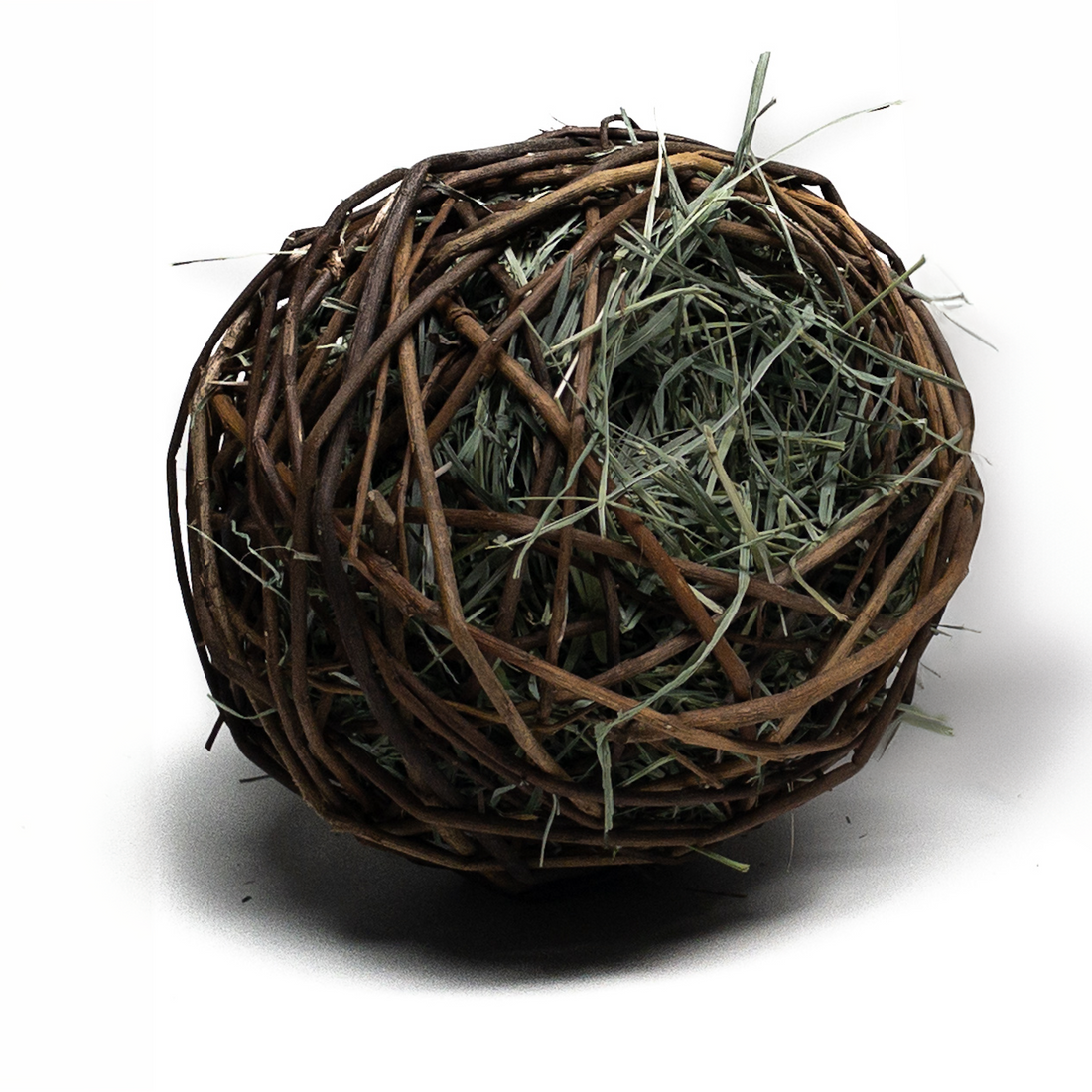
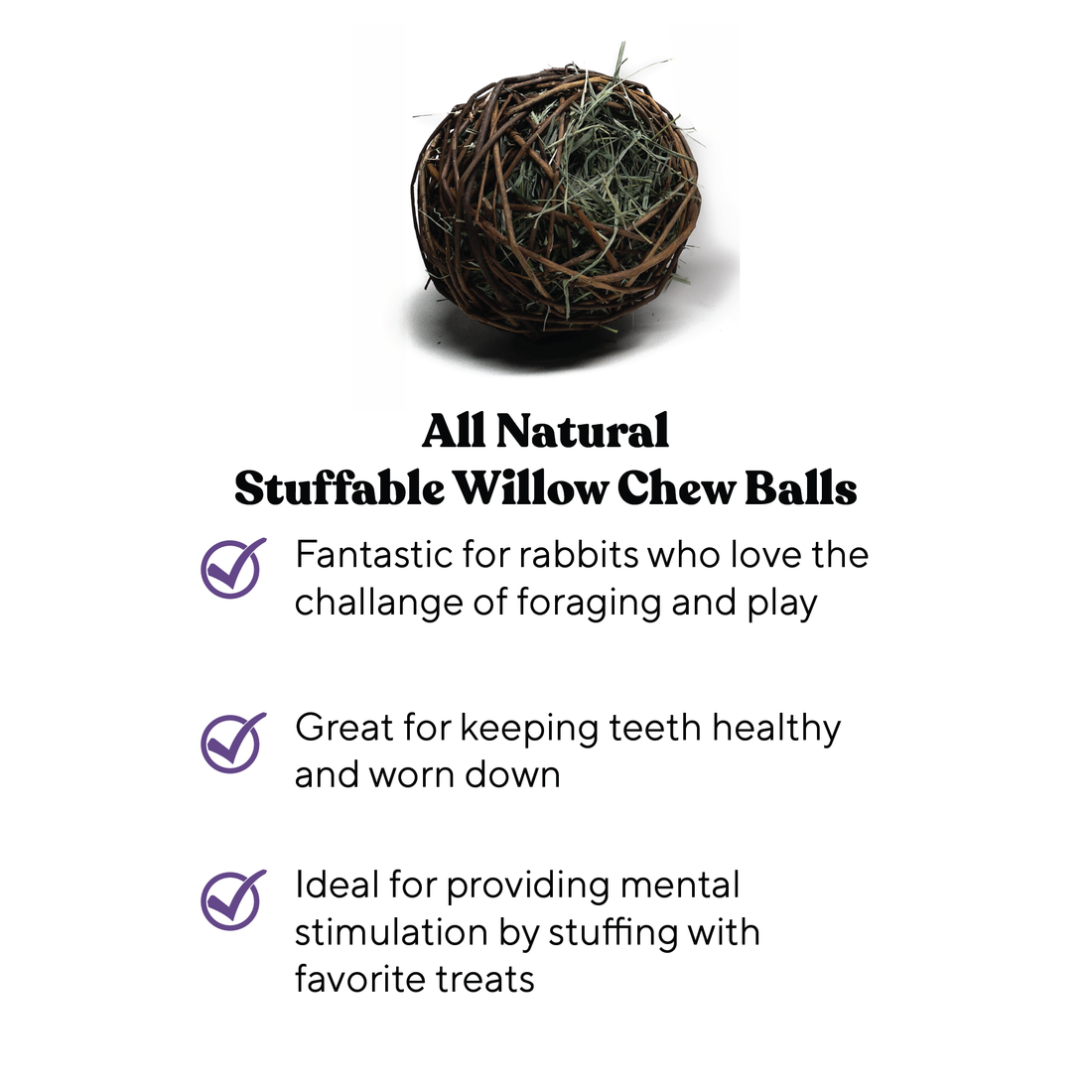
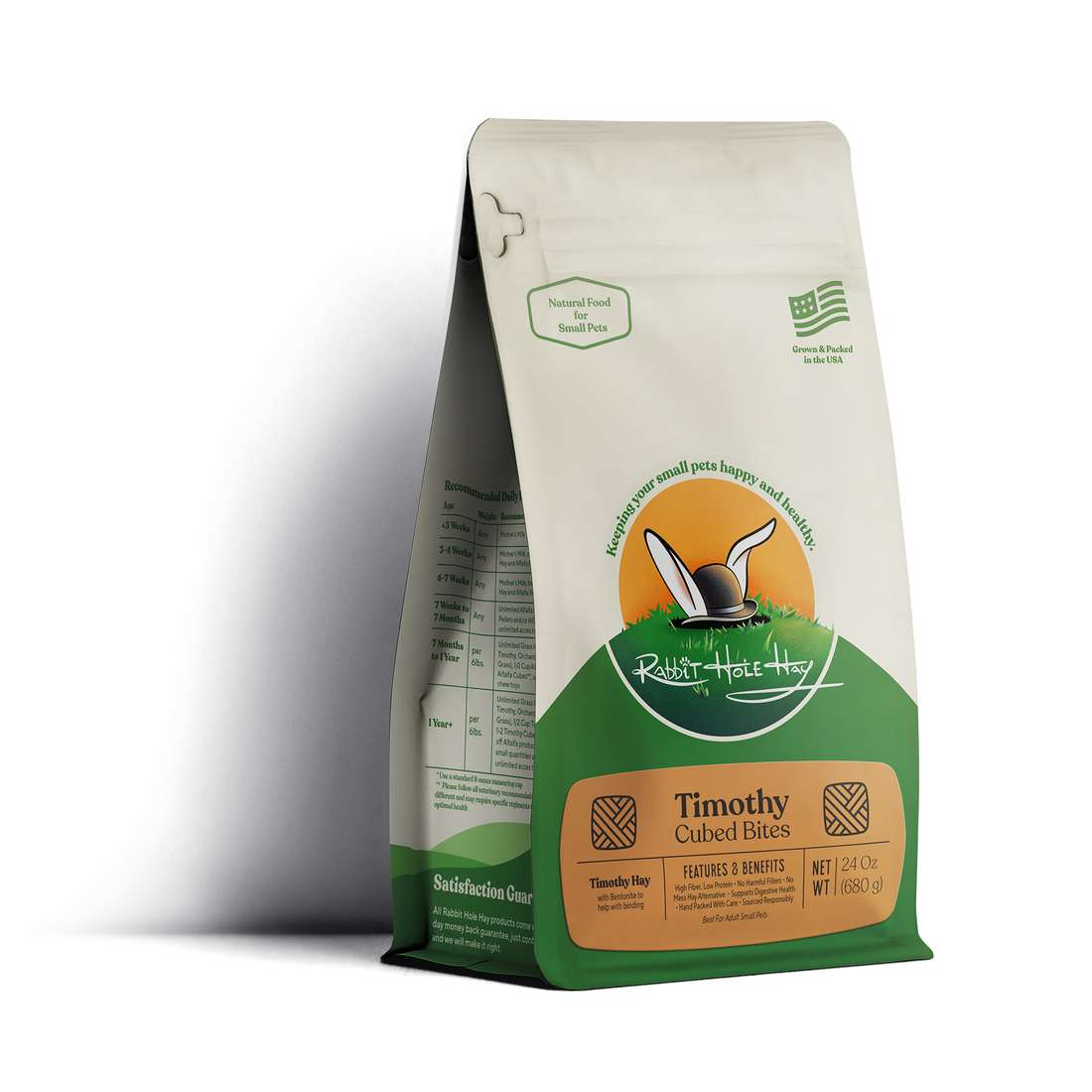
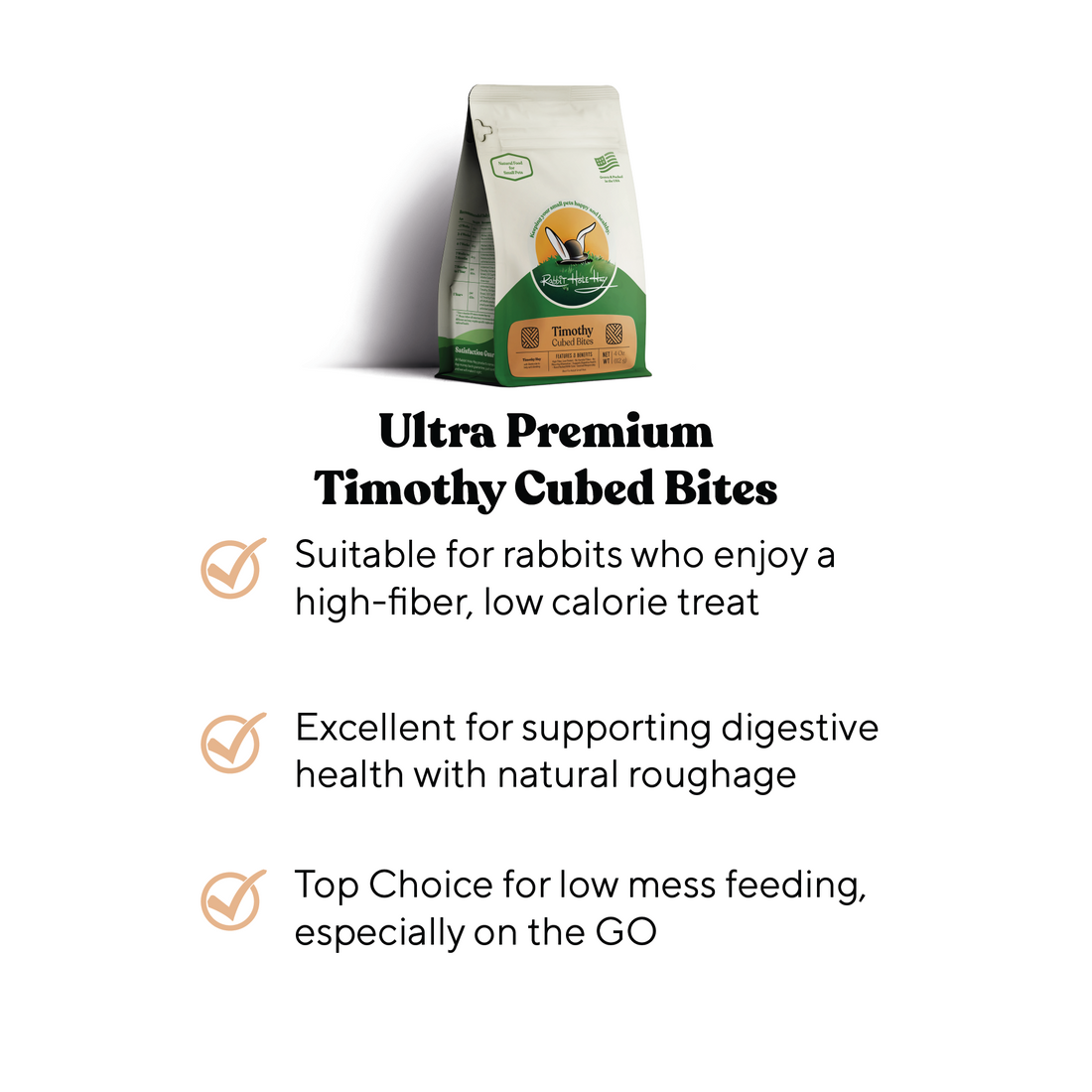
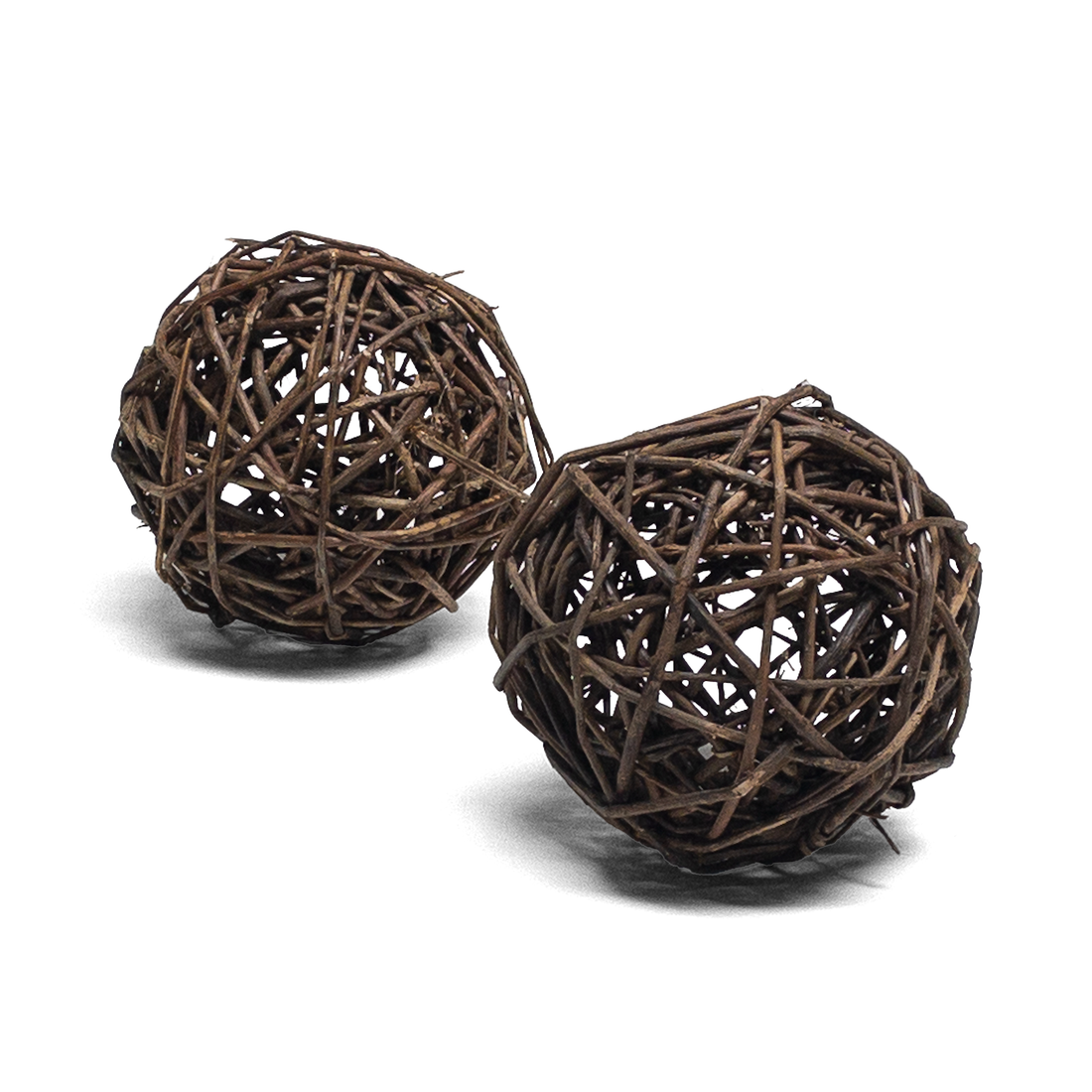
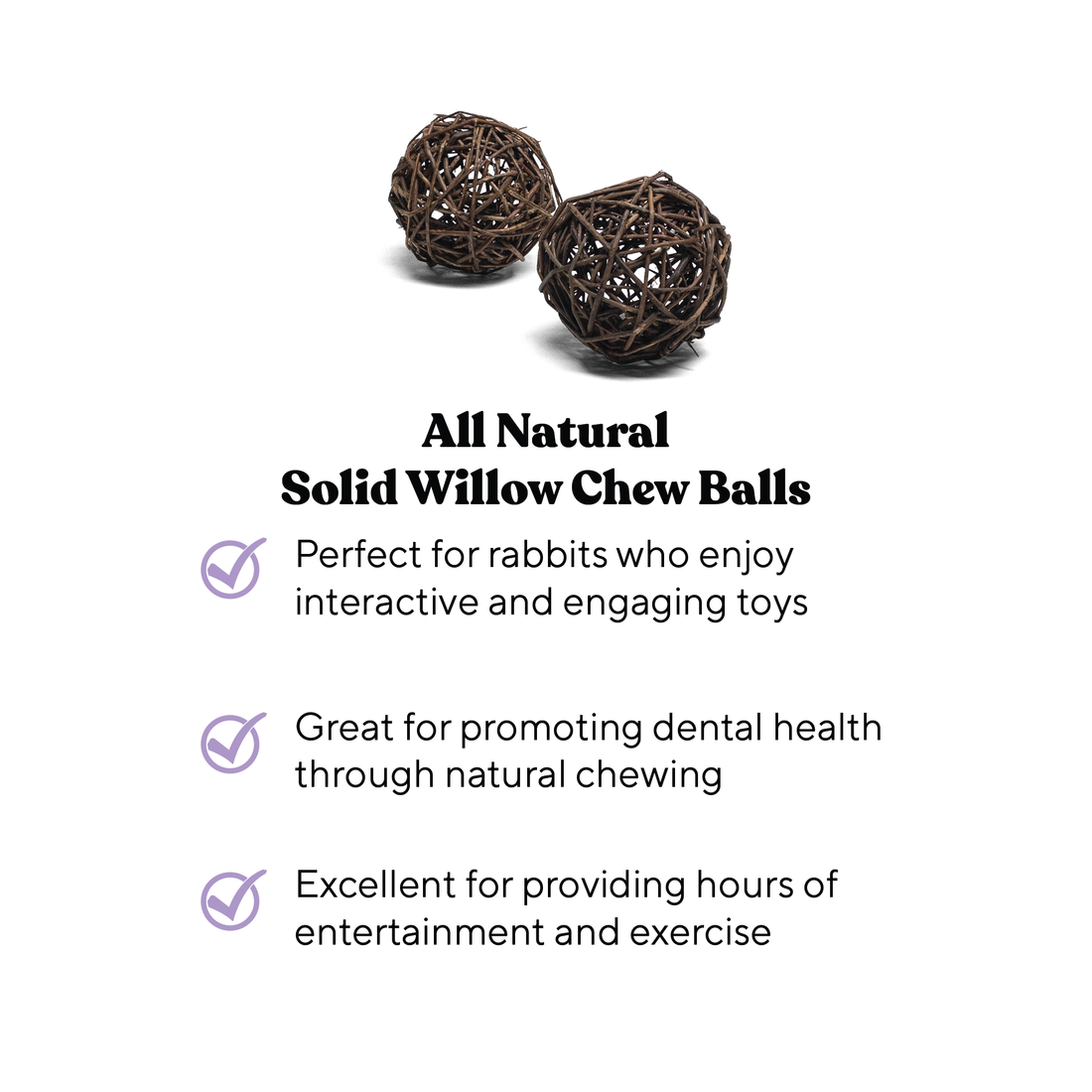
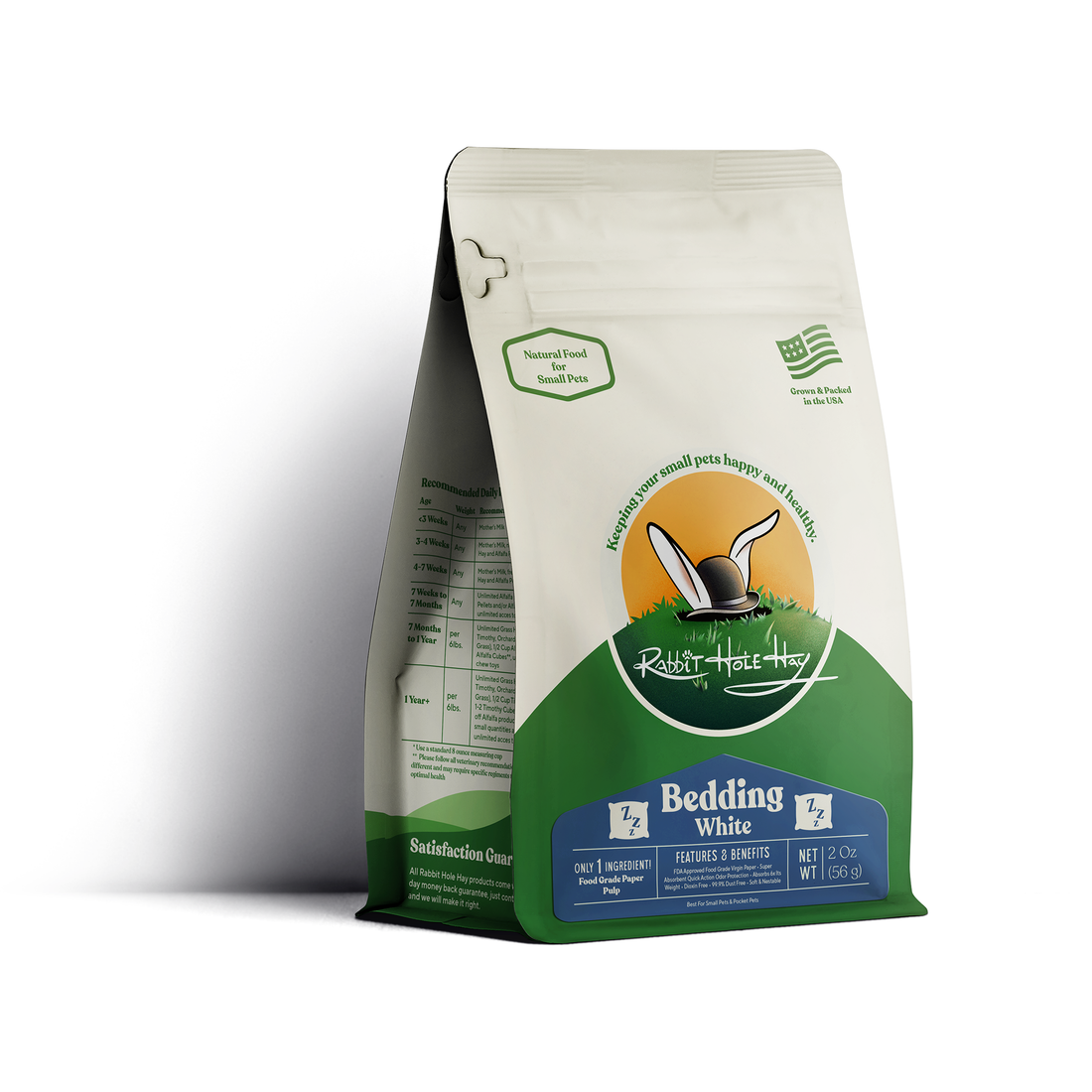
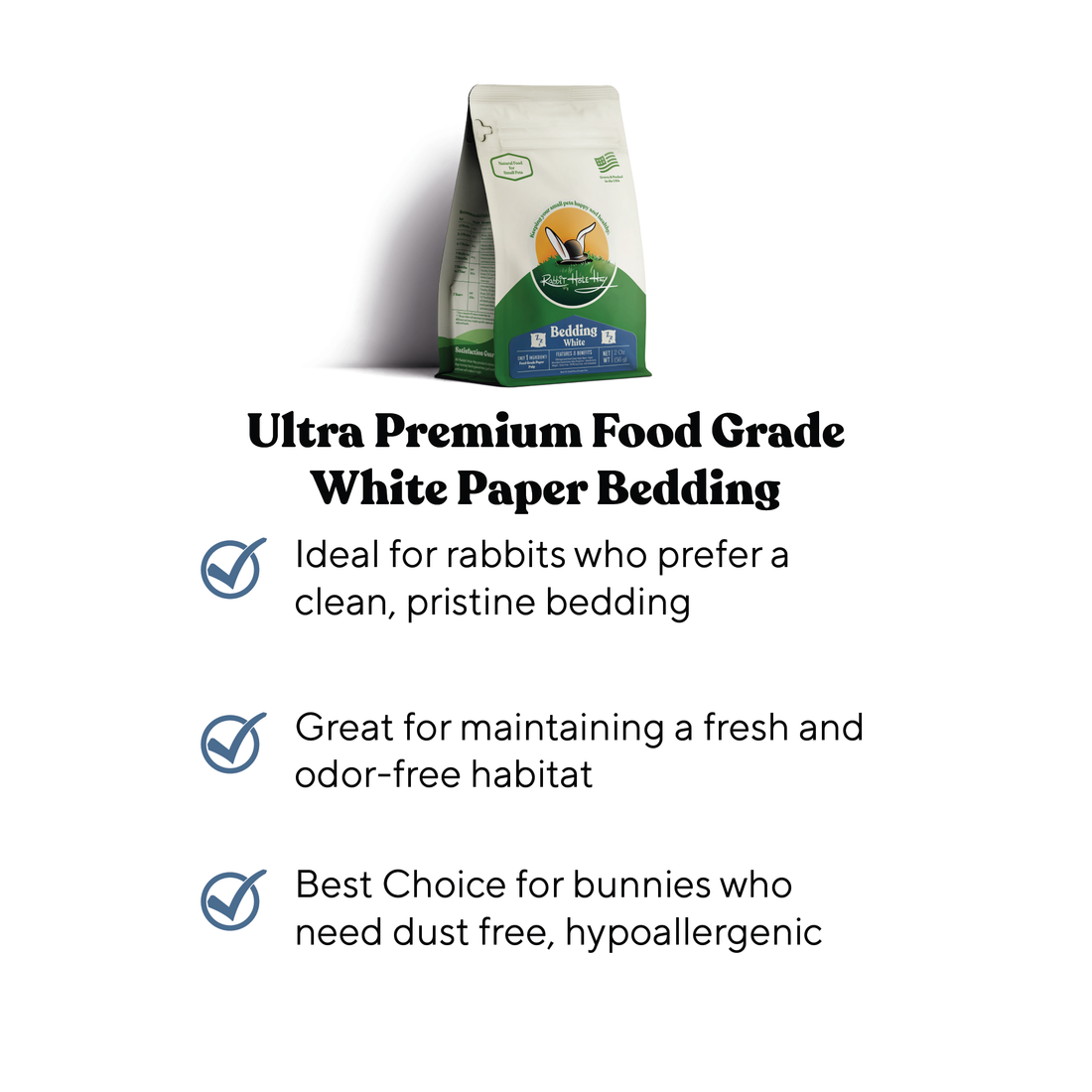
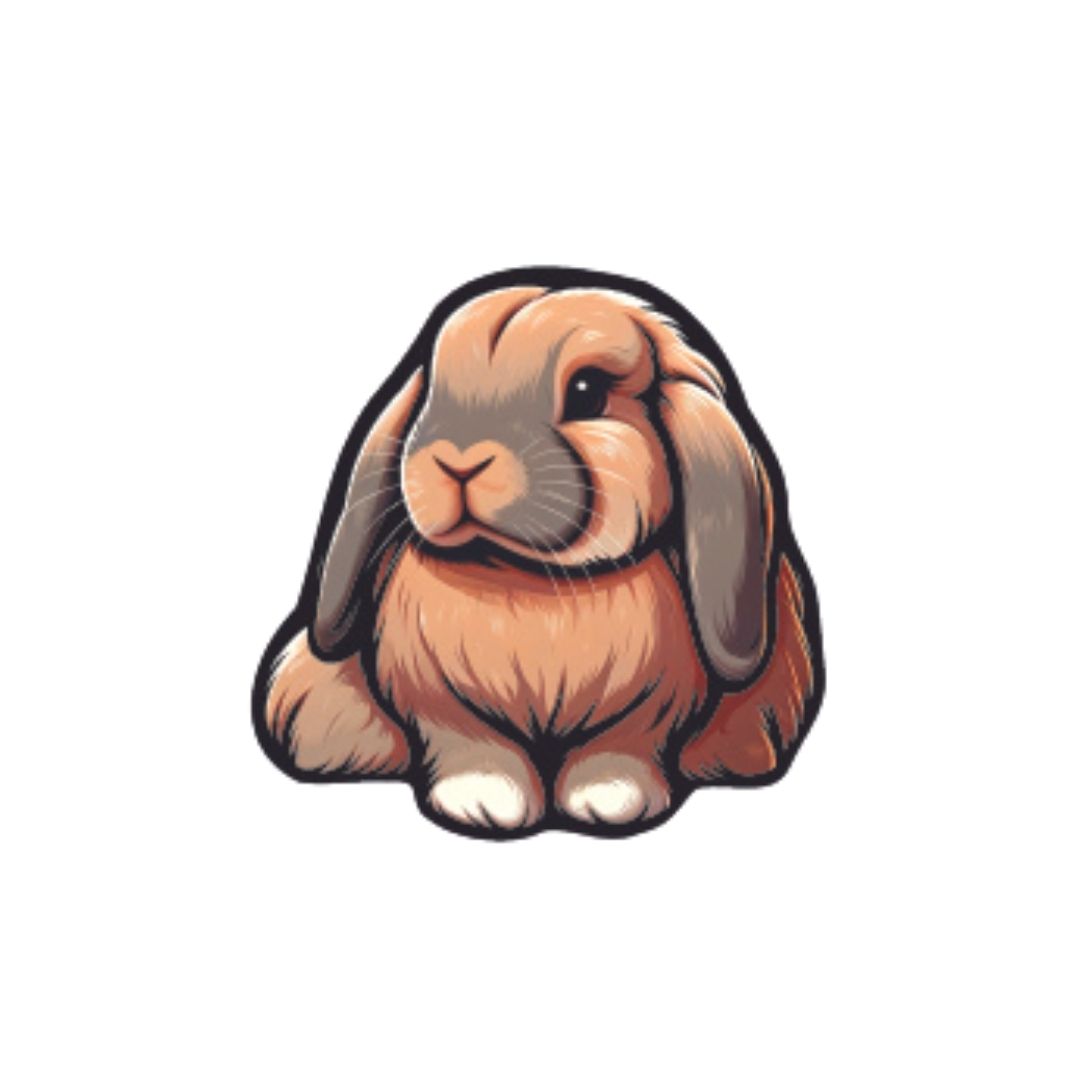
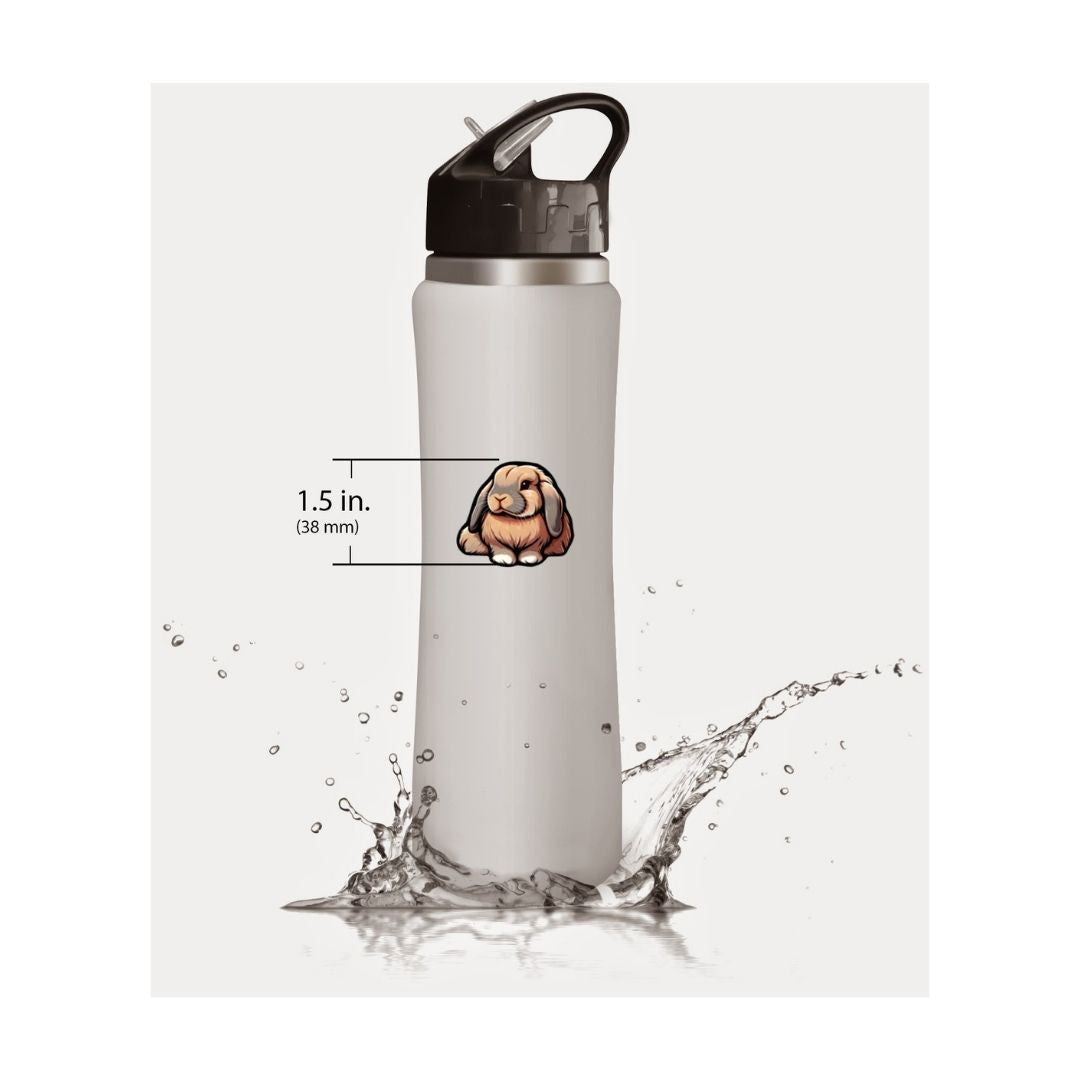
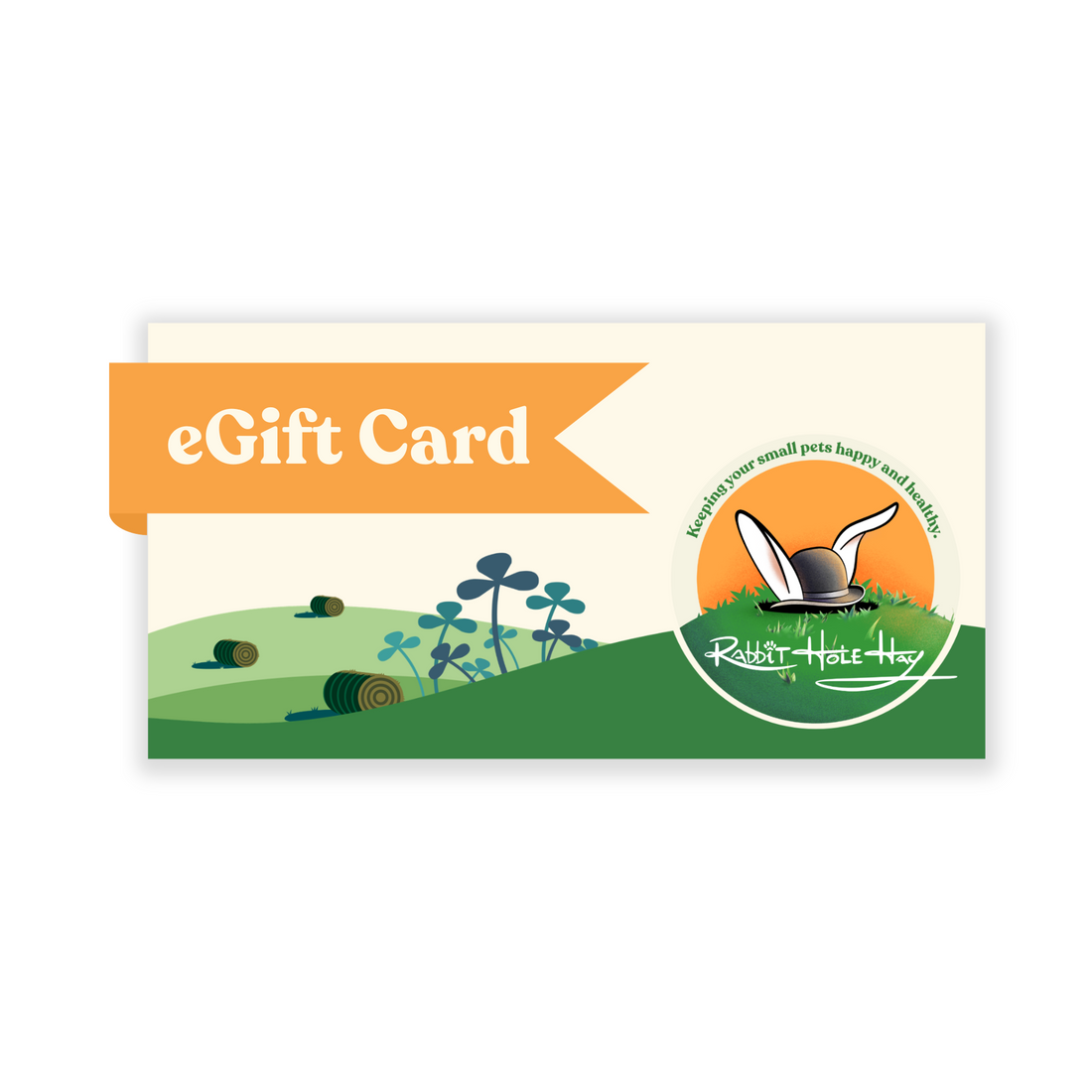
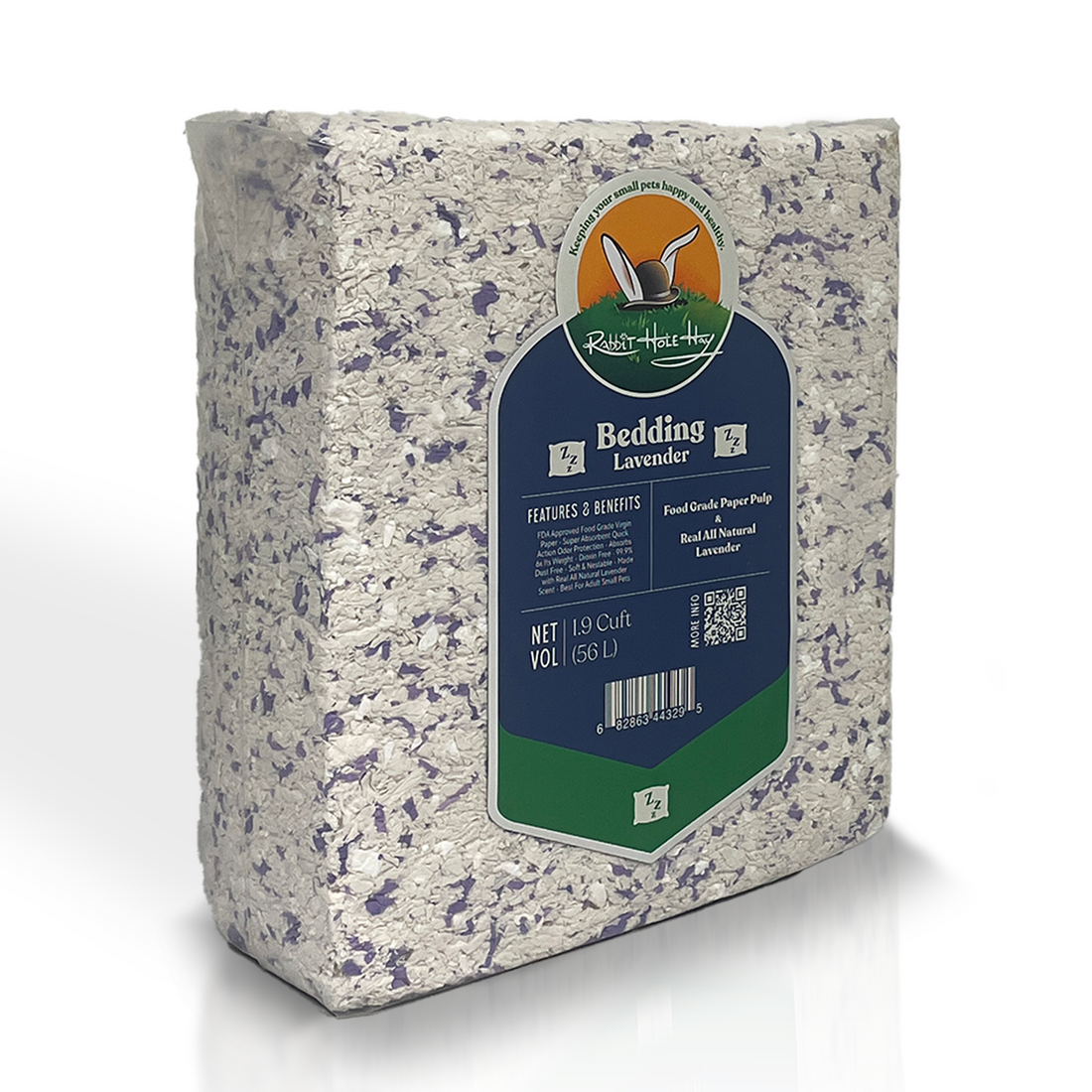
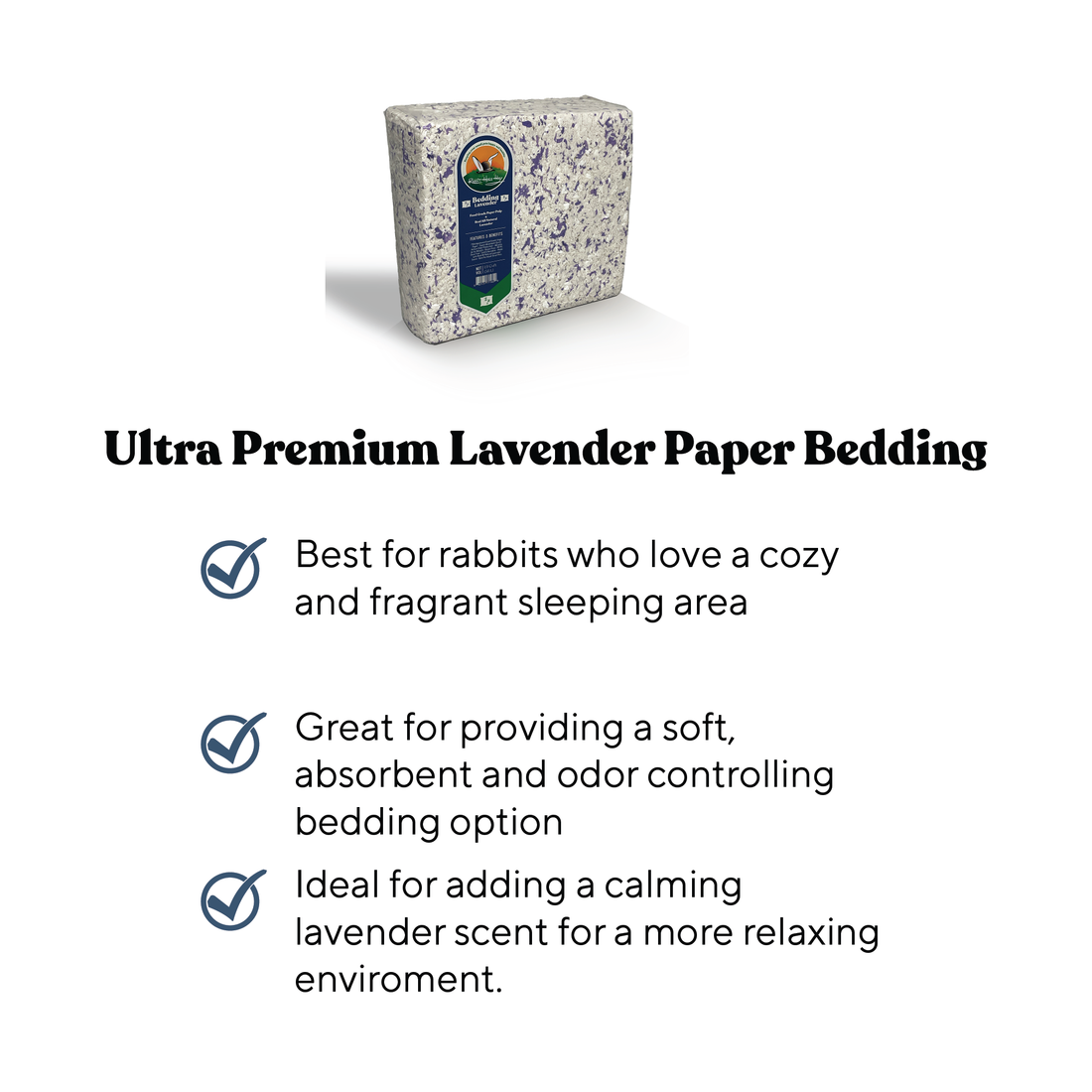
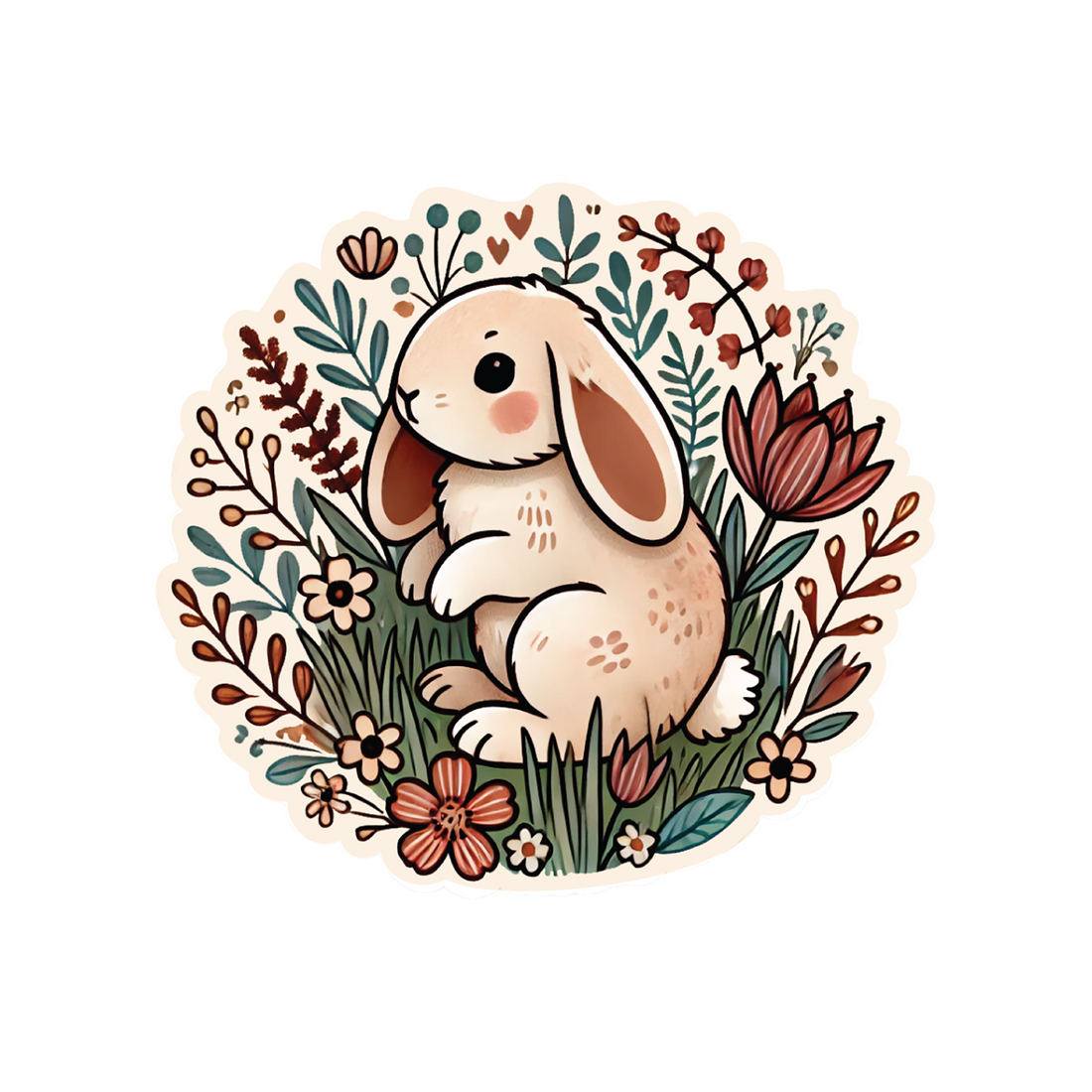
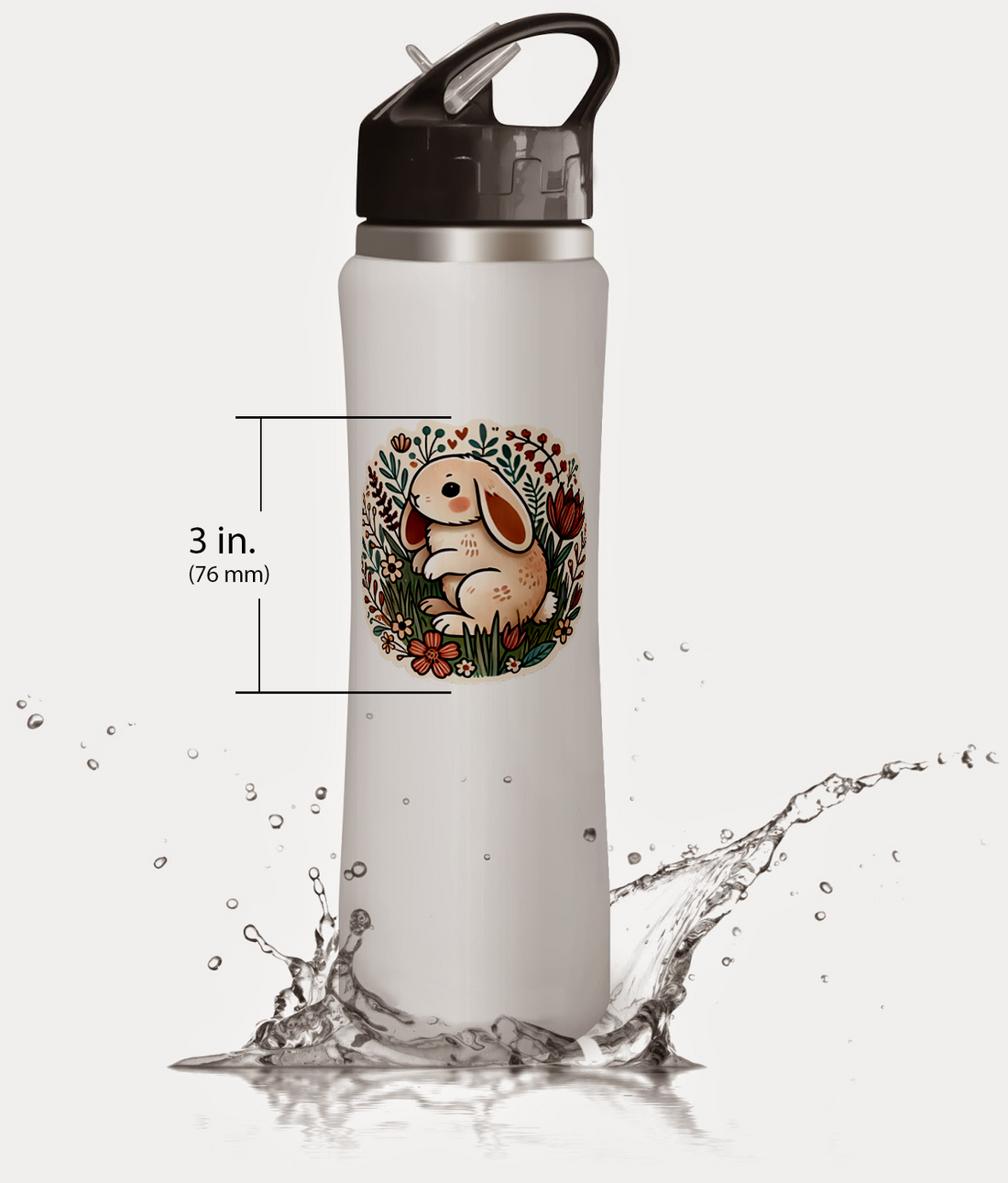
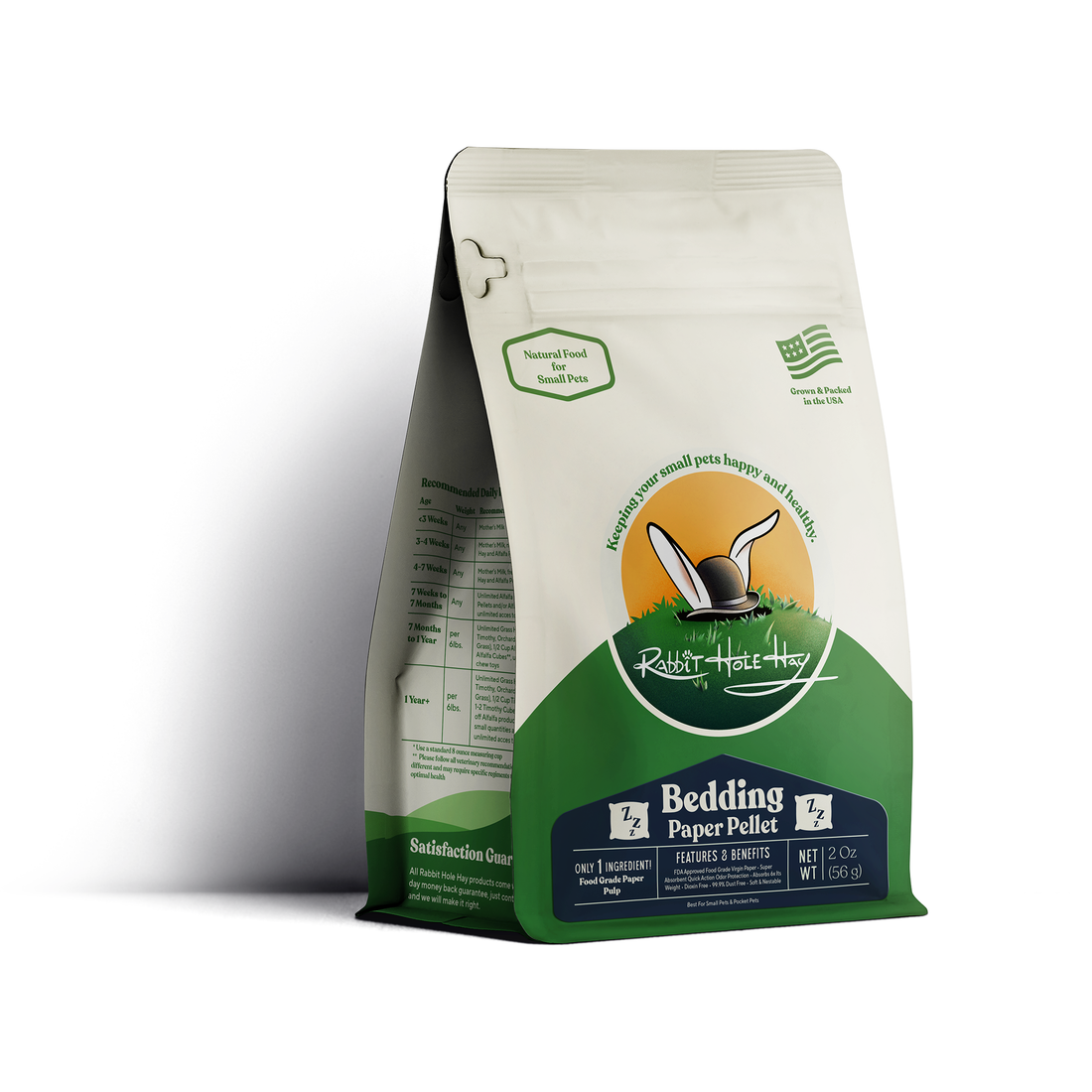
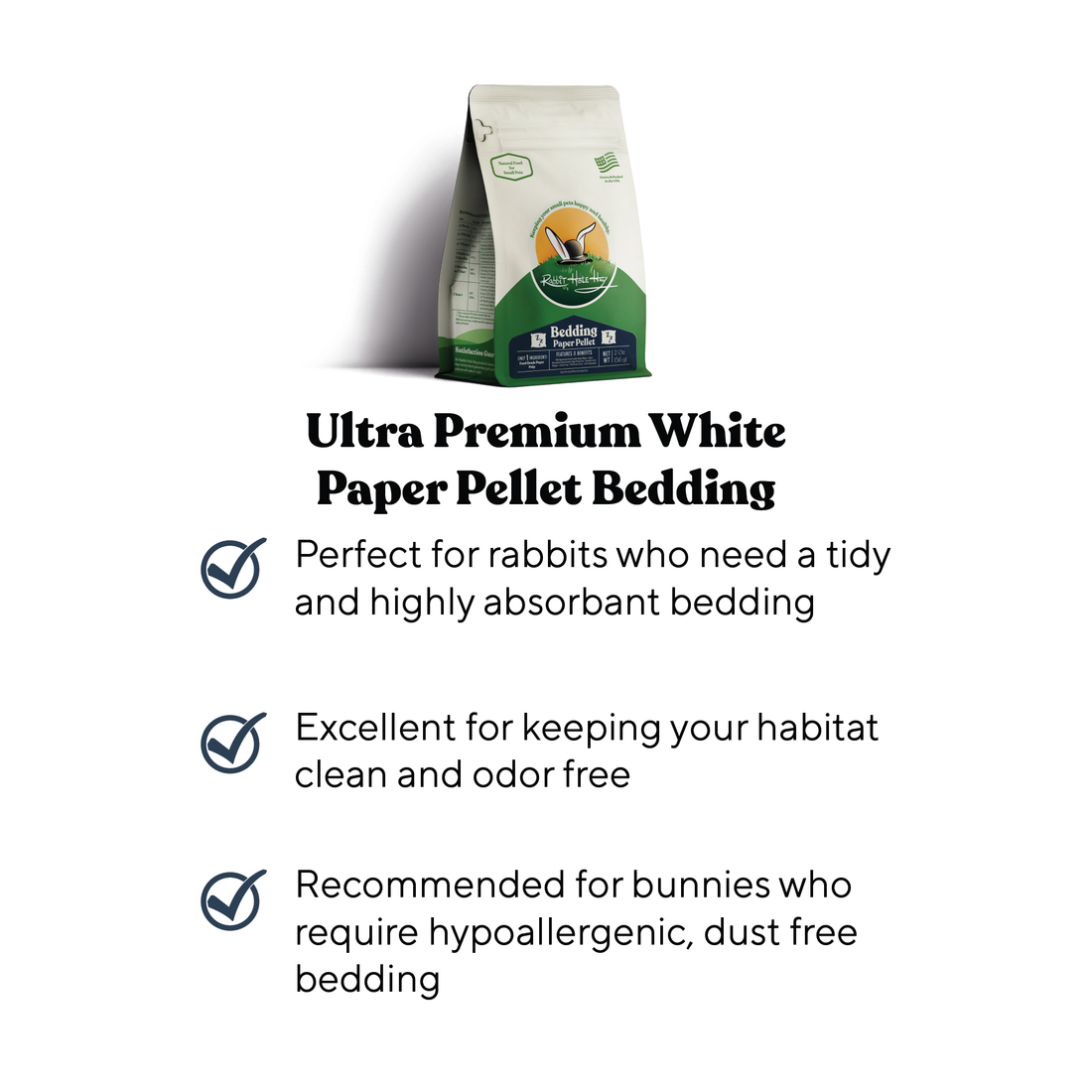
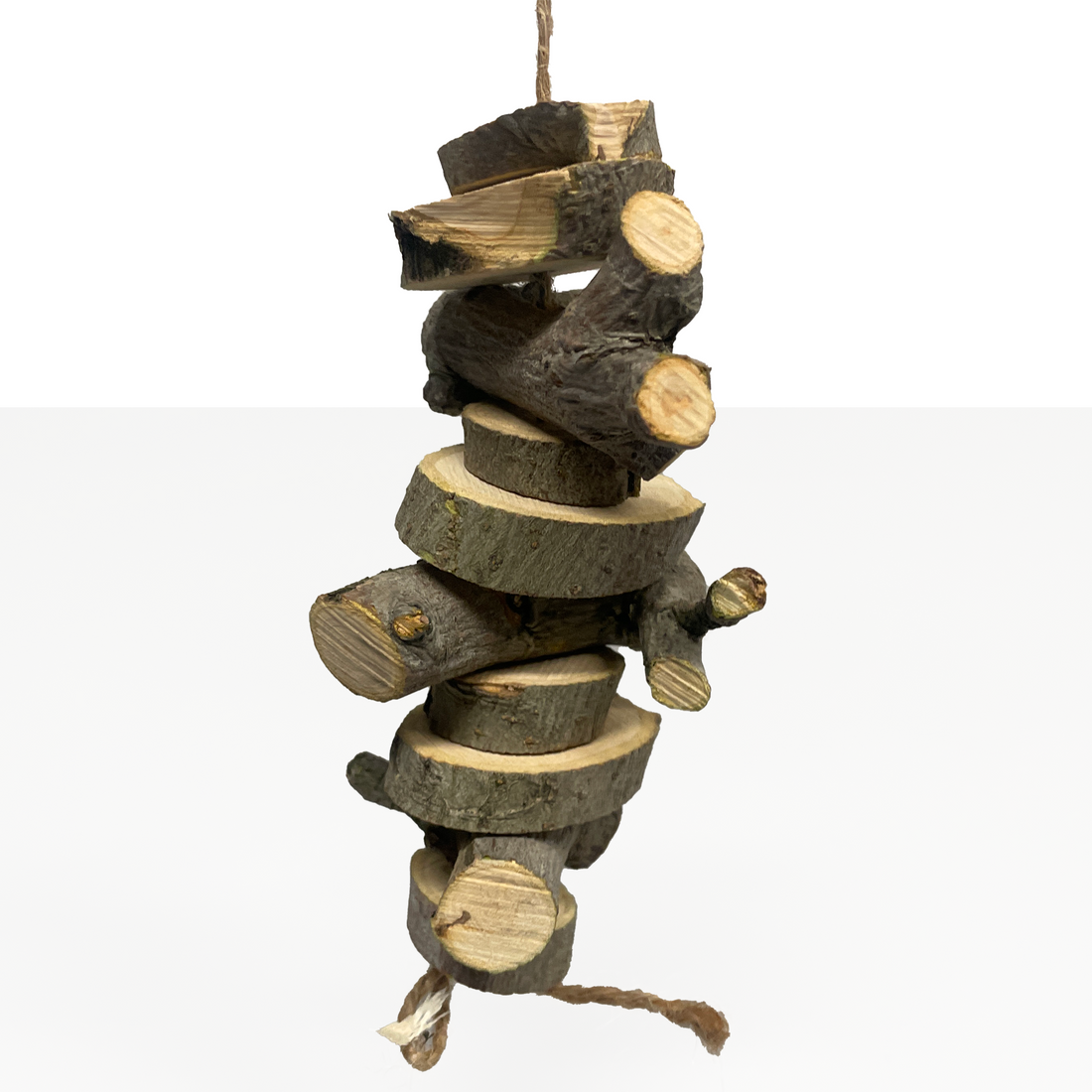
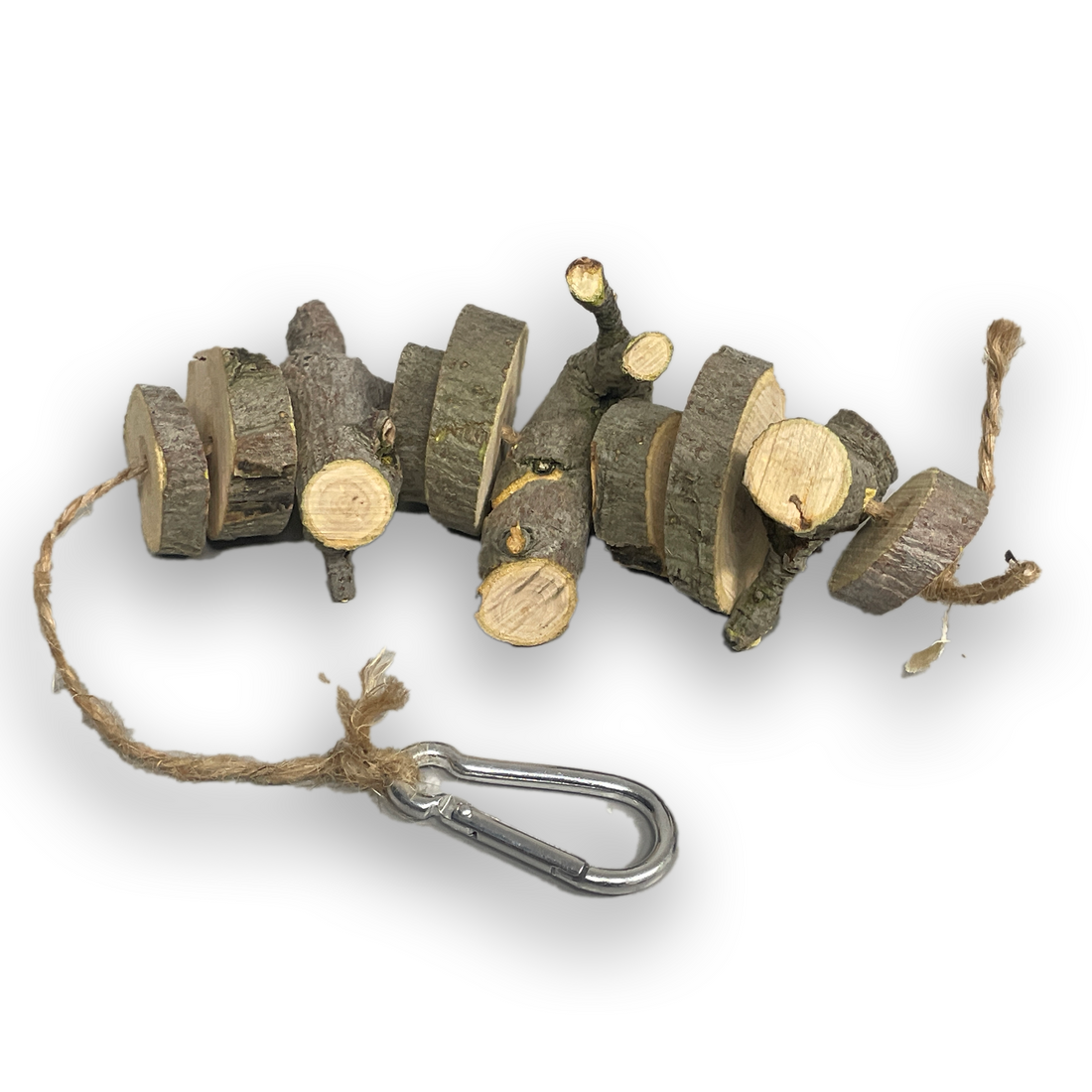
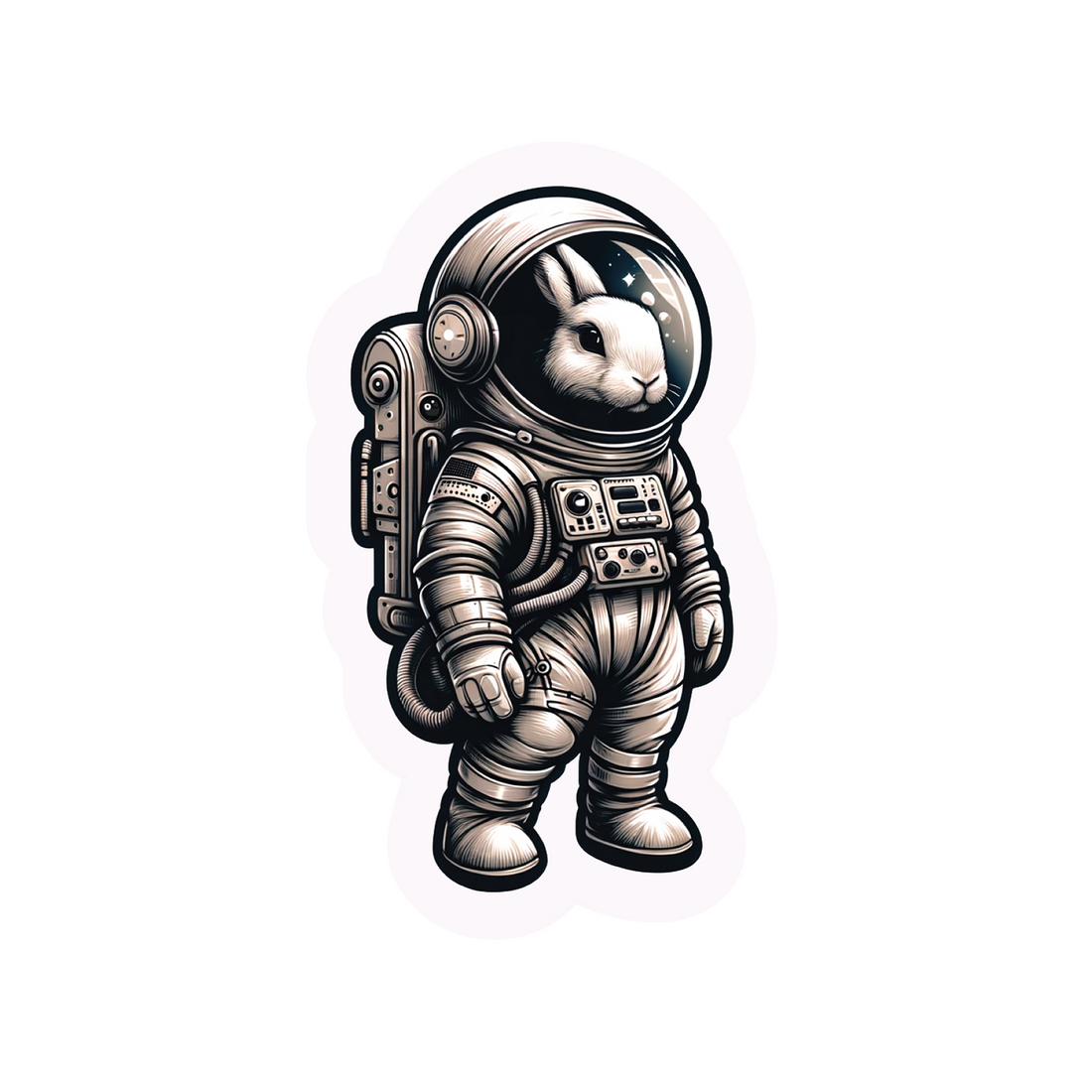
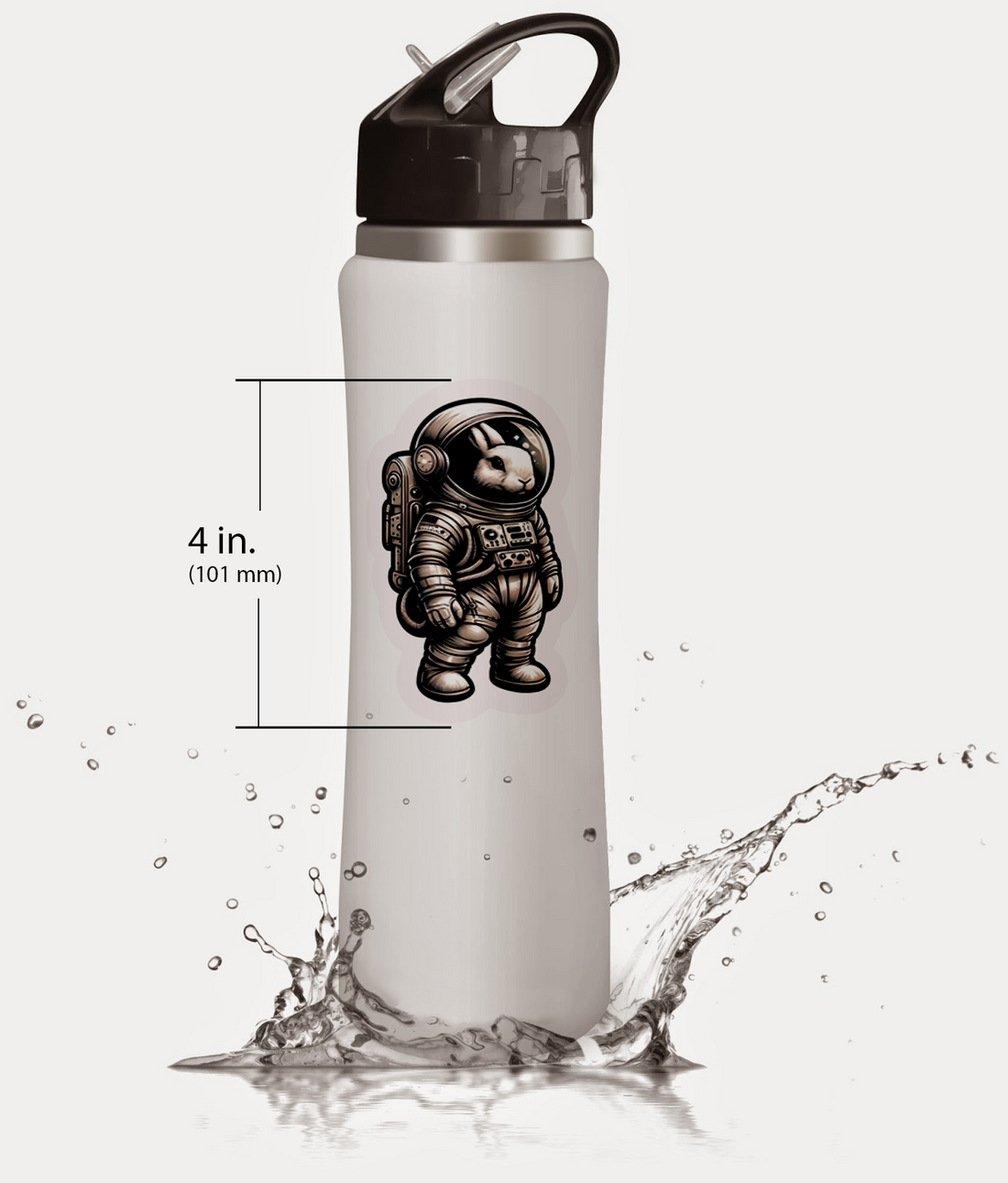
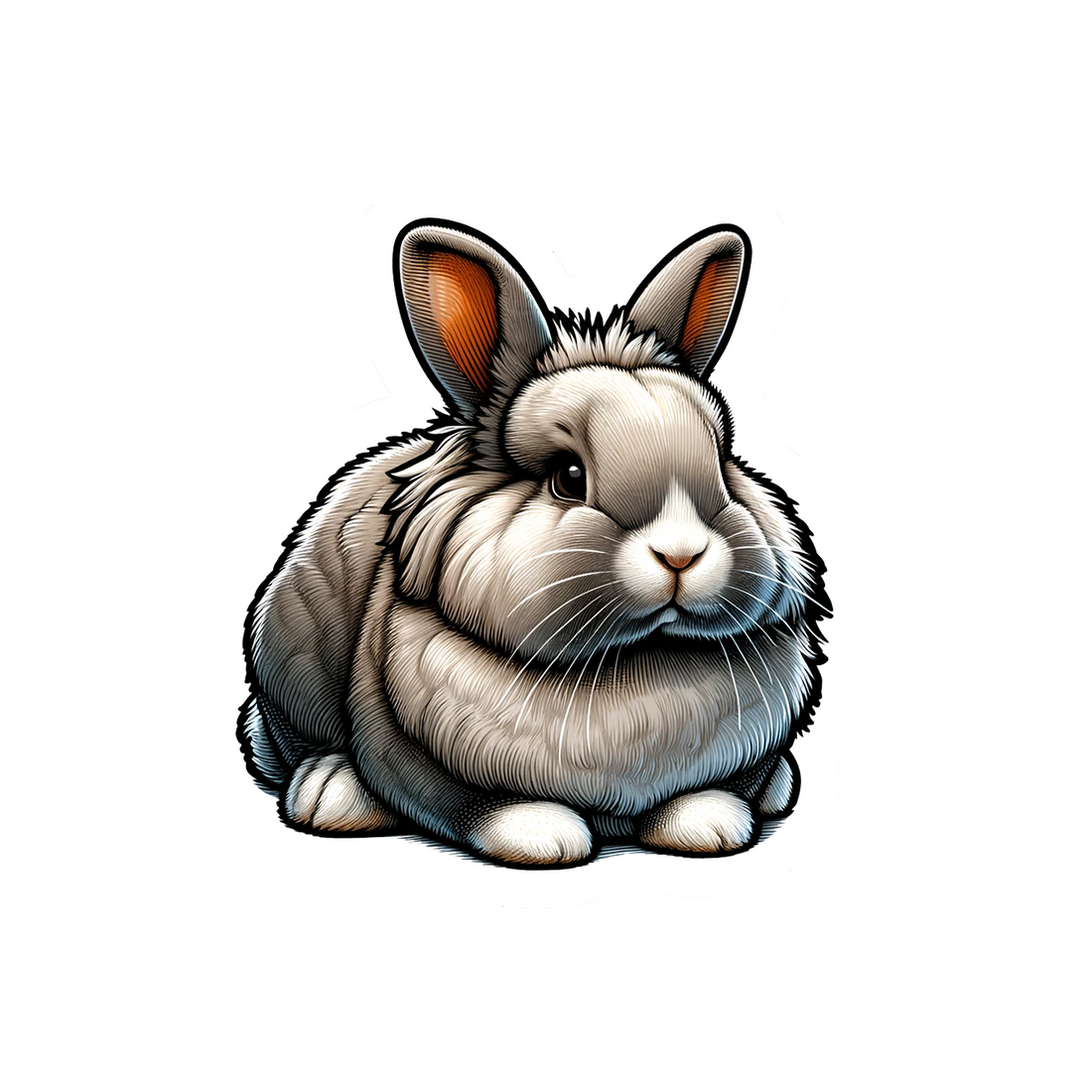
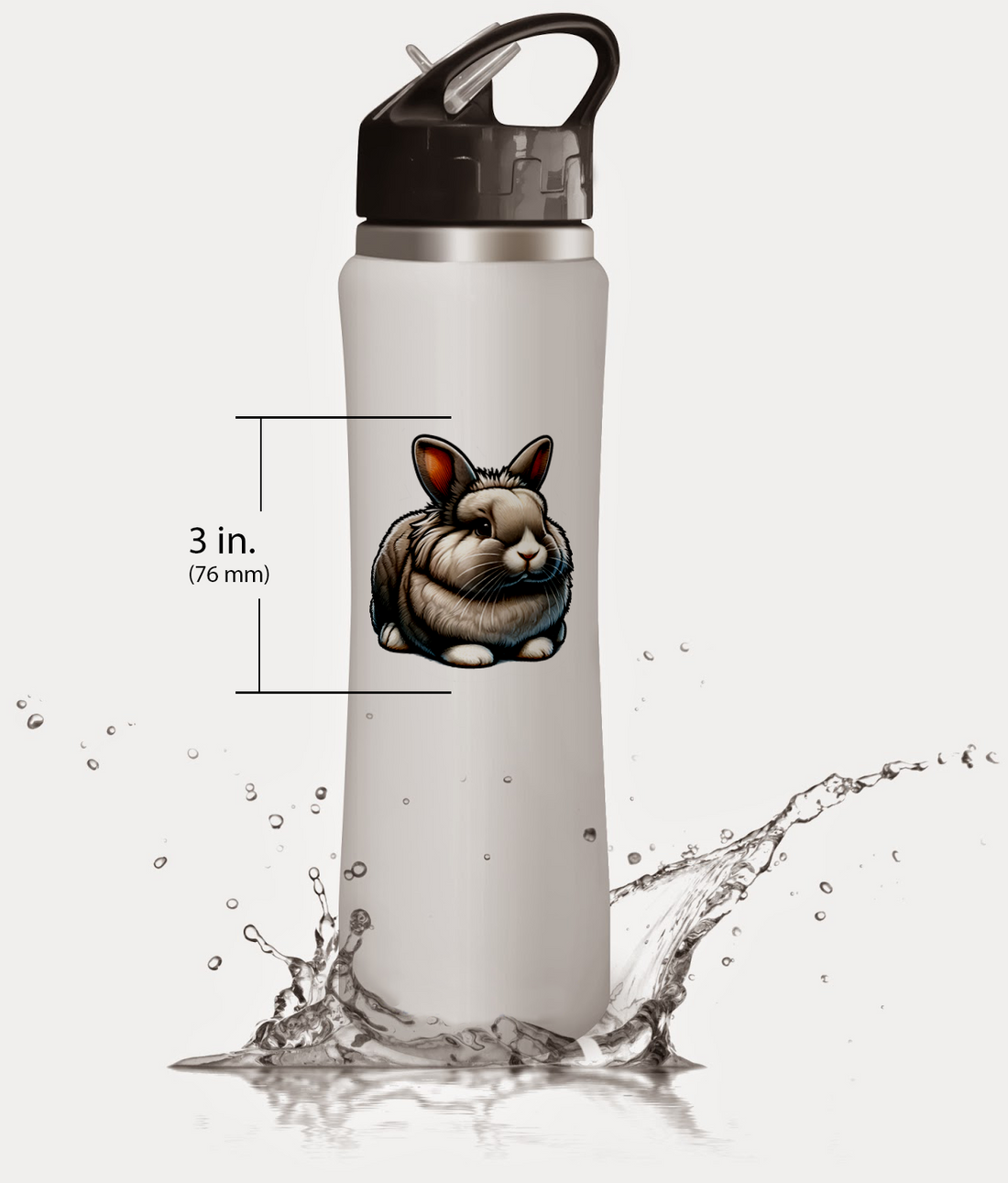
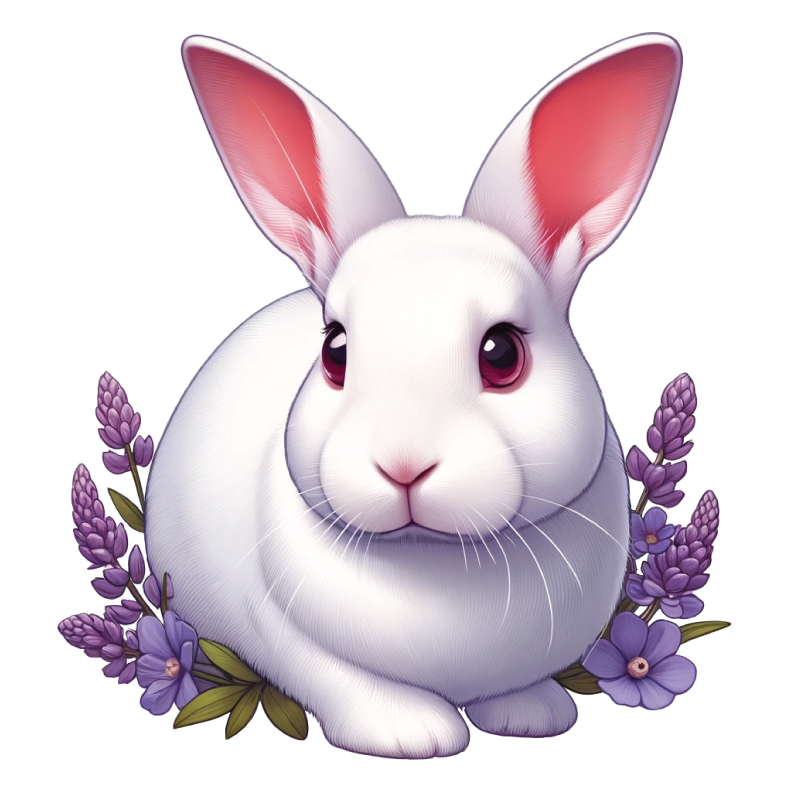
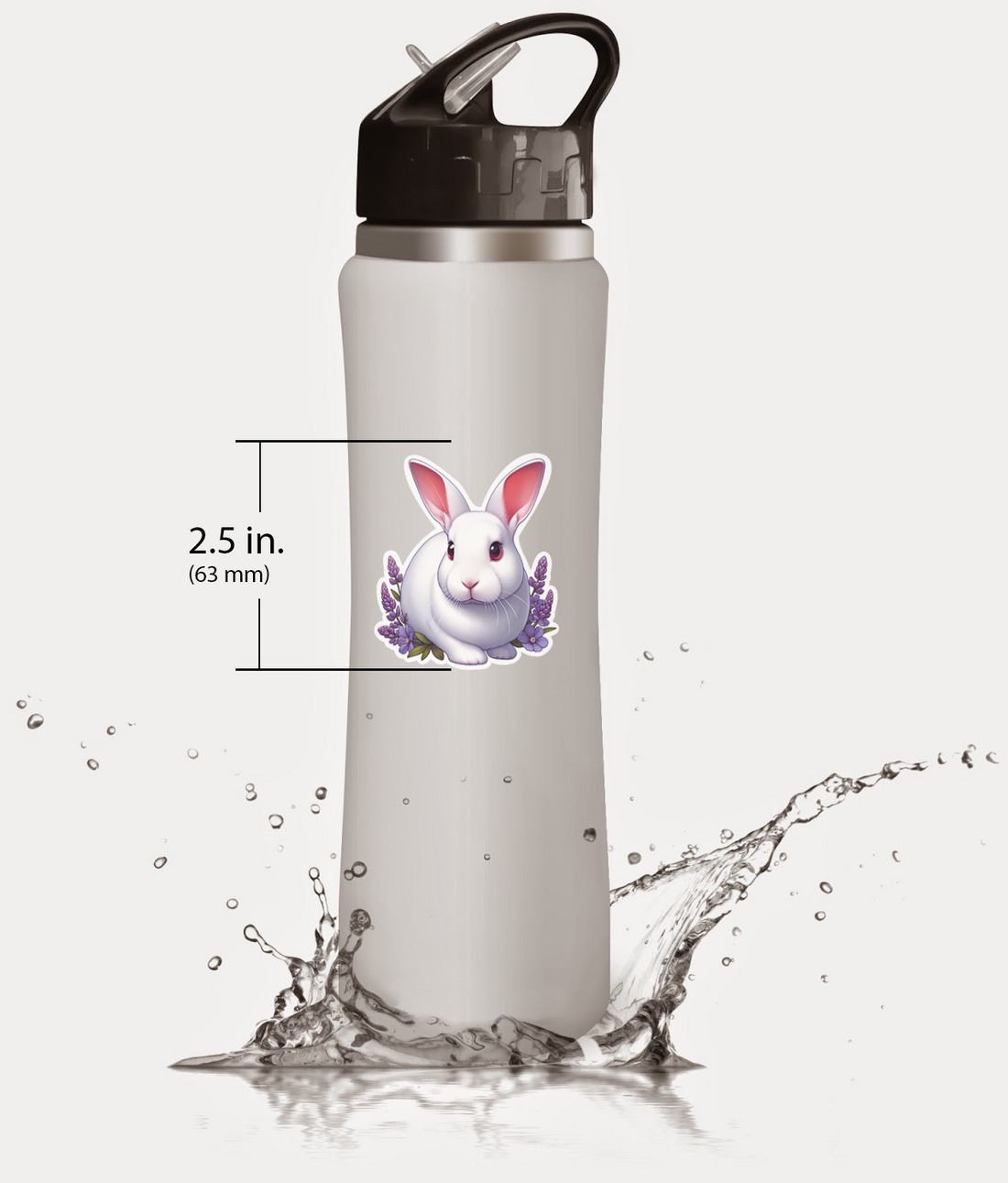
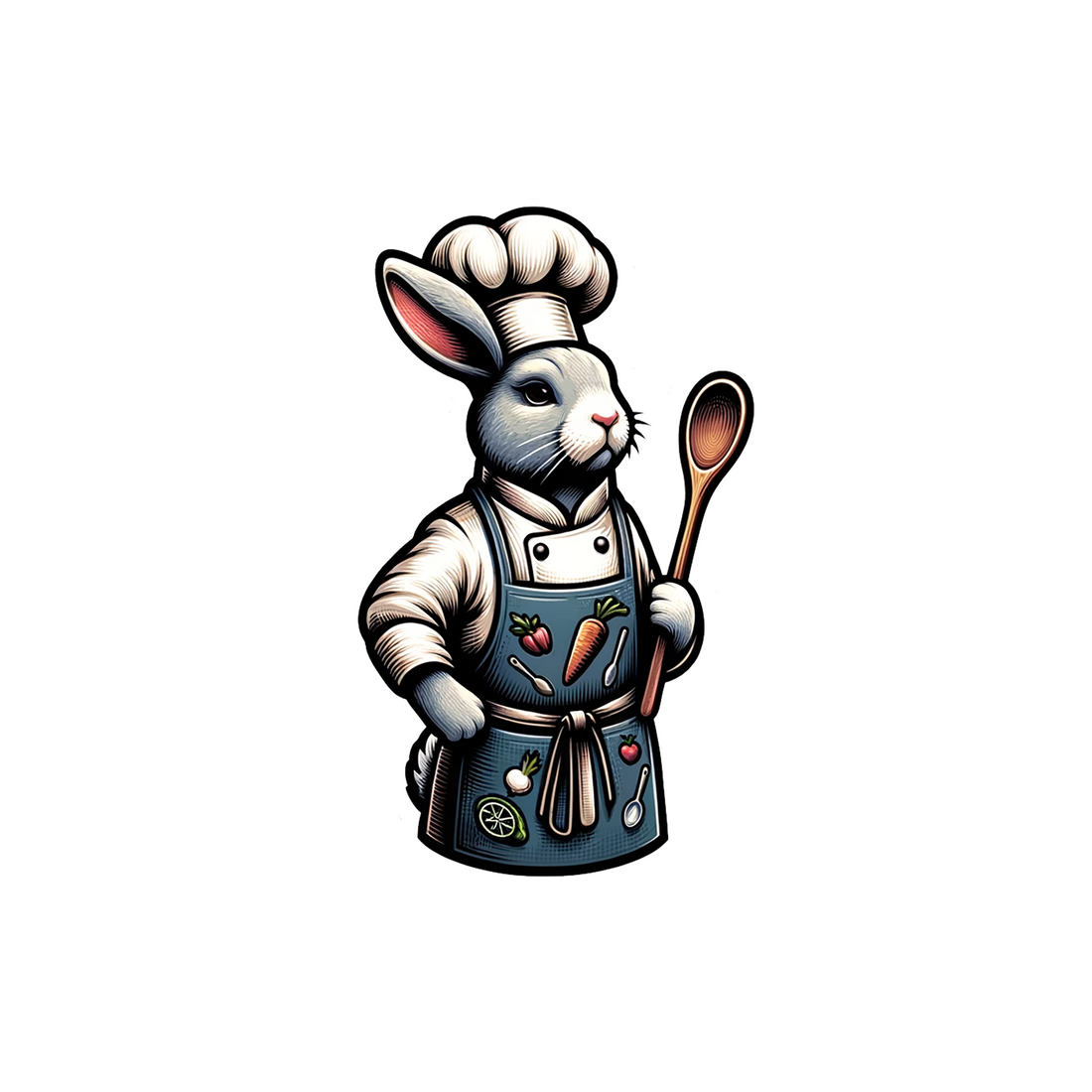
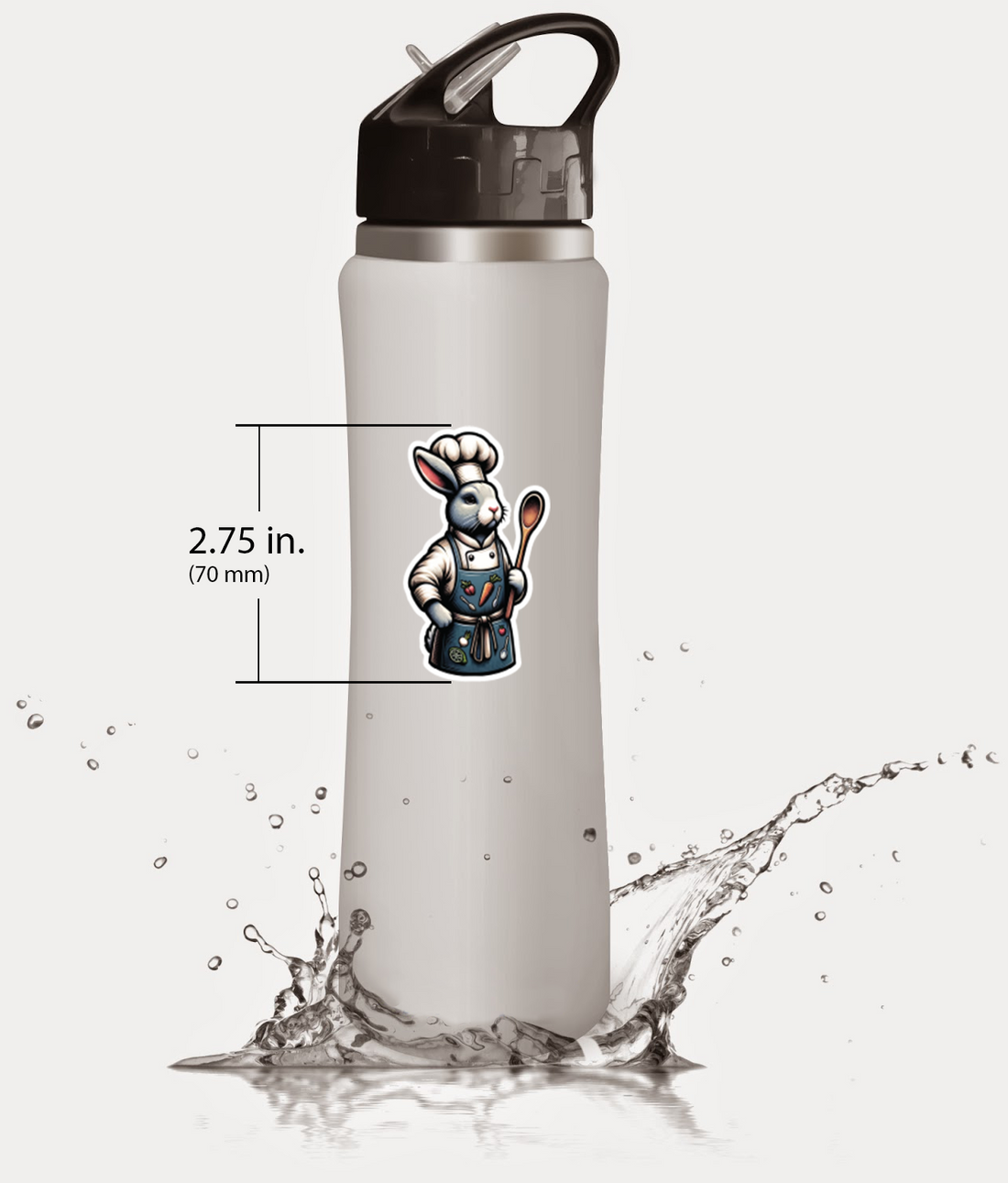
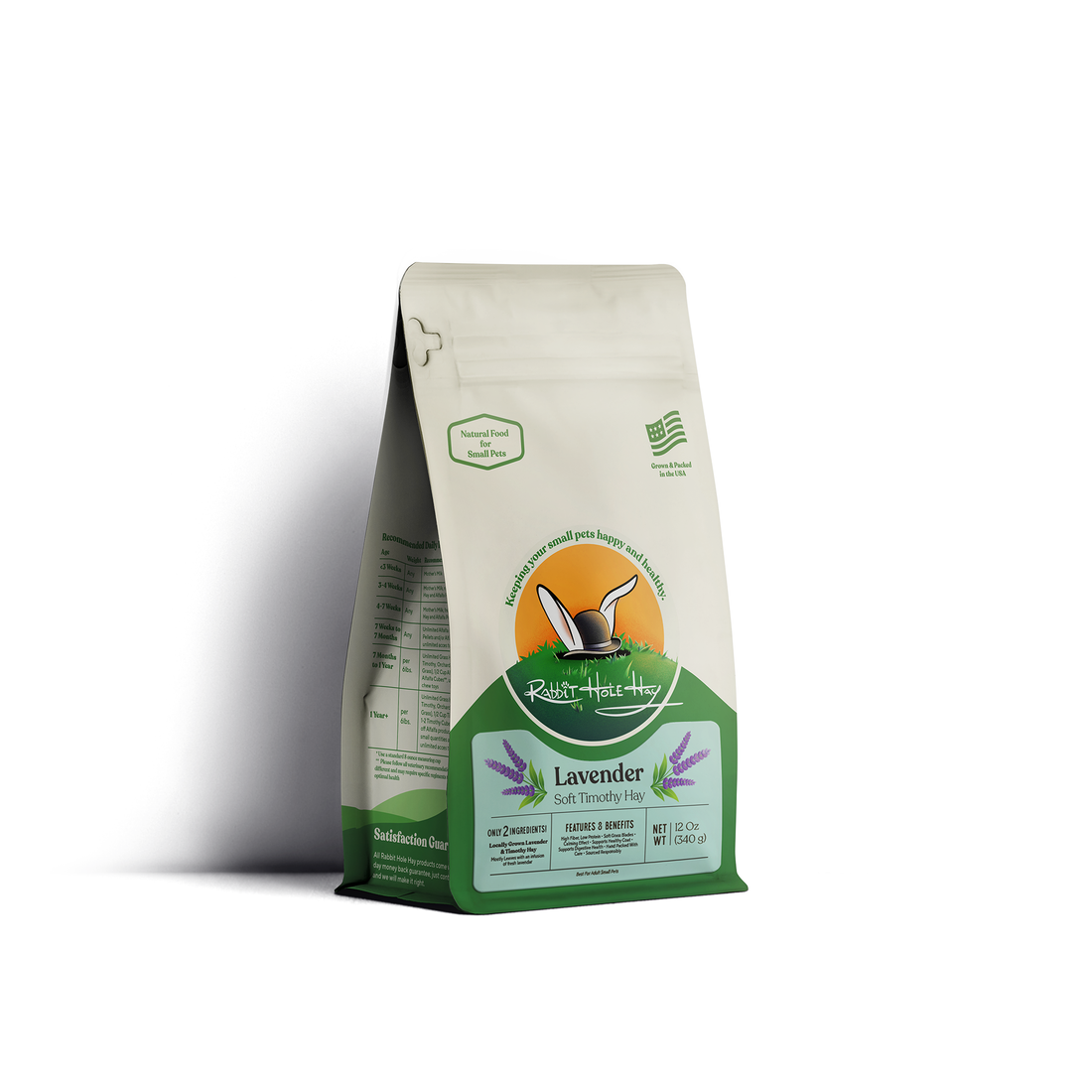
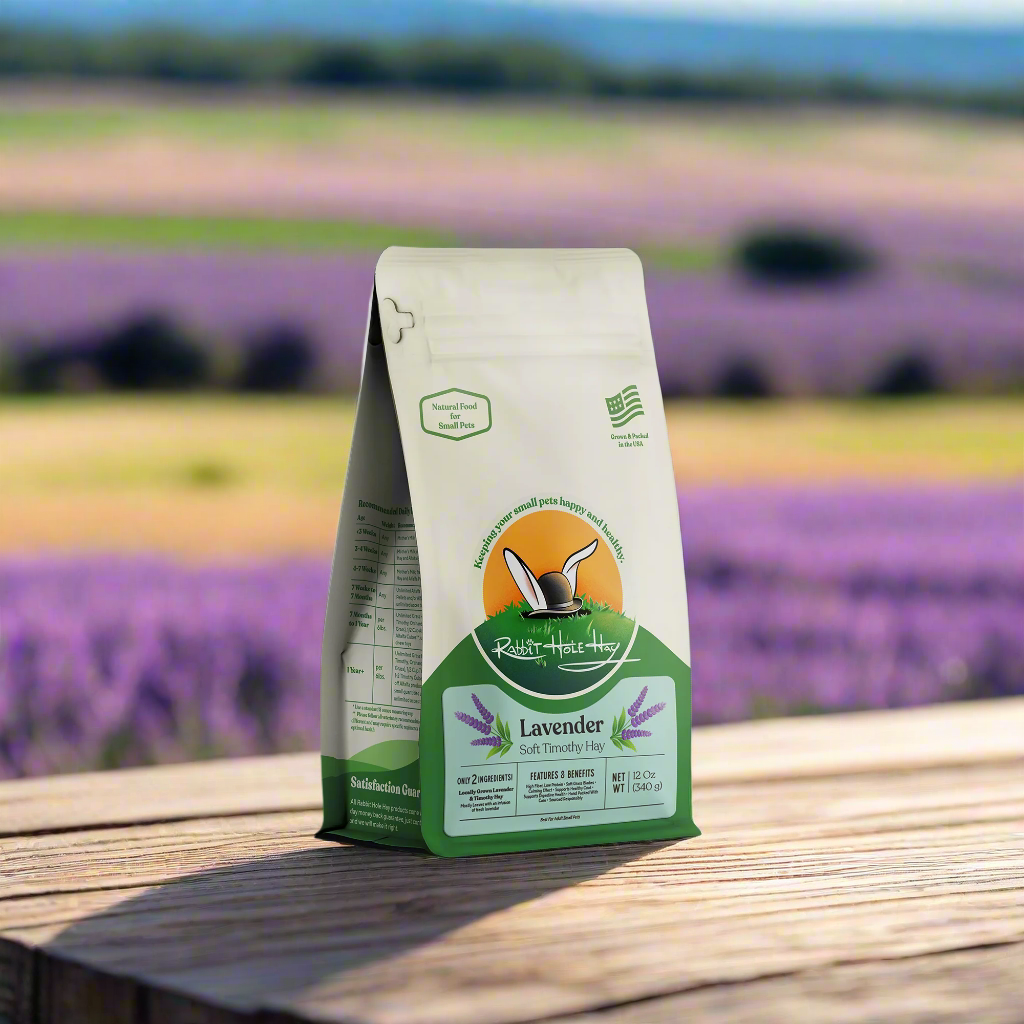
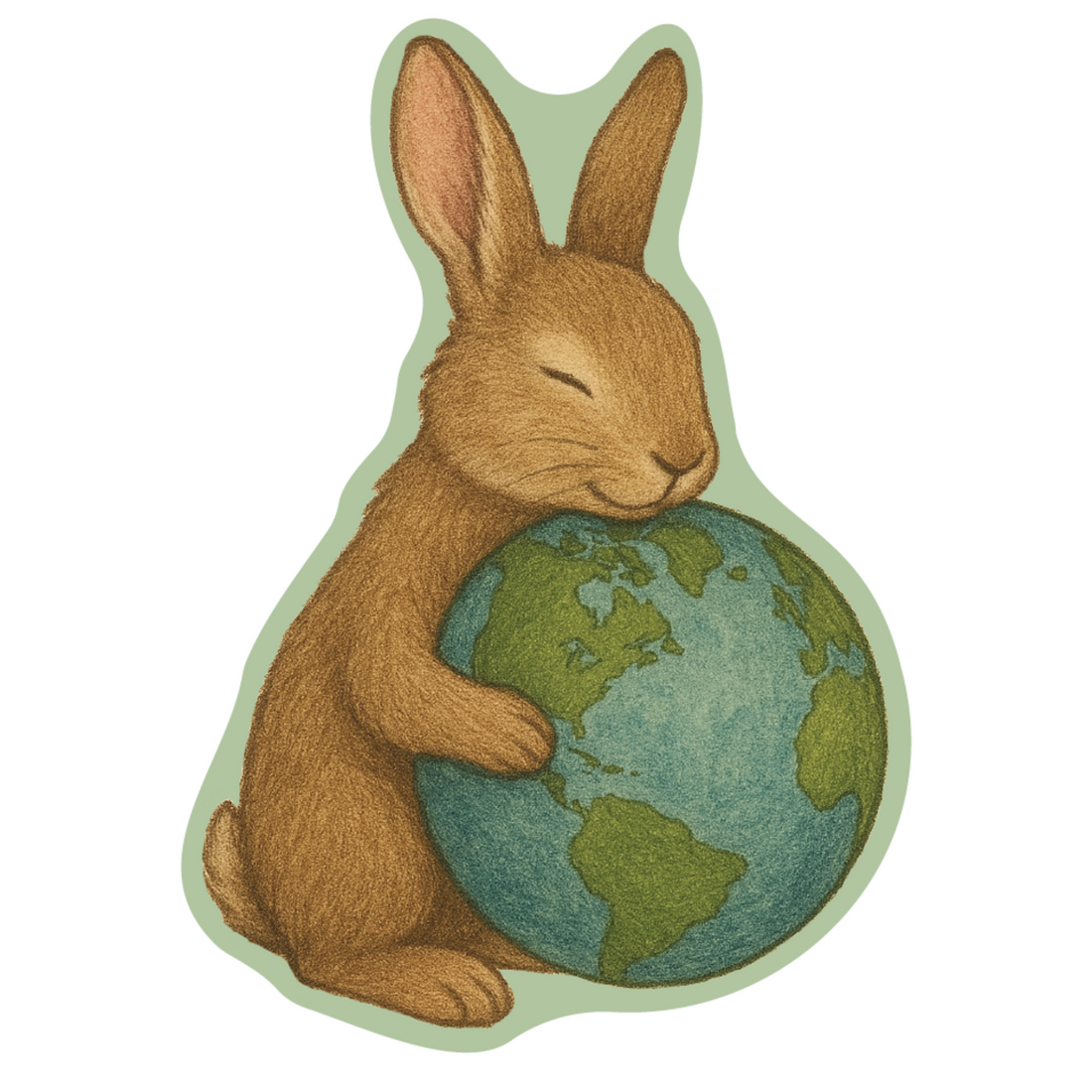
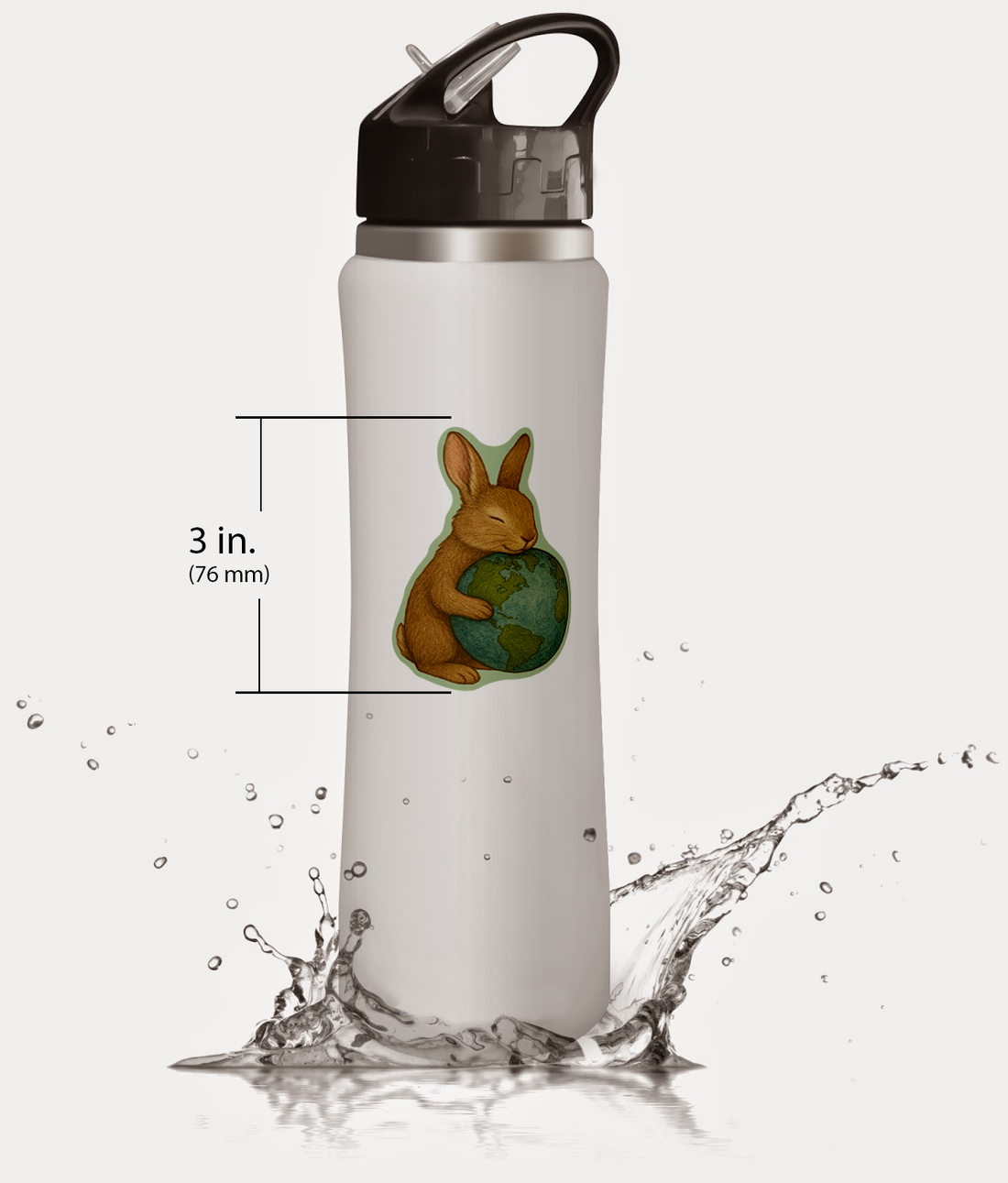
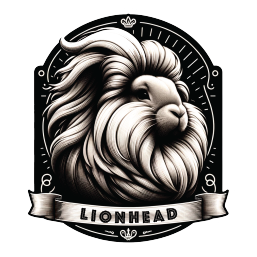

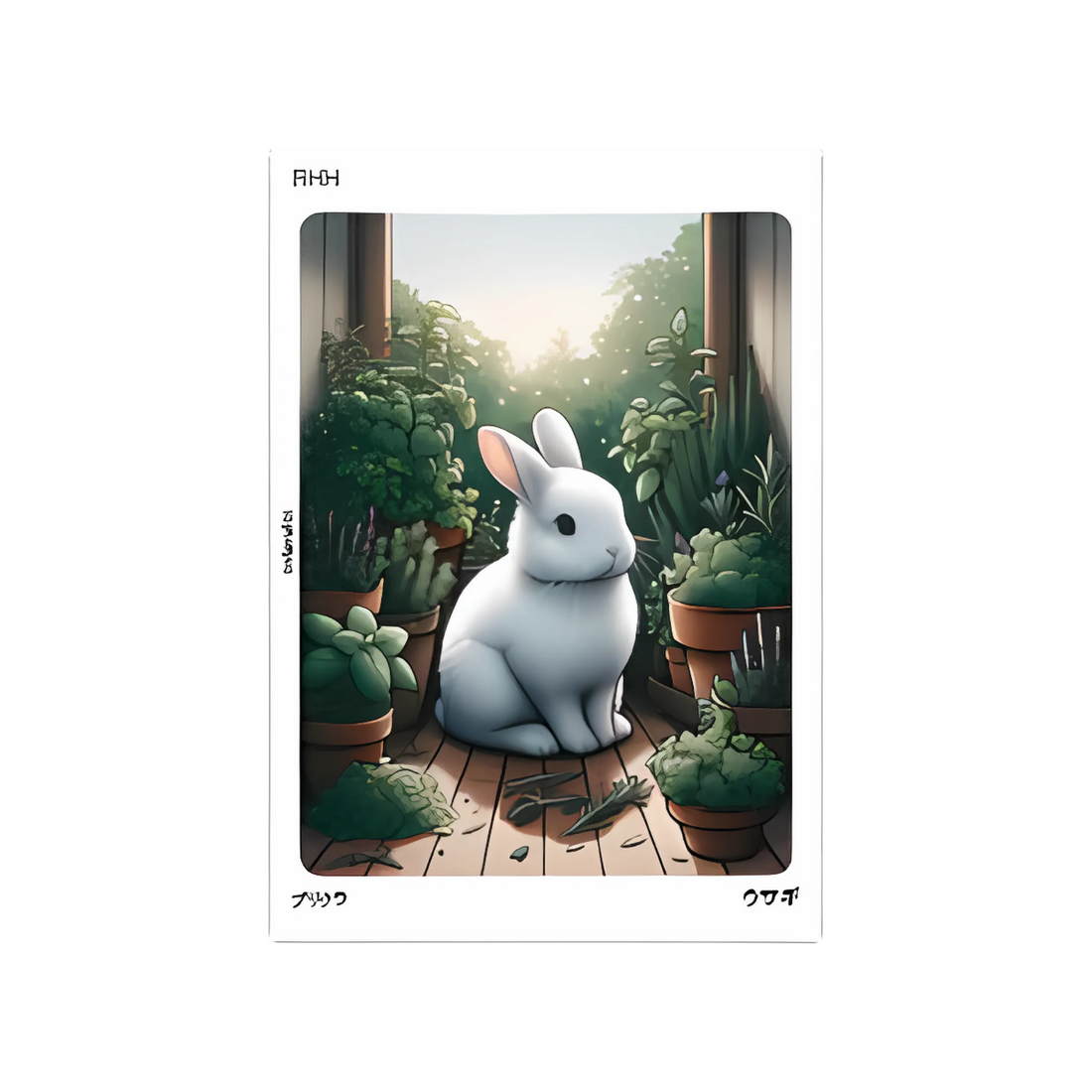

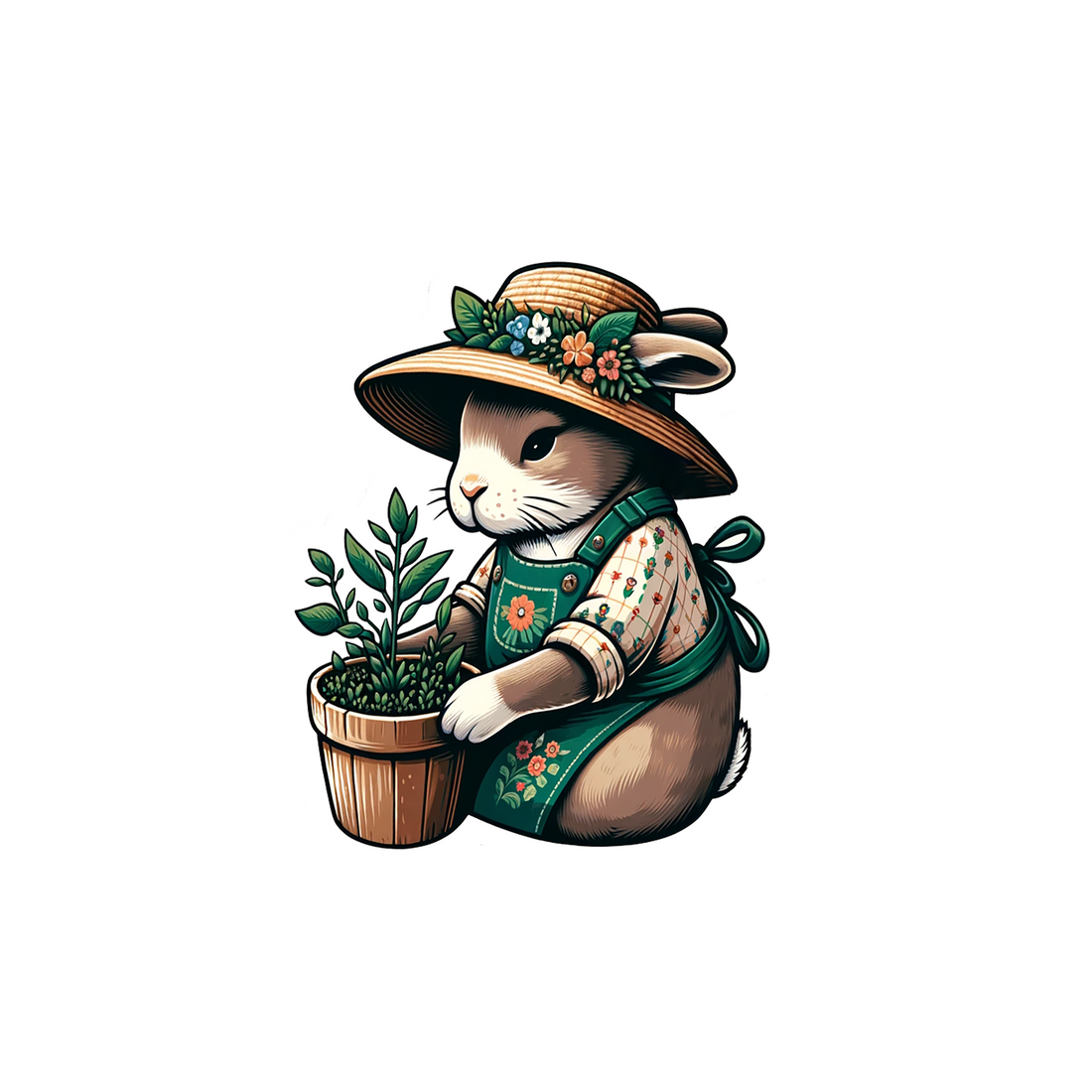
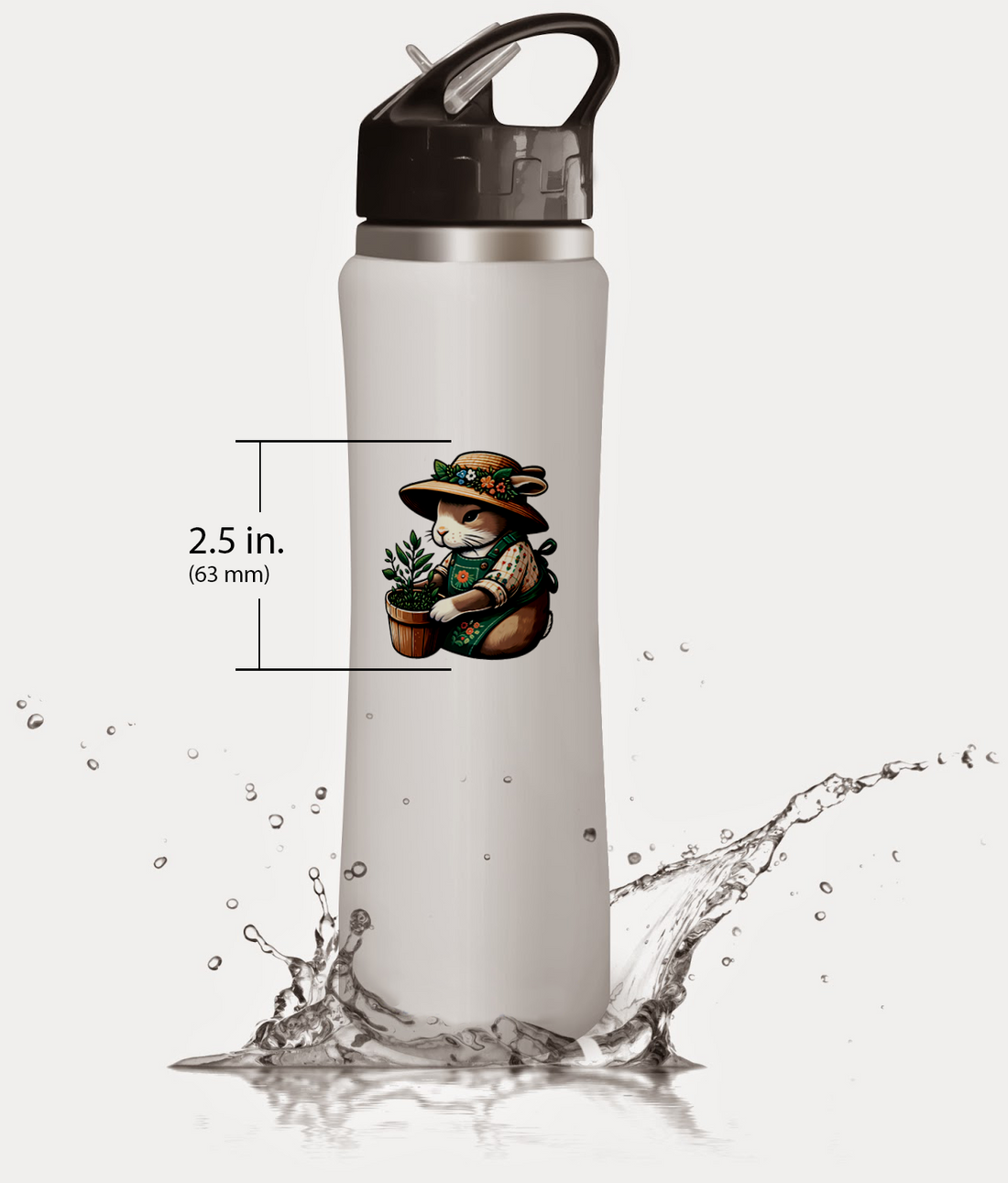
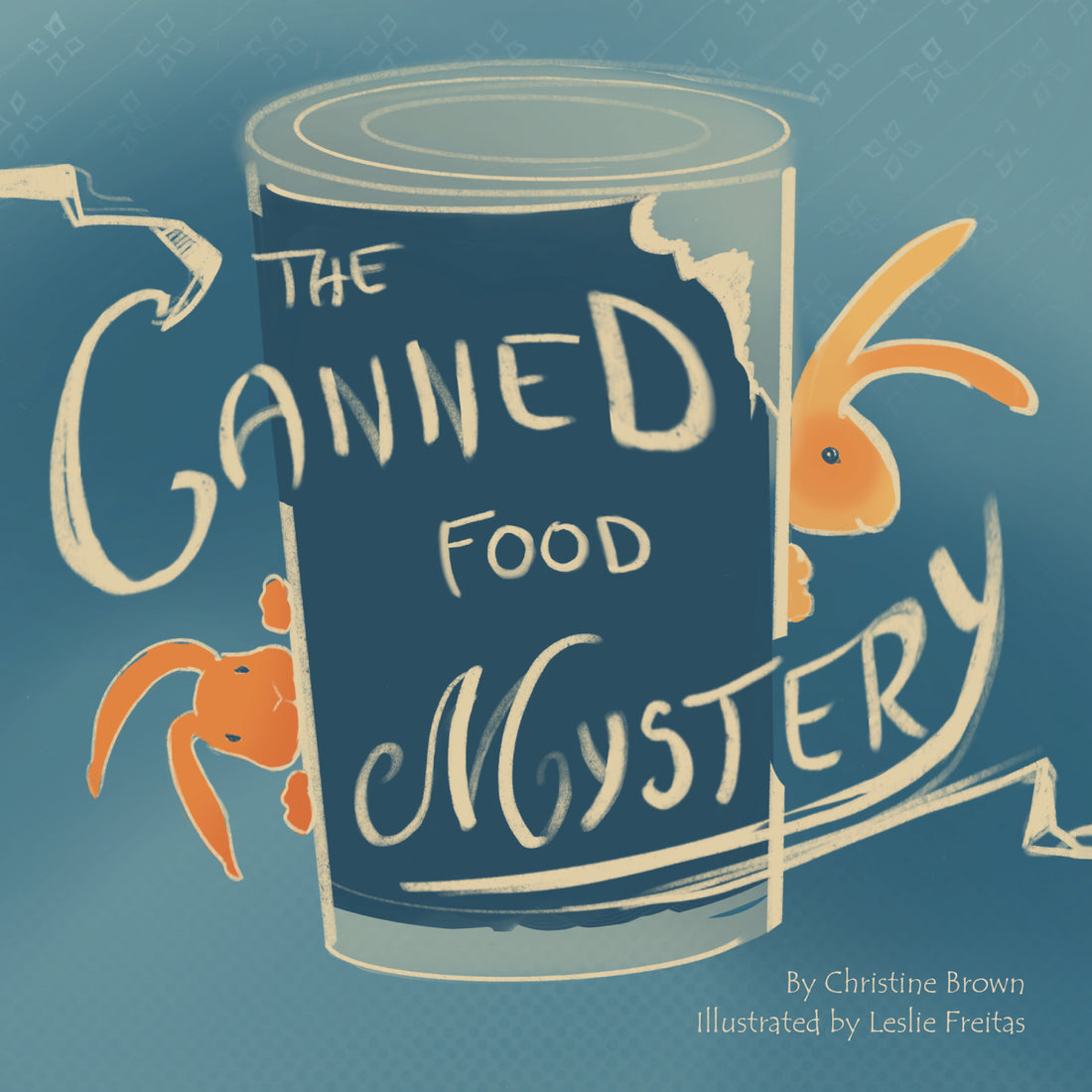
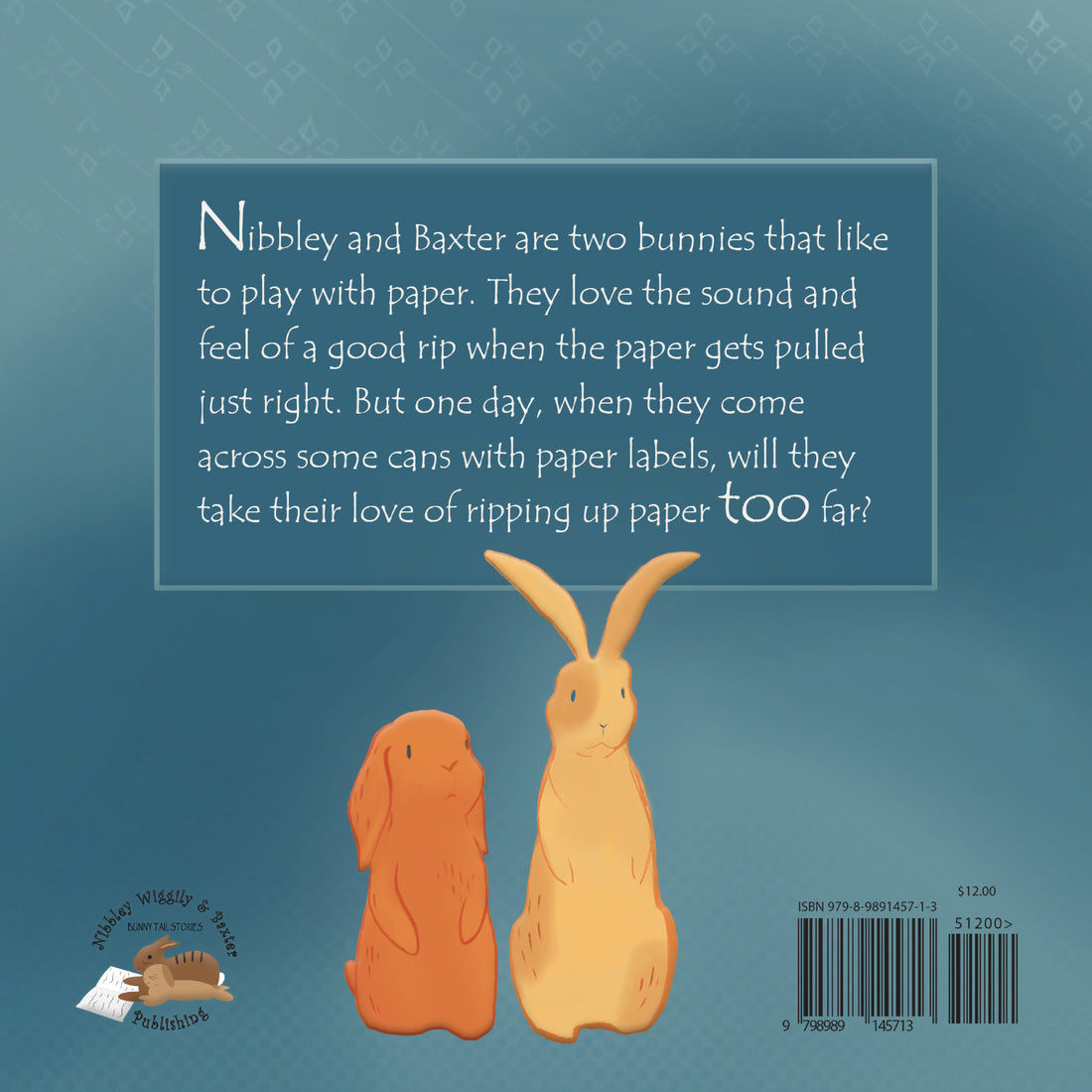
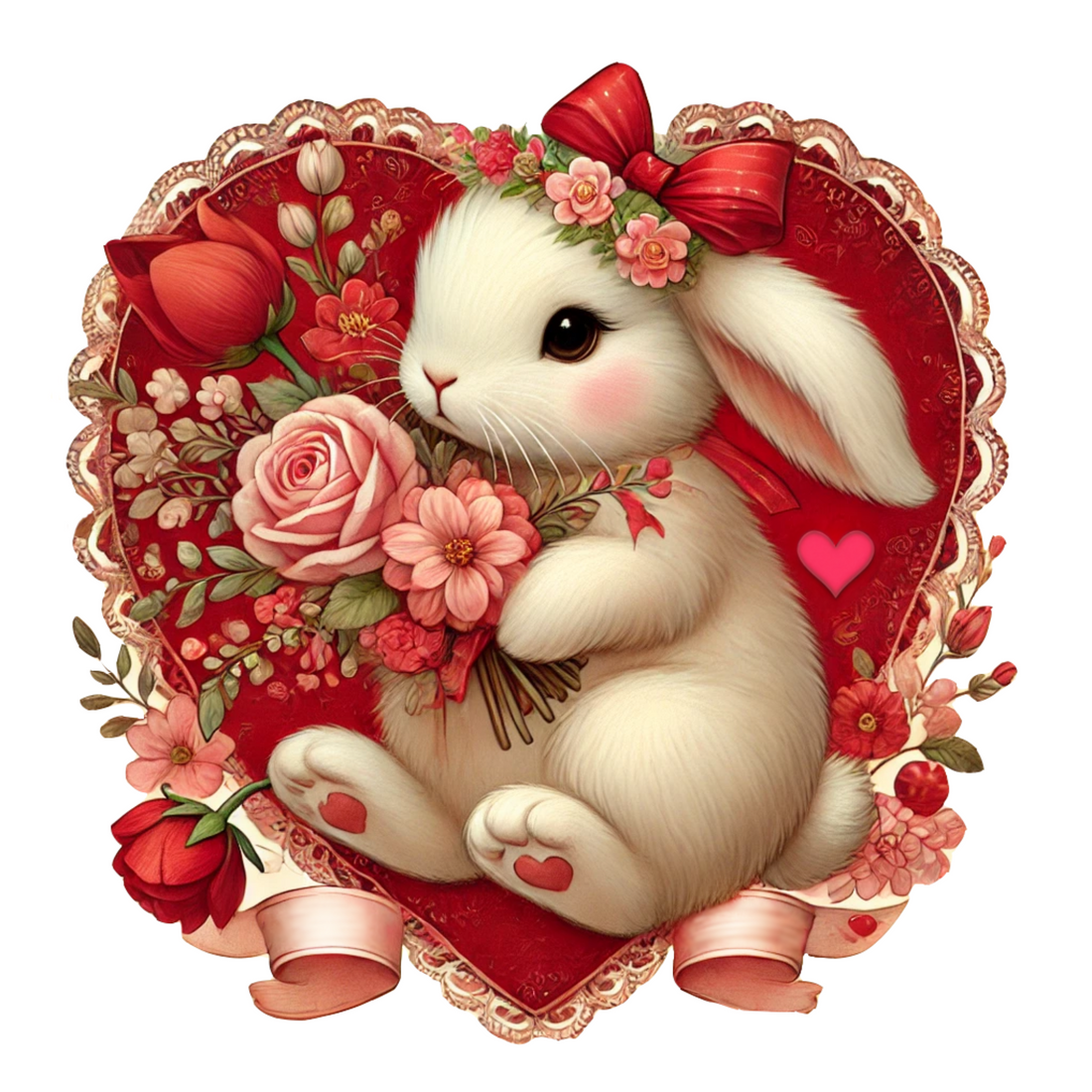
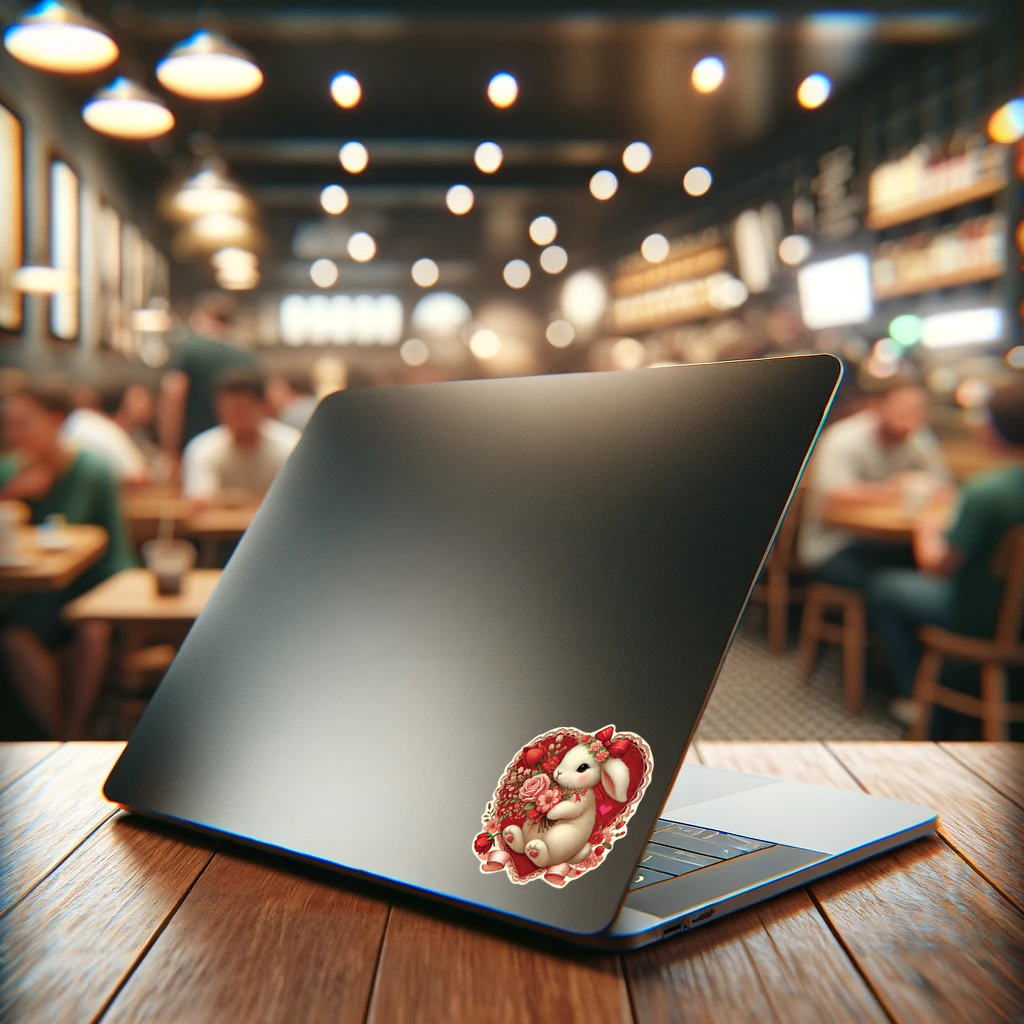
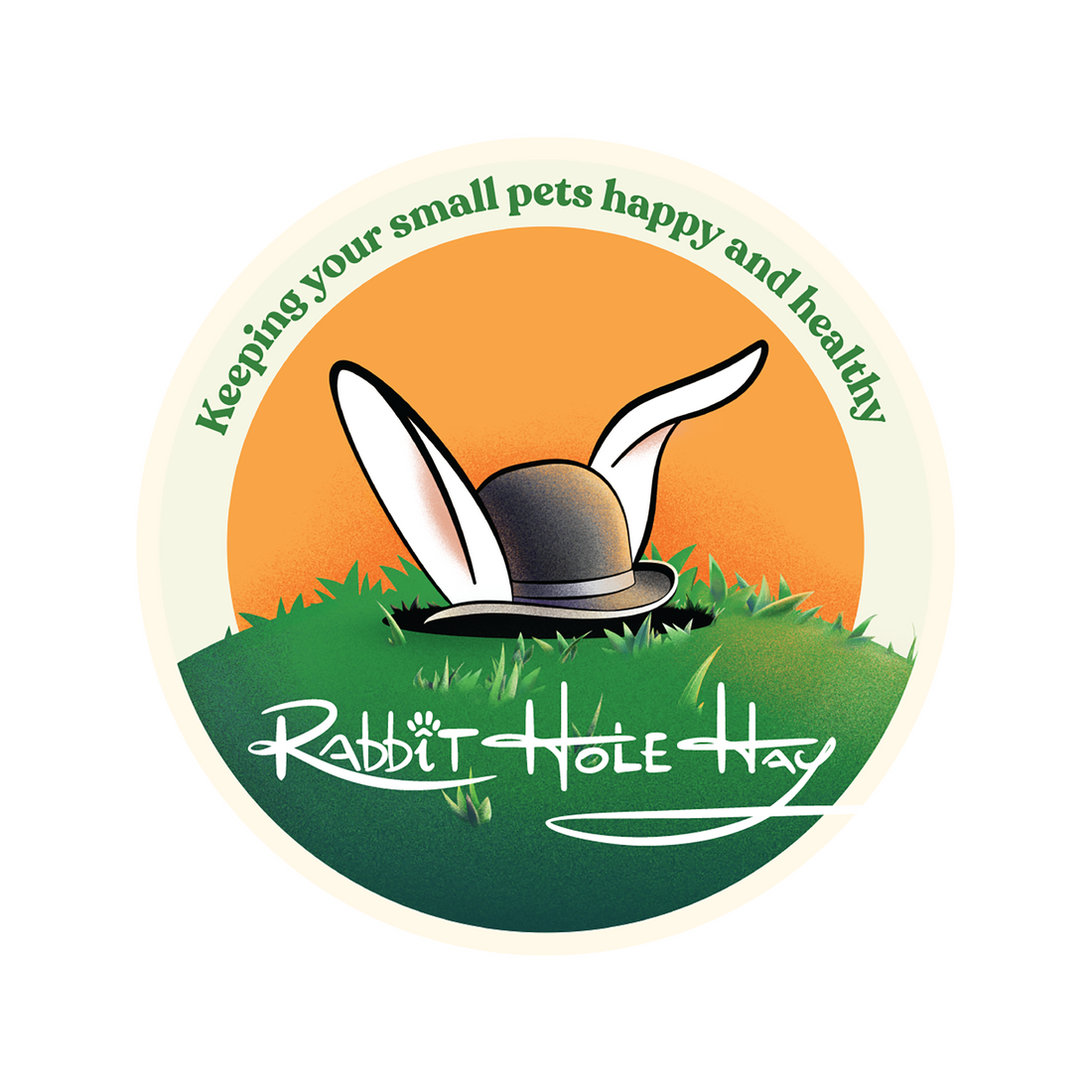
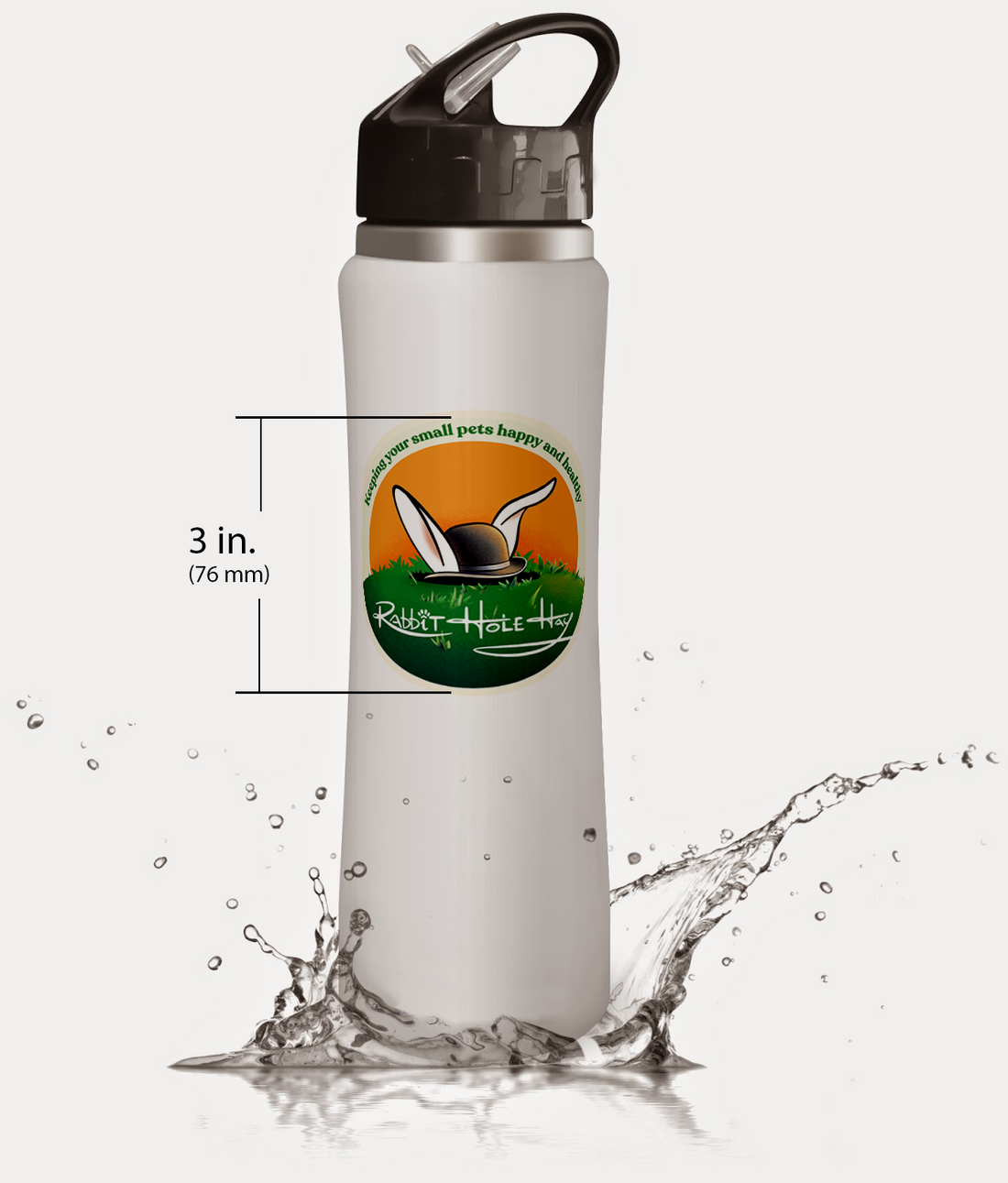


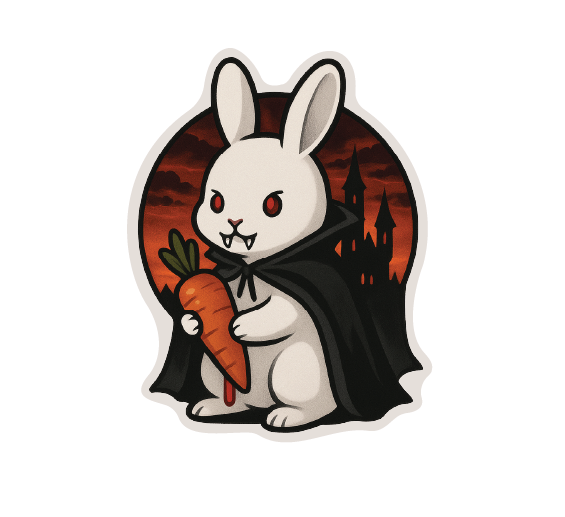

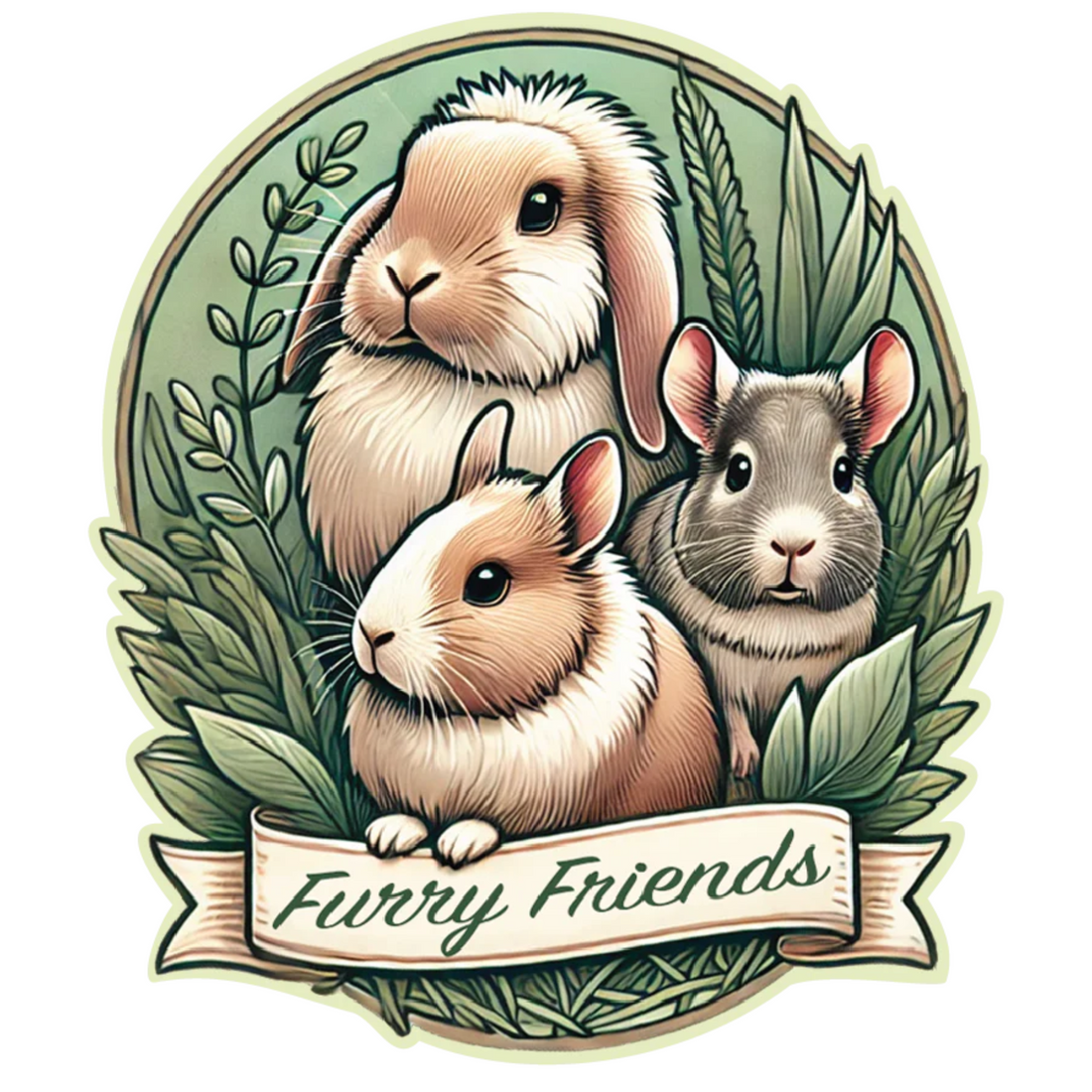
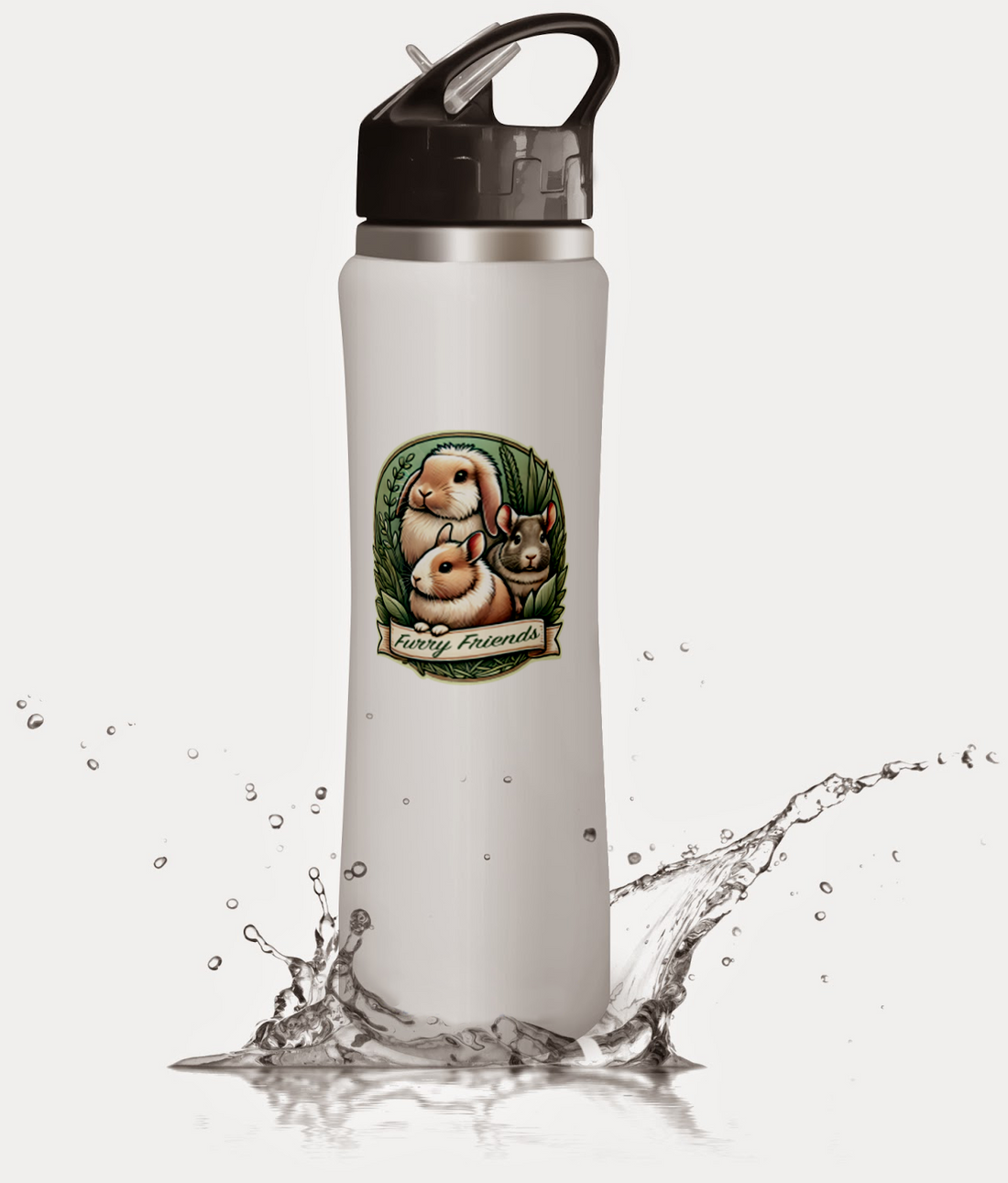
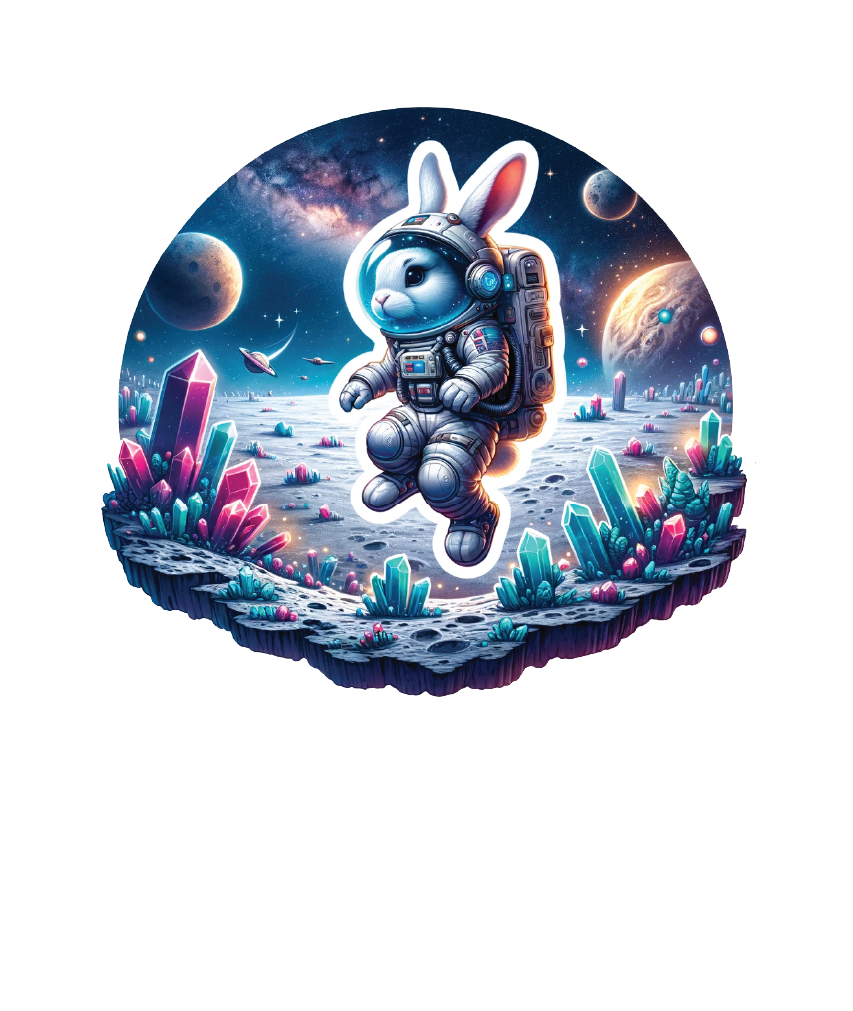
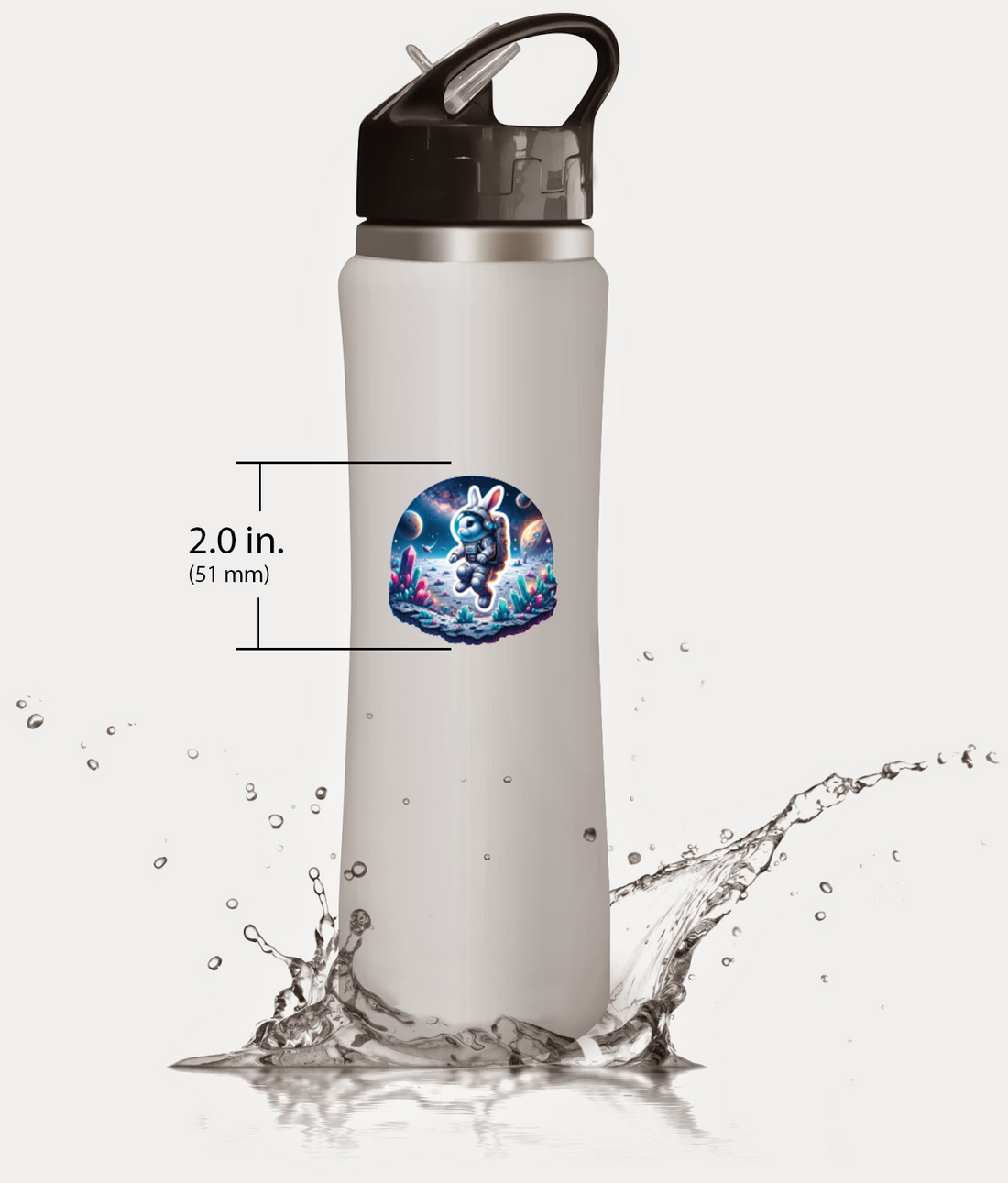
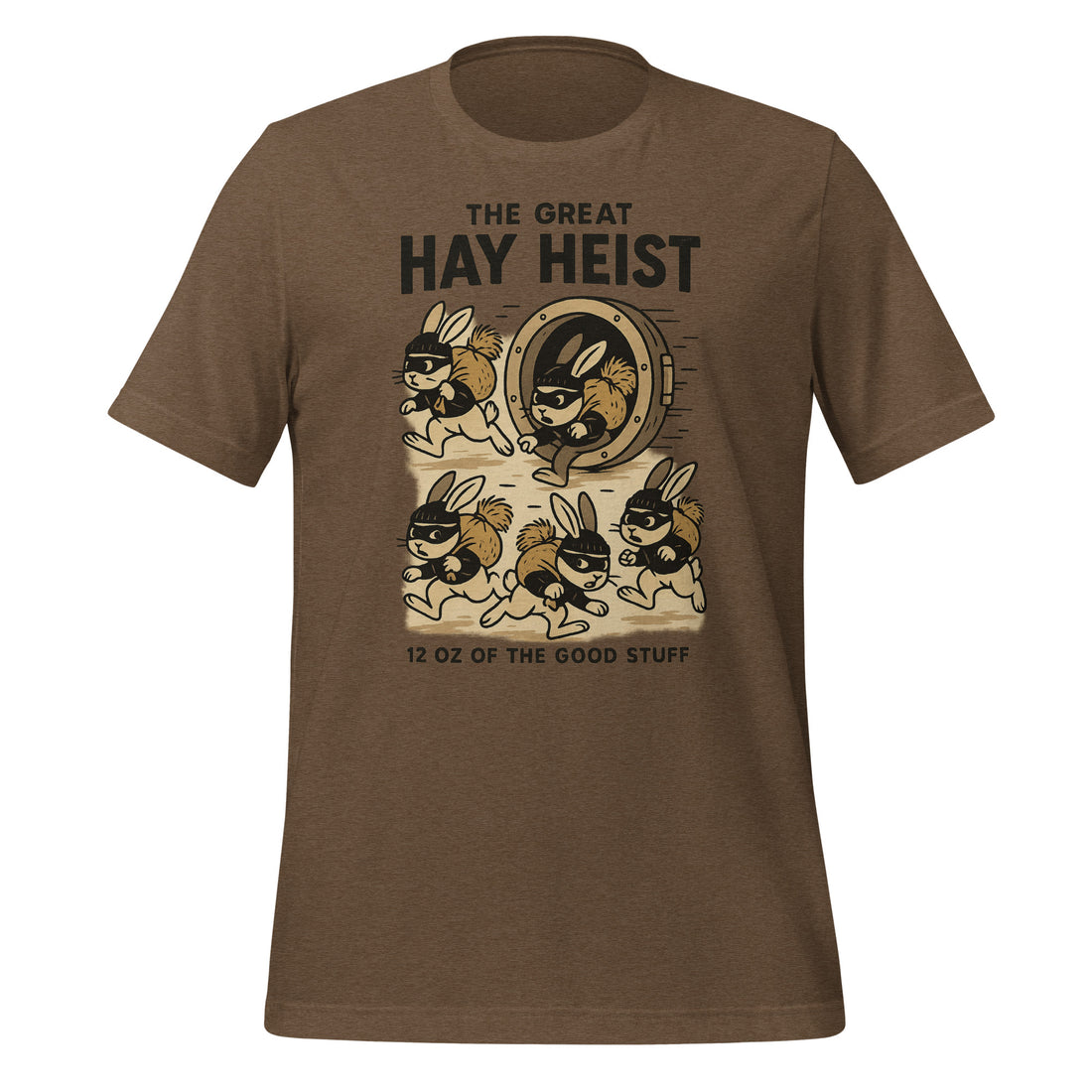

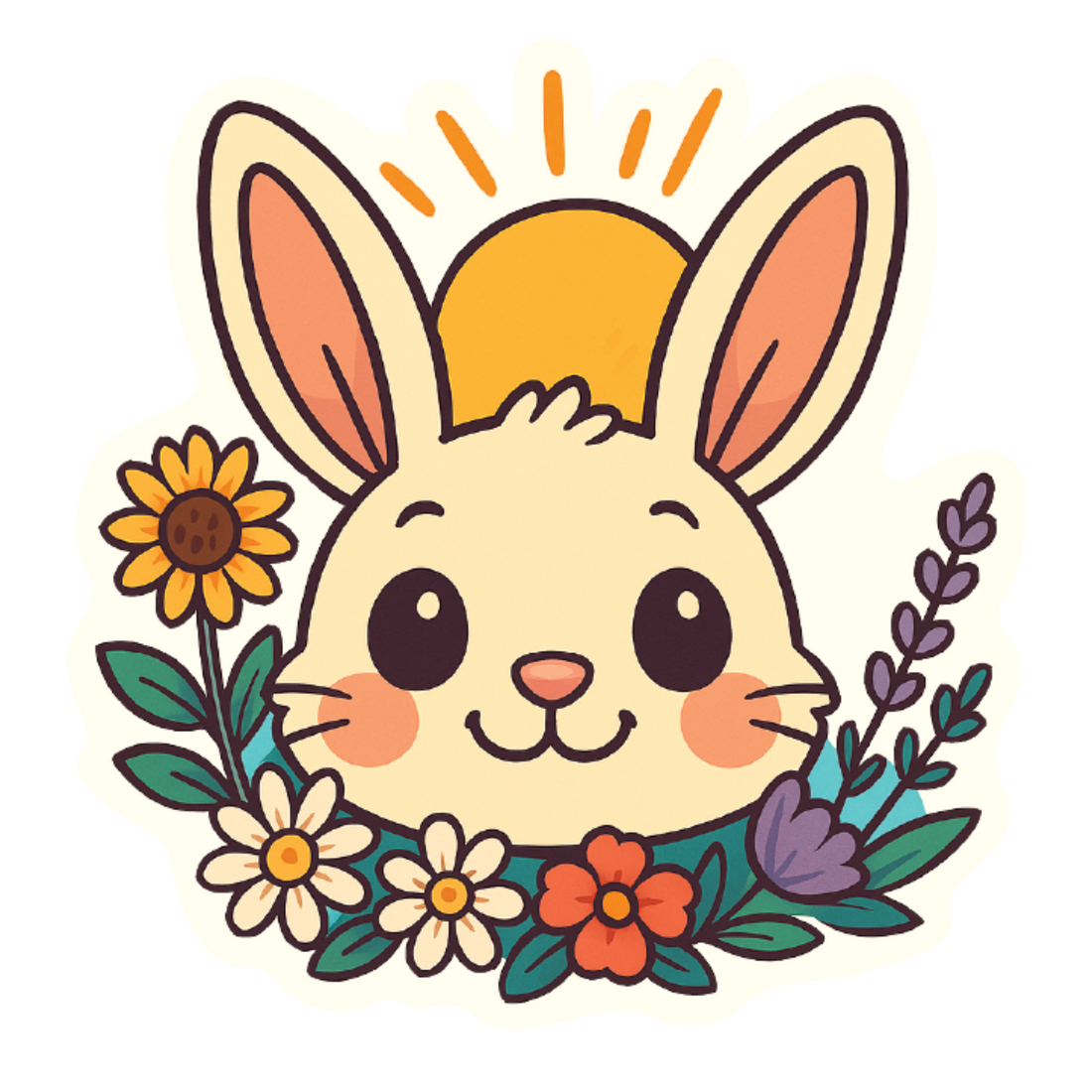
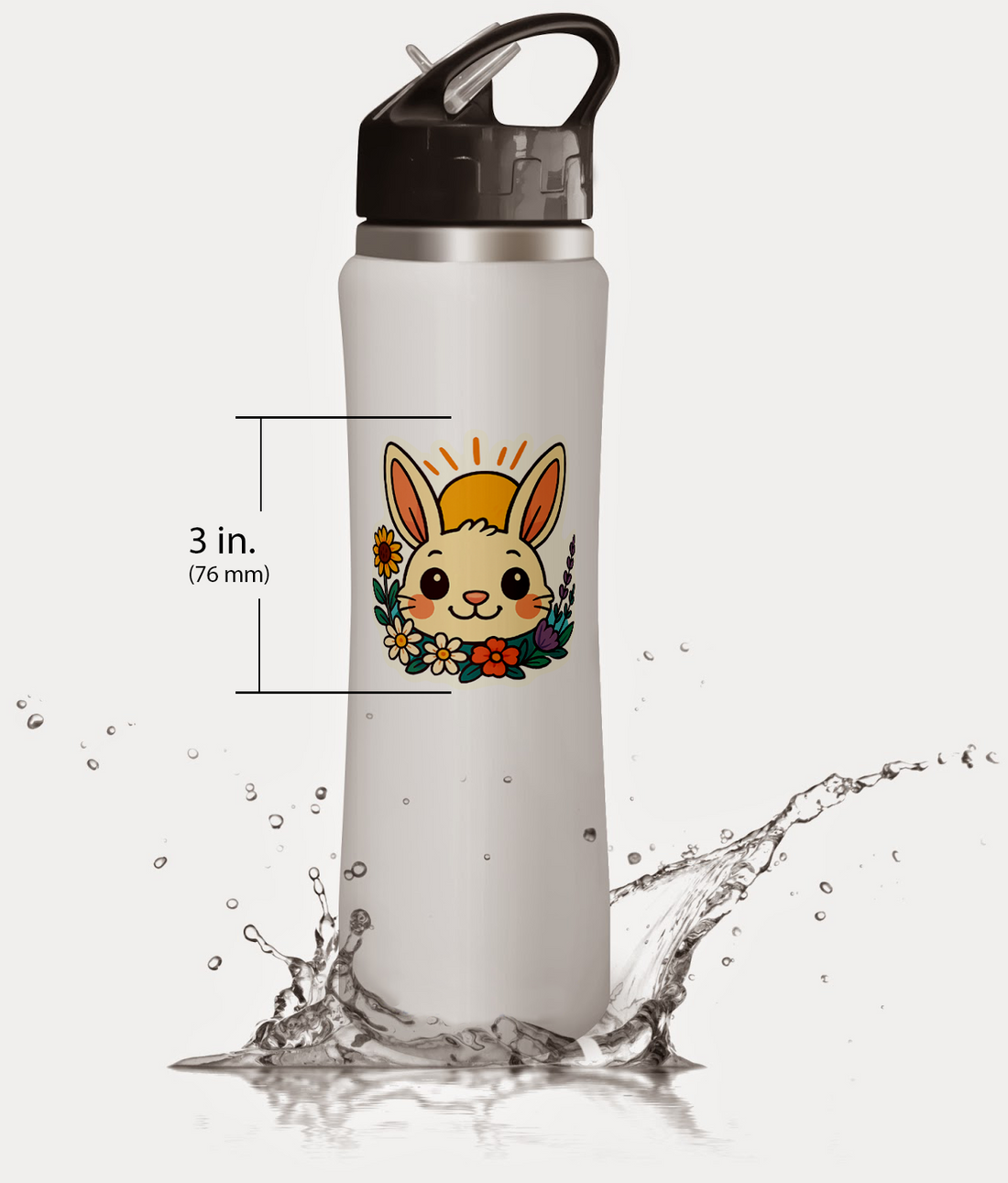
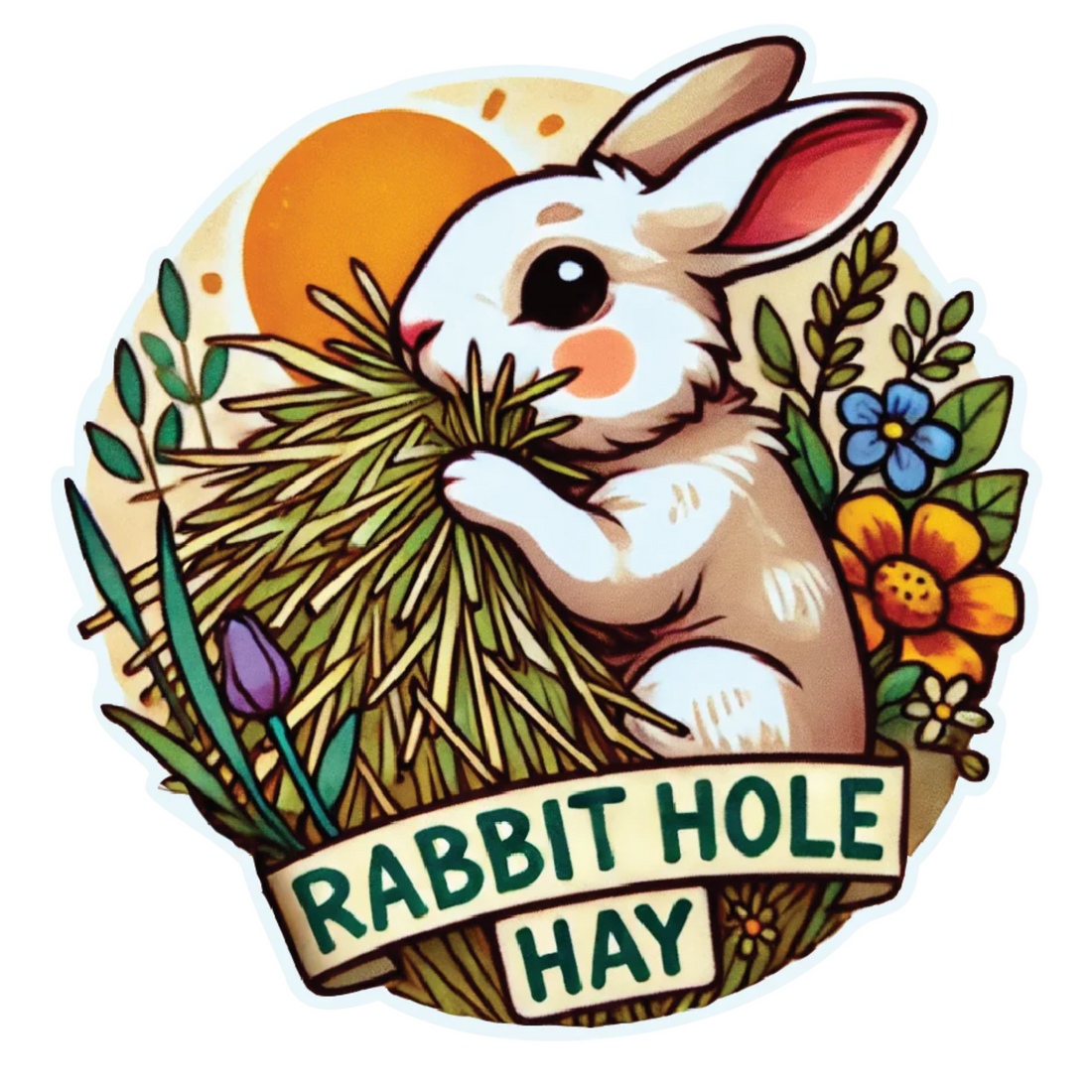
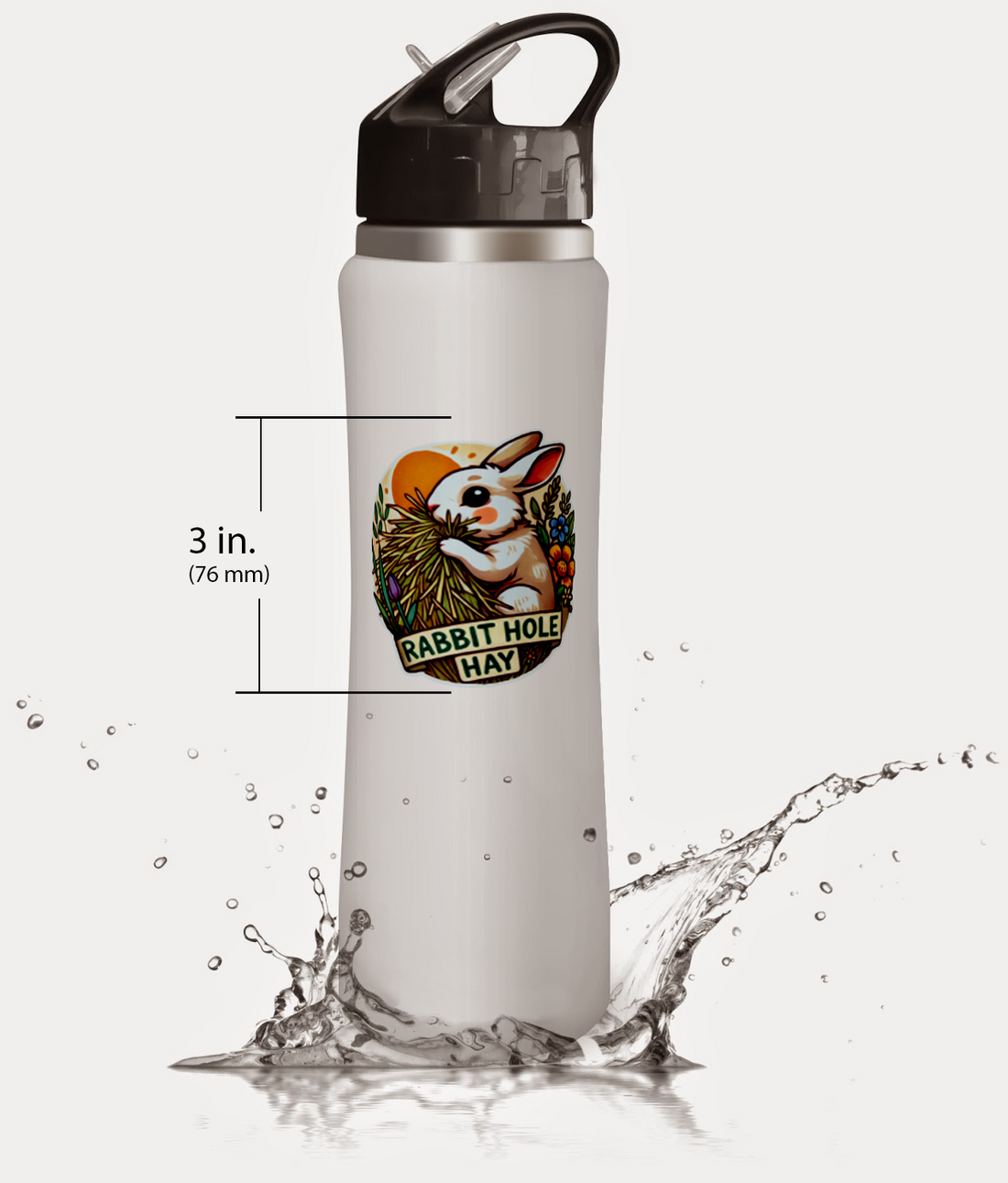
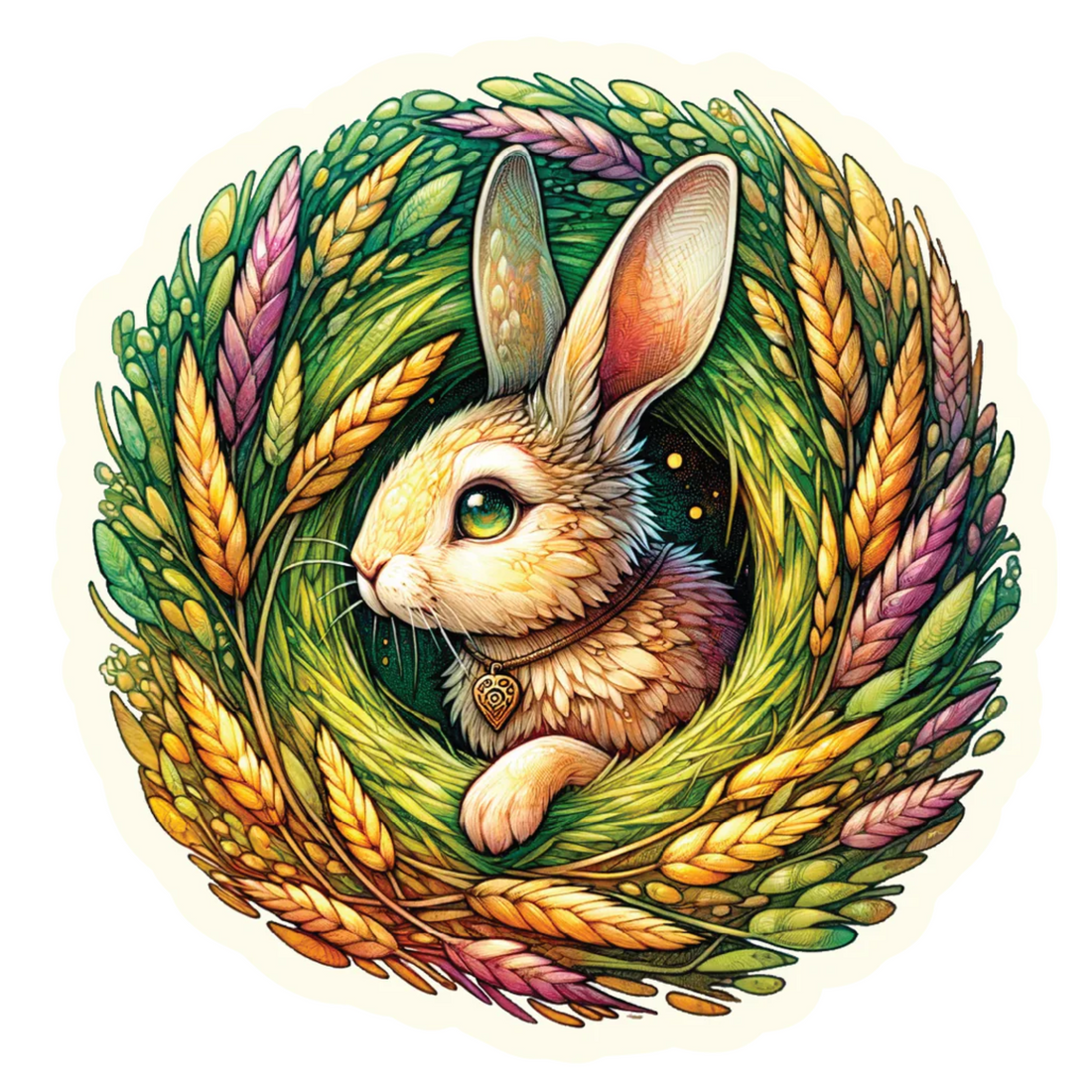

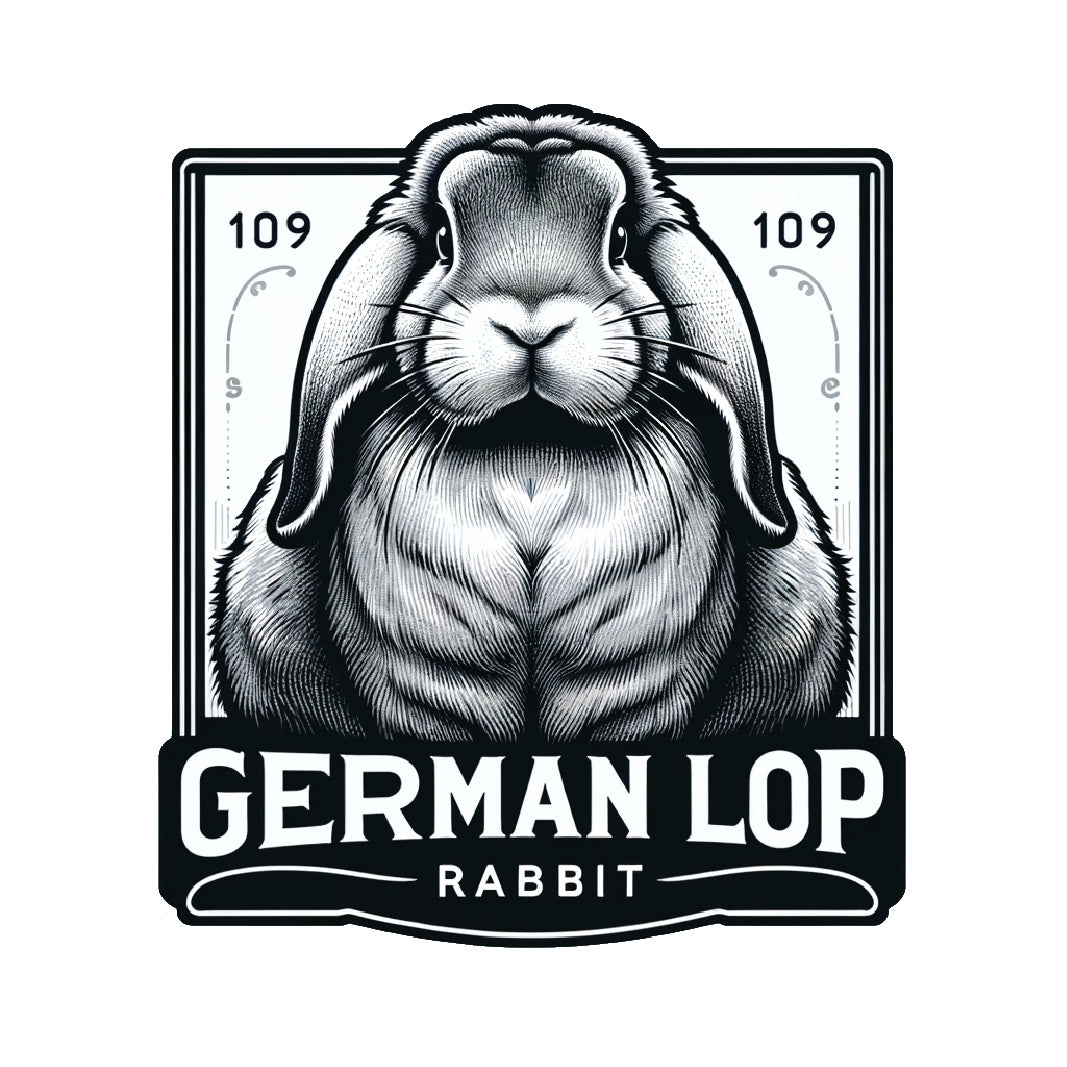
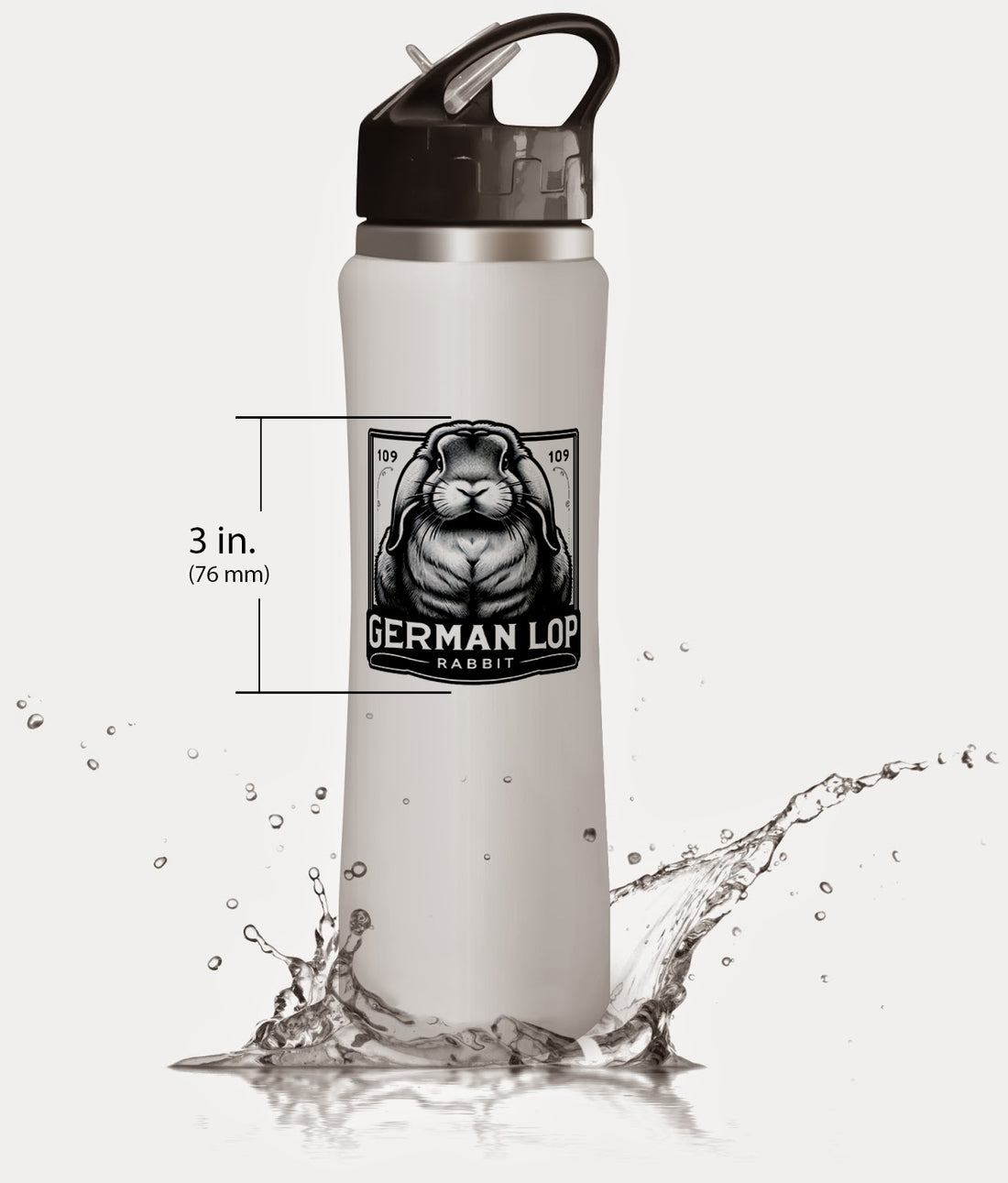
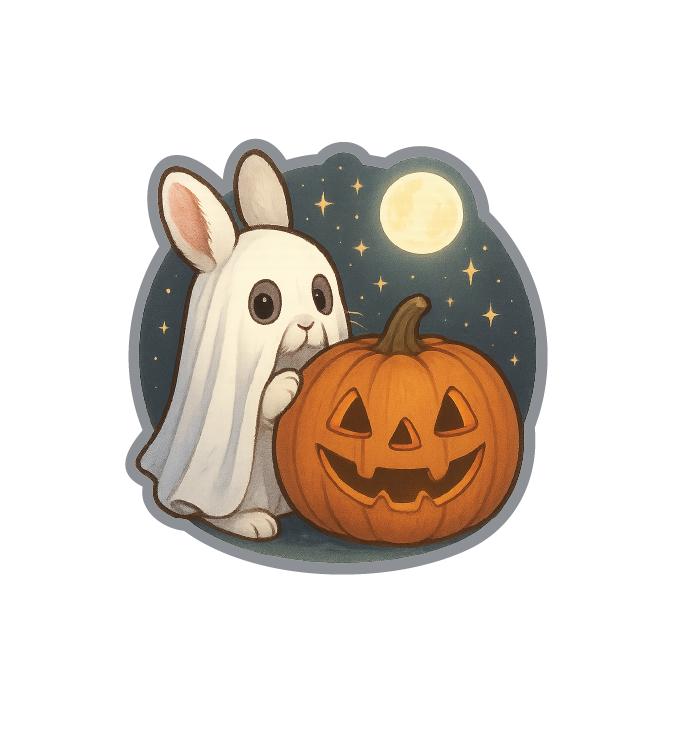
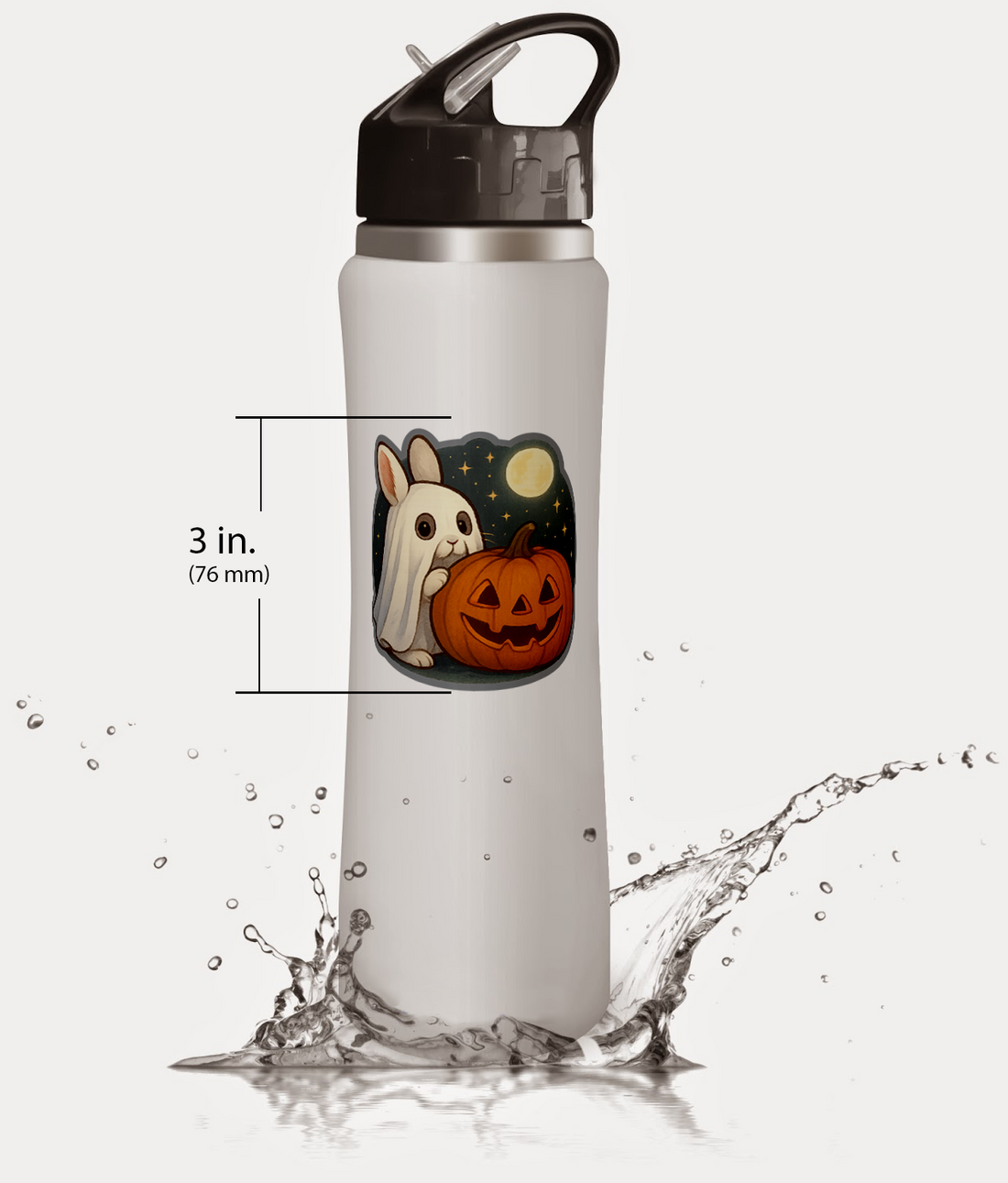
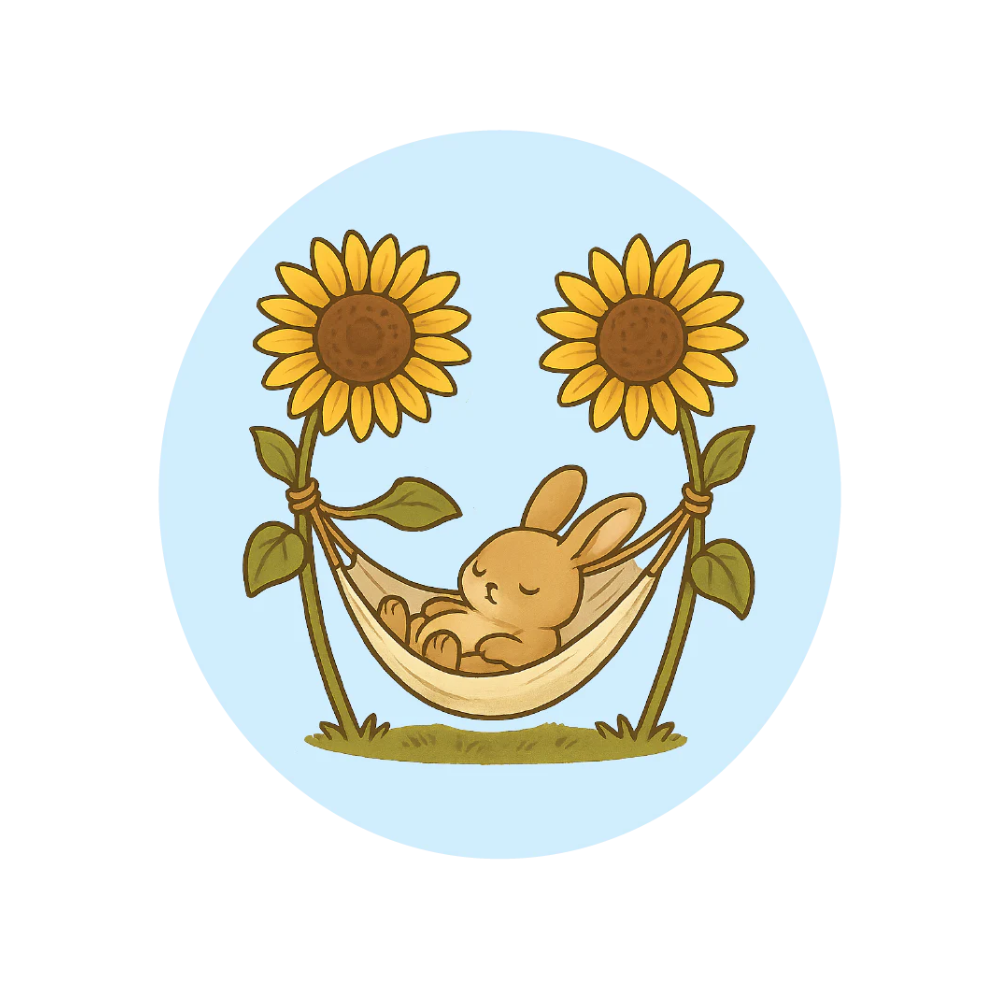
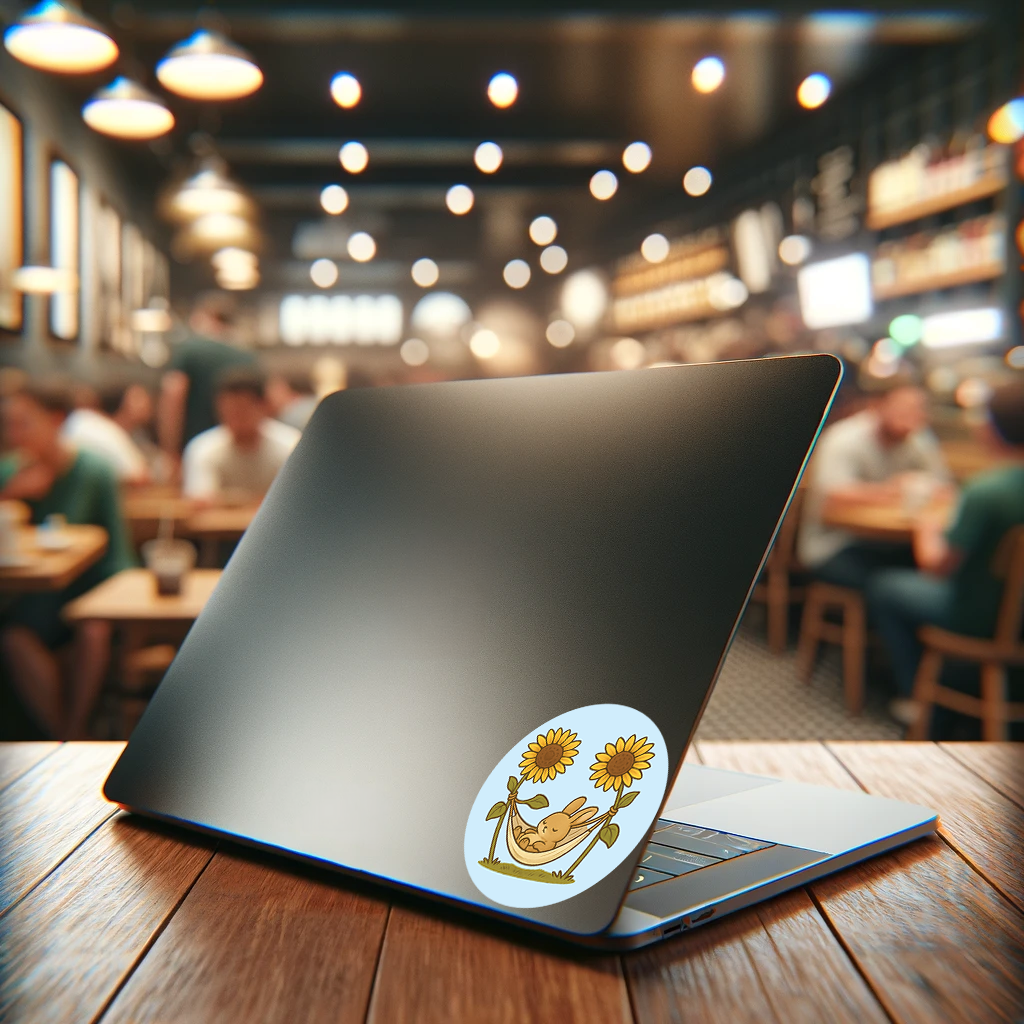
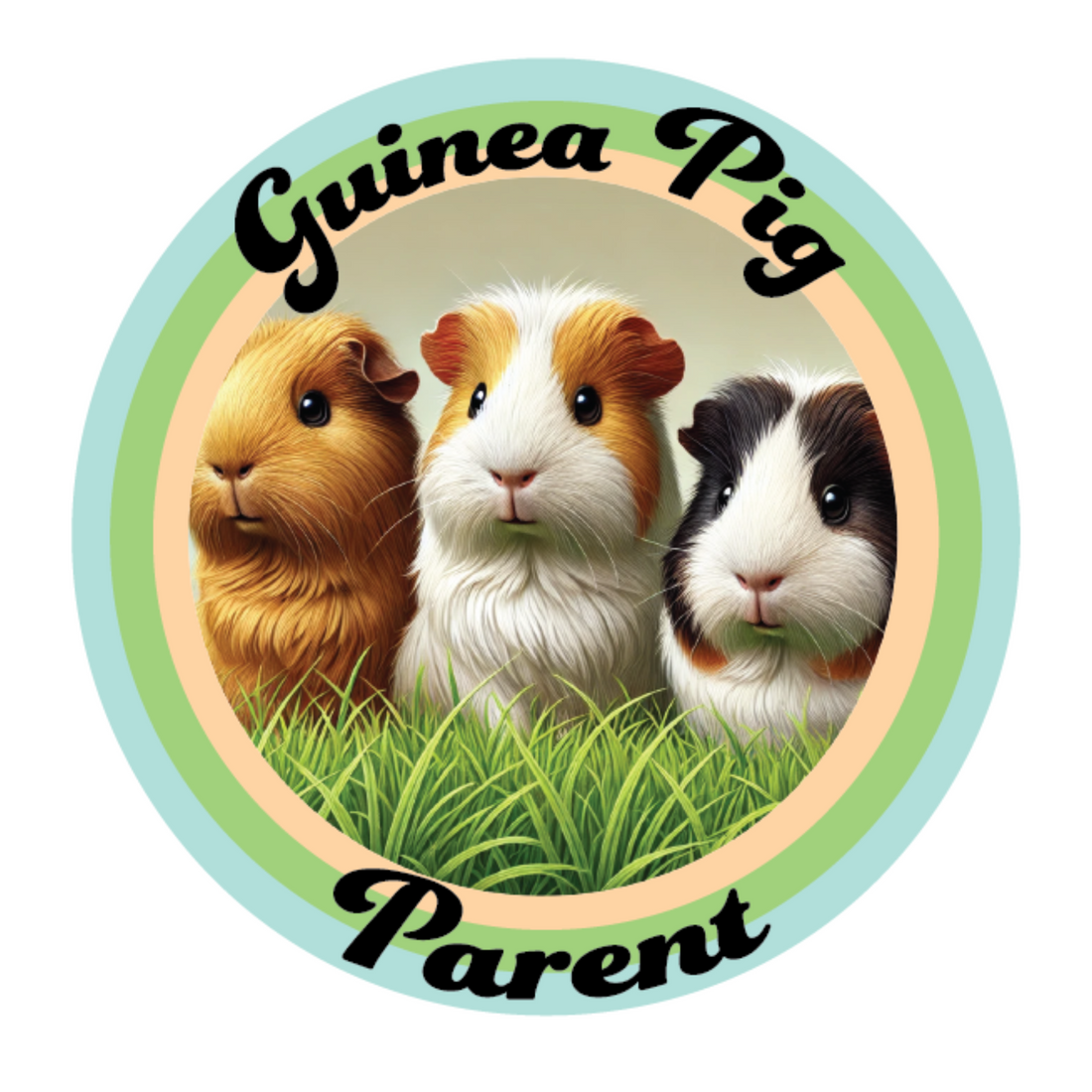


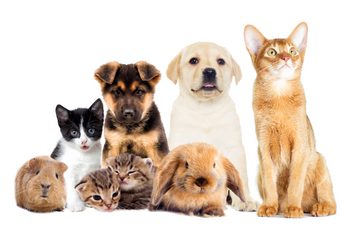
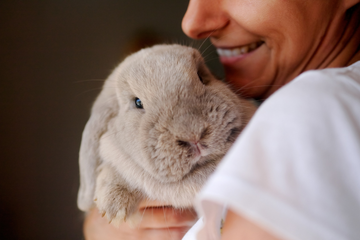
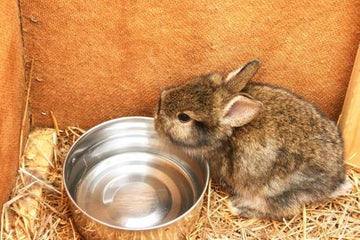
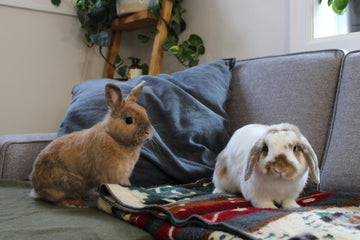


Comments